- Home
- Features
- Movies/Media
- Collectibles
- Comics/Books
-
Databases
-
Figure Database
>
-
X-Plus Toho/Daiei/Other
>
- X-Plus 30 cm Godzilla/Toho Part One
- X-Plus 30 cm Godzilla/Toho Part Two
- X-Plus Large Monster Series Godzilla/Toho Part One
- X-Plus Large Monster Series Godzilla/Toho Part Two
- X-Plus Godzilla/Toho Pre-2007
- X-Plus Godzilla/Toho Gigantic Series
- X-Plus Daiei/Pacific Rim/Other
- X-Plus Daiei/Other Pre-2009
- X-Plus Toho/Daiei DefoReal/More Part One
- X-Plus Toho/Daiei DefoReal/More Part Two
- X-Plus Godzilla/Toho Other Figure Lines
- X-Plus Classic Creatures & More
- Star Ace/X-Plus Classic Creatures & More
-
X-Plus Ultraman
>
- X-Plus Ultraman Pre-2012 Part One
- X-Plus Ultraman Pre-2012 Part Two
- X-Plus Ultraman 2012 - 2013
- X-Plus Ultraman 2014 - 2015
- X-Plus Ultraman 2016 - 2017
- X-Plus Ultraman 2018 - 2019
- X-Plus Ultraman 2020 - 2021
- X-Plus Ultraman 2022 - 2023
- X-Plus Ultraman Gigantics/DefoReals
- X-Plus Ultraman RMC
- X-Plus Ultraman RMC Plus
- X-Plus Ultraman Other Figure Lines
- X-Plus Tokusatsu
- Bandai/Tamashii >
- Banpresto
- NECA >
- Medicom Toys >
- Kaiyodo/Revoltech
- Diamond Select Toys
- Funko/Jakks/Others
- Playmates Toys
- Art Spirits
- Mezco Toyz
-
X-Plus Toho/Daiei/Other
>
- Movie Database >
- Comic/Book Database >
-
Figure Database
>
- Marketplace
- Kaiju Addicts
|
Godzilla Minus One (Japanese: ゴジラ-1.0マイナスワン, Hepburn: Gojira Mainasu Wan) is a 2023 Japanese kaiju film directed, written, and with visual effects by Takashi Yamazaki. Produced by Toho Studios and Robot Communications and distributed by Toho, it is the 37th film in the Godzilla franchise, Toho's 33rd Godzilla film, and the fifth film in the franchise's Reiwa era. The film stars Ryunosuke Kamiki, Minami Hamabe, Yuki Yamada, Munetaka Aoki, Hidetaka Yoshioka, Sakura Ando, and Kuranosuke Sasaki. In the film, postwar Japan deals with the emergence of Godzilla. After the release of his film The Great War of Archimedes (2019), Yamazaki was selected to make a Godzilla film. He subsequently wrote the script over the course of three years, taking influence from the original 1954 Godzilla film and Godzilla, Mothra and King Ghidorah (2001), Jaws (1975), and the films of Hayao Miyazaki. Yamazaki had previously depicted Godzilla in Always: Sunset on Third Street 2 (2007) and a 2021 amusement-park ride at Seibu-en. In February 2022, Robot publicized that Yamazaki was soon to begin directing a kaiju film via a casting call on their website. Filming occurred primarily in Kantō and Chūbu from March to June 2022. Shirogumi handled the visual effects at their studio in Chōfu from April 2022 to May 2023. The film premiered at the Shinjuku Toho Building on October 18, 2023, and was released in Japan on November 3, to celebrate the franchise's 70th anniversary. Toho's subsidiary Toho International later released it in North America on December 1. The film has grossed over $105 million worldwide, becoming one of the highest-grossing Japanese films of all time, and surpassing Shin Godzilla as the most successful Japanese Godzilla film. It received critical acclaim for its visual effects, direction, story, characters, and social commentary, and was compared favorably to recent Hollywood films. It has also received numerous accolades, including a leading 12 nominations at the 47th Japan Academy Film Prize (winning eight), three nominations at the 17th Asian Film Awards (winning two), and winning Best Visual Effects at the 96th Academy Awards; making it the first Godzilla film to receive an Academy Award nomination and the first Japanese film to be nominated in that category. A black-and-white version premiered in Japan on January 12, 2024, and was distributed in the United States by Toho International on January 26.
The U.S. refuses help, owing to tensions with the Soviet Union, but General Douglas MacArthur sends decommissioned Imperial Japanese Navy vessels. In May 1947, Shikishima and his minesweeper crew are tasked with stopping Godzilla's approach to Japan, in reality stalling for time for larger vessels to arrive. They release a mine into Godzilla's mouth and detonate it, doing significant damage, but it quickly regenerates. The heavy cruiser Takao then arrives and engages Godzilla but is subsequently destroyed when Godzilla unleashes its atomic "heat ray". After returning to Tokyo, Shikishima tells Noriko about the attack and his earlier encounter with Godzilla. Days later, Godzilla makes landfall in Japan, attacking Ginza, where Noriko works. Noriko narrowly avoids dying and is found by Shikishima. Type 4 Chi-To medium tanks engage Godzilla, but it fires its heat ray, which causes a nuclear explosion that obliterates Ginza, killing tens of thousands. Noriko pushes Shikishima into an alley but is caught in the blast herself and presumed dead. Devastated by the loss of Noriko, Shikishima vows revenge against Godzilla. Godzilla departs but is expected to return; the government refuses to do more to prevent another attack. One of the minesweeper's crew, former Naval engineer Kenji Noda, plans to destroy Godzilla by surrounding it with Freon tanks and rupturing them, lowering the water's buoyancy and sinking it to a depth of 1,500 meters, letting the resultant pressure crush it. Should that plan fail, balloons will be inflated under Godzilla to force it back up to the surface, killing it through explosive decompression. He has recruited private citizens, primarily former Naval members, to enact his plan. Shikishima recruits Tachibana, the mechanic he fought alongside, to repair a broken-down Kyushu J7W Shinden fighter. Shikishima plans to fly into Godzilla's mouth, then detonate an explosive charge inside the plane in an attempt to destroy the monster from the inside. He tells Noda and the others that he will only be luring Godzilla into Noda's trap. Godzilla resurfaces, and Shikishima draws it into the trap. After Godzilla is tricked into destroying two unmanned destroyers with its heat ray, the two remaining ships get close and wrap it in the buoys. Godzilla is then successfully dragged down to 1,500 meters but survives. The balloons are activated, forcing Godzilla up to 800 meters, but it survives and manages to break free. Two ships try to haul Godzilla to the surface but fail. A fleet of tugboats lend their assistance, and Godzilla is brought to the surface. Still alive and enraged, Godzilla prepares to destroy all the ships with its heat ray. Shikishima flies the explosive plane into Godzilla's mouth and remembers Tachibana imploring him to use the ejection seat, to let go of his survivor's guilt and choose to live. The plane explodes, destroying Godzilla's head and causing the energy of its heat ray to tear its body apart. The crew celebrates as Shikishima parachutes down, having chosen to live. Shikishima receives a telegram and heads to the hospital with Akiko. They are reunited with Noriko, who survived the destruction but has a black mark creeping up her neck. Meanwhile, a chunk of Godzilla's flesh sinks into the ocean and begins to regenerate. Cast
Production Crew
Development After the release of Toho's 2016 reboot Shin Godzilla, co-director Shinji Higuchi stated at the American fan convention G-Fest that Toho would not be able to produce another Godzilla film until after 2020; this was due to their contract with Legendary Pictures, who were producing their own Godzilla films, that forbade Toho from releasing their potential Godzilla films in the same year as Legendary's films. In 2018, Toho executive Keiji Ota revealed that Shin Godzilla would not receive a sequel and expressed interest in a potential shared universe Godzilla series akin to the Marvel Cinematic Universe. In 2019, following the release of his film The Great War of Archimedes, renowned filmmaker Takashi Yamazaki was appointed to make a Godzilla film. He began preparing the project and initially spent one year developing the script. However, the COVID-19 pandemic forced the crew to postpone filming for a few years, leading to the script being rewritten several times over the course of three years. Godzilla Minus One is Yamazaki's third time working on a production utilizing Godzilla. His first is Always: Sunset on Third Street 2 (2007) which features the monster in a dream-like opening. During preproduction on Minus One, he also directed and created the effects for Seibu-en Amusement Park's motion simulator attraction Godzilla the Ride: Giant Monsters Ultimate Battle (2021). On February 18, 2022, Robot Communications announced the film, with the working title Blockbuster Monster Movie (超大作怪獣映画, Chōtaisaku Kaijū Eiga), via a casting call on their official website. Robot stated Yamazaki would direct and that the film would be presented by Toho. The next day, HuffPost writer Kenji Ando mentioned the conjecture from fans on social media whether the film would be a remake of the 1954 film. Ando also noted that it is a period piece set in postwar Japan between 1945 and 1947, citing Yamazaki's comments from an interview regarding his depiction of Godzilla in Always: Sunset on Third Street 2: "You can't have Godzilla unless it's the Shōwa era." Toho declared that Yamazaki's unnamed kaiju project is a Godzilla film on November 3, 2022, at an event celebrating the franchise's 68th anniversary known as "Godzilla Day". The company also revealed that the film had completed filming and had entered post-production with a targeted release date of November 3, 2023. Yamazaki was named the film's writer and visual effects supervisor. During a press conference on December 13, 2022, Toho's head of planning Hisashi Usui implied that the new film is connected to the 1954 film. Following the announcement, Yamazaki regaled his pitch and vision for the film: "Postwar Japan has lost everything. The film depicts an existence that gives unprecedented despair. The title Godzilla Minus One was created with this in mind. In order to depict this, the staff and I have worked together to create a setting where Godzilla looks as if "fear" itself is walking toward us, and where despair is piled on top of despair. I think this is the culmination of all the films I have made to date, and one that deserves to be "experienced" rather than "watched" in the theater. I hope you will experience the most terrifying Godzilla in the best possible environment." Writing Yamazaki said that the worldwide anxiety and government unreliability during the pandemic was one of his major inspirations for the story and that he hopes these events are reflected clearly. Yamazaki later revealed that he was heavily influenced by Shusuke Kaneko's Godzilla, Mothra and King Ghidorah: Giant Monsters All-Out Attack (2001)—which he has cited as his favorite Godzilla film—while writing the screenplay for Godzilla Minus One. At its screening, he reflected in a discussion with Kaneko: "I had forgotten the contents of GMK for a while, but it seems like I self-consciously thought about it when writing the scenario for -1.0. Without realizing it, I was under considerable influence". Yamazaki has stated that Godzilla Minus One was inspired by the original 1954 Godzilla film, Steven Spielberg's Jaws (1975), and the films of Hayao Miyazaki. Godzilla (2014) director Gareth Edwards identified Spielberg's films Close Encounters of the Third Kind (1977) and Jurassic Park (1993), and Christopher Nolan's Dunkirk (2017) as other evident influences on the film. Regarding writing the film's ending, Yamazaki felt that "It's more cinematic if it doesn't end neatly and properly" and remarked, "It's not just so a sequel can be made, it's also so the characters are kept alive in the hearts of the audience." A novelization of the film written by Yamazaki was published in Japan by Shueisha on November 8, 2023. Design The design of Godzilla in Minus One is a variation of the one in Godzilla the Ride. Inspired by the Godzilla, Mothra and King Ghidorah: Giant Monsters All-Out Attack design, Yamazaki initially envisioned his design having "half-moon shaped eyes", but modeling head Kosuke Taguchi gave it "almond-shaped" ones instead, with the final design having "golden, almond-shaped eyes". Yamazaki also elaborate that since the crew created this Godzilla in digital form: "it allowed for much more detail than what was possible with any type of handcrafted version. So we were able to increase the resolution of the scales, for example, and make them feel really, really sharp and give it this aggressive texture. And in terms of the bottom half of Godzilla, we made it feel very heavy and dense in a way that made the viewer feel like this mountain and triangular silhouette was walking and moving through a space So imagine the [Imperial] Star Destroyer from Star Wars." Yamazaki attempted to make this Godzilla the most horrifying version yet. The crew designed Godzilla to be ferocious, violent, and dynamic, with a static, god-like aspect. Its dorsal fins were made more "spiky and ferocious" than the incarnation in Godzilla the Ride, as if its regenerative energy had become disorderly. Yamazaki stated that the team also tried to make Godzilla the "deadliest in history" adding that it is "discerning today, experiencing the freshness and fear felt by audiences at the time". Casting During preproduction, producer Minami Ichikawa offered Ryunosuke Kamiki and Minami Hamabe to play the film's leads, Kōichi Shikishima and Noriko Ōishi, prior to them playing similar roles in the NHK drama series Ranman (2023). According to Yamazaki, the media criticized this casting, believing it would be too similar to their roles in Ranman, when announced the two would star in the film at a press conference on September 4, 2023. Yamazaki also revealed that he cast Kuranosuke Sasaki as Captain Yōji Akitsu because of his performances in Asadora such as Hiyokko (2017), which had a major influence on him. Yamazaki sought to cast talented individuals who were able to give convincing performances of people living during the Shōwa period and could making Godzilla's presence in the film seem more realistic. His casting decisions were influenced little by the previous Godzilla films, since this movie was about the lives of ordinary Japanese in the 1940s rather than politicians, bureaucrats, scientists, and the Self-Defense Forces. The reason for this was that Yamazaki wanted audiences to empathize with and connect with the characters despite the post-war setting. Ōishi and Shikishima's adopted daughter Akiko was originally planned to be a boy. After meeting two-year-old child actress Sae Nagatani, however, Yamazaki decided to change this in order for her to play the role. When questioned how he managed to get Nagatani to cry for some scenes, the director responded "I found a genius". Filming Principal photography took place on location in the Kantō and Chūbu (in the Aichi and Nagano prefectures) regions of Honshu, starting on March 17, 2022, and wrapping circa June 11. According to Robot's website, the film would be set between 1945 and 1947, so there would be restrictions on the extras' costume sizes, hairstyles (declaring that long-haired men must have perms), and hair colors (declaring that hair dyeing would not be allowed). The film's maritime sequences were filmed at Lake Hamana and in the Enshū Sea. Between April and June 2022, several community businesses near the Tenryū River helped the crew modify and maintain boats to shoot navy scenes in Enshū. Another shooting location was Okaya, Nagano. During production, scenes featuring the Kyushu J7W Shinden were partly realised through the construction of a 1:1 scale replica of the aircraft, of which only a single example exists and is located outside Japan in the collection of the National Air and Space Museum in Washington, D.C.. Following the completion of shooting, the replica was transported to and put on display at the Tachiarai Peace Memorial Museum in Chikuzen, Fukuoka in July 2022. Toho donated the replica under anonymity, only revealing their involvement in the construction of the model after Minus One released. Visual effects All 610 of the film's visual effect shots were handled by a crew of 35 artists at Shirogumi's Chōfu studio, under the supervision of Yamazaki and direction of Kiyoko Shibuya. The team began creating the effects for Godzilla Minus One around April 2022, per the TV Shinshu special about Yamazaki that was released the following year. Shirogumi revealed by opening a recruitment call for visual effects designers and compositors in August 2022, that post-production had begun and visual effects were taking place from that same month until January 2023; they later changed the dates to between November 2022 and February 2023. Their website named the 3D animation software Houdini and Maya for design and Nuke for compositing. Post-production concluded in late May 2023, after the visual effects were finished. The team strived creating the ocean sequences for the film, especially Godzilla's destruction scene. Yamazaki reflected that "It put a huge strain on all of our rendering engines, so we created so much data in the process that when we added it all up it was easily over a petabyte. In the end, we erased the data from the scene where it was done, and made it while opening the hard disk." Yamazaki admitted to Shinji Higuchi, co-director and effects director of Shin Godzilla, that the film's destruction sequences and on-screen deaths were inspired by the Shibuya sequence in Gamera 3: Revenge of Iris; Higuchi had also directed that film's effects. Some of the characters present on-screen during Godzilla's rampage were created using Houdini; around 60 extras were 3D scanned to be replaced by a digital duplicate. Music and sound effects Yamazaki's frequent collaborator Naoki Satō scored the film. Rambling Records released Godzilla Minus One Original Soundtrack, on CD in Japan on October 28, 2023, with a limited edition vinyl following on November 24. On January 19, 2024, Toho announced that Waxwork Records is set to release the score on vinyl, with pre-ordering starting that same day. When composing the score, Satō took inspiration from Studio Ghibli's anime movies for the poignant scenes and the music of Akira Ifukube to accentuate the kaiju sequences. Stock tracks composed by Ifukube for Godzilla (1954), King Kong vs. Godzilla (1962) and Mothra vs. Godzilla (1964) were also used for some scenes. Natsuko Inoue handled the sound effects. She felt it was her mission to recreate the original Godzilla's roar using a modern sound system. Having tried many methods to keep the sound intact, Inoue decided that it wasn't strong enough, so she opted to record outdoors and use the echoes to enhance it. She decided to play the roar at the ZOZO Marine Stadium to create the fresh sound effect she desired, believing it was the only stadium that could meet the requirements they needed as it had huge speakers, no ceiling, was spacious, and was slightly sloped. Reminiscing on enhancing the roar at the stadium, Inoue said "I'll never forget the emotion I felt when I played it from the biggest speaker behind the electronic bulletin board"; Yamazaki recalled "I felt a shiver in the pit of my stomach when I thought that people who actually saw Godzilla would hear this sound." Producer Gō Abe stated that sound effects from the Ichibata Dehani 50 series were utilized for the scene where Godzilla attacks a 63 series train, as the crew sought to enhance the postwar setting through practical sounds. Marketing On June 12, 2023, the film's Twitter account began a daily countdown for all of Toho's live-action Godzilla films, starting with its previous live-action film Shin Godzilla. On July 11, Toho lifted the embargo on its secret kaiju film project, which was revealed as Godzilla Minus One. The film was announced with a teaser trailer, poster (which was primarily designed by Yamazaki), and release dates for Japan and the United States. Merchandise for the film was unveiled the next day with a full-body shot of Godzilla. On July 13, Tamashii unveiled its Godzilla toy for its S.H. MonsterArts line; the toy was sculpted by Yuki Sakai under Yamazaki's supervision and based on 3D data from the film. A series of pre-release products and an exhibit promoting the film was at the exhibition "The Visual World-crafting of YAMAZAKI Takashi, Film Director" in Yamazaki's hometown of Matsumoto in Nagano Prefecture, from July 15 to October 29. A 2-meter tall Godzilla statue was exhibited at the 2023 Summer Wonder Festival on July 30. At the request of Toho, Hiroaki Fukushi spent roughly one month creating a statue of Godzilla, dubbed "Godzilla Neputa", to promote the film at the Aomori Nebuta Matsuri from August 4 to 8. Two days after releasing a new teaser, Toho released its official trailer alongside the theatrical release poster, central cast and staff members on September 4. On September 14, 15 shots and a visual of Godzilla from the film were released; ticket sales (via Mubichike Online) and flyers for its November 3 release were released the following day. The trailer accumulating over 9 million views on YouTube. During a press conference on September 25, Hamamatsu, the city bordering Lake Hamana (where some scenes in the film were shot), announced that it would promote the film to make the location a tourist attraction by preparing for "location cruising" at the lake in late October. On October 7, behind-the-scenes footage of the making of Godzilla Minus One was broadcast on Channel 4 of TV Shinshu, as part of a television special on Yamazaki, which was narrated by Hidetaka Yoshioka. Toho declared on October 16 that Godzilla Minus One would be the first Japanese movie screened in the 270-degree panoramic film format ScreenX. On October 18, Yamazaki and the film's stars attended its red carpet premiere along Godzilla Street in Kabukichō, Shinjuku; the red carpet was 50.1 meters in length, which is the fictitious height of Godzilla in Godzilla Minus One. Television stations across Japan began airing a television special on Godzilla Minus One in late October. It features interviews with Yamazaki, Kamiki, and Hamabe, and behind-the-scenes footage. On October 23, Yamazaki, Kamiki, and Hamabe attended the red carpet at the opening of the 36th Tokyo International Film Festival. To promote the film in Japan, soft drink manufacture Cheerio released a new Chūhai drink called the "Godzilla Energy Chu-hi" on November 6. Selected screenings On August 24, it was announced that, as a prelude to the release of Godzilla Minus One, Yamazaki had selected "4 Godzilla Works" for screenings in September and October. An accompanying "talk show" took place before each screening, with Shin Godzilla and Shin Ultraman (2022) director Shinji Higuchi serving as the guest for the screening of the original 1954 Godzilla film, and suitmaker Keizō Murase serving as the guest for the screening of Ghidorah, the Three-Headed Monster (1964). The third and fourth Godzilla films selected by Yamazaki for screenings are Shusuke Kaneko's Godzilla, Mothra and King Ghidorah: Giant Monsters All-Out Attack (2001), and a new black-and-white version of Shin Godzilla created by Hideaki Anno, Higuchi and Katsuro Onoue, respectively. Kaneko and Anno were also the guests at the talk shows for their respective films. Collaborative projects The film was promoted at the Tokyo Dome in collaboration with the Yomiuri Giants in their match against the Tokyo Yakult Swallows, taking place on October 1. A "special collaboration" video and a 3.6-meter statue of Godzilla were displayed at the venue. On September 27, Fujita Kanko stated in a press release that the Hakone Kowakien Yunessun hot spring theme park in Hakone, Kanagawa Prefecture would hold an event in collaboration with the film from October 20, 2023, to January 8, 2024. Release The red carpet premiere was on October 18, 2023, at the theater of Toho Cinemas inside the Shinjuku Toho Building in Shinjuku, Tokyo. First responses praised the film as a "masterpiece". It was the closing film at the 36th Tokyo International Film Festival on November 1, 2023, where it was shown with English subtitles. The film was released nationwide in Japan on November 3, to celebrate the franchise's 70th anniversary. The film was released in 500 theaters nationwide—including in IMAX, Dolby Cinema, 4DX, MX4D, and ScreenX formats—making it one of Toho's largest domestic distributions to date. An English subtitled version was released in selected Japanese theaters on November 23. 'The American red carpet premiere and screening was at the Directors Guild of America Theater Complex in Los Angeles on November 10, 2023, with Yamazaki and Kamiki in attendance. It was also screened by Polygon at Santa Ana's Frida Cinema on November 27, the Japan Society in Manhattan on November 28, and in selected large screens throughout the U.S. the next day. Toho's American subsidiary Toho International released the film in over 1,000 theaters throughout North America on December 1, with English subtitles. The film was released in other Western countries on December 1. These countries included Australia and New Zealand (via local distributor Sugoi Co); Austria, Germany, Liechtenstein, Luxembourg, and Switzerland (via Peppermint Anime); and Benelux, France, Italy, the Nordics, Poland, and Spain. The New Zealand premiere was on November 22, in Queen Street, Auckland. Anime Limited is slated to release Godzilla Minus One in the United Kingdom and Ireland on December 15. Black-and-white edition Toho released a black-and-white version of the film, titled Godzilla Minus One/Minus Color (ゴジラ-1.0マイナスワン/Cマイナスカラー, Gojira Mainasu Wan/Mainasu Karā), in Japanese theaters on January 12, 2024; Toho International released this version in the United States on January 26, 2024 where it played until February 1. Godzilla Minus One colorist Masahiro Ishiyama was assigned to create Minus Color. Yamazaki proposed that Godzilla's atomic breath remain in color for the black-and-white edition, similar to how Akira Kurosawa's black-and-white crime film High and Low (1963) features red smoke in one scene. However, this concept was rejected by the rest of the crew. In regards to the Minus Color version, the director said in a statement: "Rather than just making it monochrome, it is a cut-by-cut. I had them make adjustments while making full use of various mattes as if they were creating a new movie." Minus Color is an attempt to make it more of a documentary-style horror film, and homage to the 1954 film. This version was also the last credit for producer Shūji Abe, who died on December 11, 2023. At the 96th Academy Awards, Yamazaki and the visual effects team paid tribute to Abe, saying he was "lost too soon". Home media On March 4, 2024, it was announced that Godzilla Minus One is slated to be released on Ultra HD Blu-ray, regular Blu-ray and DVD formats in Japan on May 1. The Ultra HD Blu-ray was revealed as a "deluxe edition" with both the color and black-and-white versions and multiple bonus features; Yamazaki had previously teased the possibility of a "version that has everything, like the super duper deluxe version" when asked if the potential home video release would include both theatrical editions of the film. Forbes reported on March 8 that a UHD box set of the film is also set to be released in the United States. Reception Box office Godzilla Minus One far exceeded Toho's expectations at the worldwide box office. The film debuted at number one at the Japanese box office, grossing ¥1.04 billion ($7.8 million) from 648,577 tickets during its first three days. During its opening weekend, it grossed $1.2 million from 49 IMAX theaters, making it the largest opening for a live-action Japanese film in the format. The film remained at number one for three consecutive weekends and was overtaken by Tonde Saitama ~Biwako Yori Ai o Komete~ in its fourth weekend. As of January 28, 2024, the film has grossed ¥5.59 billion from 3.63 million tickets in Japan. In the United States and Canada, the film was released alongside Animal, Renaissance: A Film by Beyoncé, Silent Night, and The Shift, and was projected to gross $11–12 million from 2,308 theaters in its opening weekend. The film made $4.7 million on its first day, including $2.1 million from its Wednesday and Thursday previews. It went on to debut to $11 million, finishing in third and breaking the United States opening weekend record for a live-action Japanese film. In North America, it has also become the biggest debut for foreign film in 2023, surpassing Demon Slayer: Kimetsu no Yaiba – To the Swordsmith Village's opening, and the most successful live-action Japanese movie in history. On December 17, Godzilla Minus One became the sixth-highest-grossing Japanese film of all time in the United States. Soon after, it became one of the over 50 films to gross over $40 million in the U.S. during 2023. Meanwhile, in its opening weekend, the film debuted at second place in Brazil and grossed £816,891 in the United Kingdom. Deadline stated that Godzilla Minus One's wide release is "one of the most successful ever from Japan". Since January 10, 2024, it is the second highest-grossing Japanese film in the United States, having surpassed Demon Slayer: Kimetsu no Yaiba – The Movie: Mugen Train, but remains behind Pokémon: The First Movie (1998). The film holds the American box office record for the highest-grossing Japanese-language film, and surpassing Bong Joon-ho's Parasite (2019) as the third highest-grossing foreign-language film of all time. Godzilla Minus One has grossed $56,418,793 in the United States and Canada; $37,754,224 in Japan; $1,335,289 in Australia; $204,195 in Germany; $5,552,898 in Mexico; $225,061 in the Netherlands; $221,531 in Portugal, $154,198 in Italy; $217,897 in New Zealand; $122,150 in Norway; $228,148 in Spain; and $3,185,119 in the United Kingdom. Toho declared on January 12 that the film had grossed ¥14 billion ($96.44 million) worldwide. It has surpassed Shin Godzilla as the highest-grossing Japanese Godzilla film ever, grossing approximately $105,618,276 globally. Industry response Godzilla Minus One attained praise from industry figures. Hideaki Anno, co-director of Shin Godzilla, called the film "well-made" and praised the film's technical prowess, saying that Japan has improved in the field of visual effects. Godzilla (2014) director Gareth Edwards admitted to feeling "jealous", adding that "this is what a Godzilla movie should be" and that the film should be "mentioned as a candidate for the best Godzilla movie of all time". At the film's American premiere, Godzilla: King of the Monsters (2019) director Michael Dougherty told Yamazaki and Kamiki that the film was "amazing". Seth Green said "It's a movie filled with a lot of emotions, and I was very moved by it." Guillermo del Toro noted the film's "Theatre-sized ambition and fulfillment" and called it "A Miracle". Edgar Wright expressed that he "loved" the film and recommended it. Filmmakers Adam Wingard (director of Godzilla vs. Kong and Godzilla x Kong: The New Empire), Joe Dante, James Ponsoldt, and Juel Taylor listed the film amongst their favorite films of 2023. Blumhouse Productions founder and CEO Jason Blum also named it his favorite movie of the year and expressed his desires for Yamazaki to make a Blumhouse film. Kevin Smith called it "by far the best Godzilla movie that I've ever seen", adding that "The human drama is as interesting as some of the most horrifying Godzilla scenes. We grew up with this character, a guy in a rubber suit stepping on buildings was never all that scary. That f***ing shot of his head in the water, chasing that f***ing boat, is terrifying. It's straight out of f***ing Jaws, man. I can't believe it's taken someone this long to be like, 'Let's do Jaws, but with Godzilla.' Fantastic". Several filmmakers, including John Landis, spoke to Yamazaki and three other members of the visual effects crew while they were at the Academy of Motion Picture Arts and Sciences on January 13, 2024, with some telling him that they believed Godzilla Minus One is the best movie of 2023. Monarch: Legacy of Monsters creators Matt Fraction and Chris Black commend the film's storyline and themes, with Black feeling it was equal to their show and Legendary's Monsterverse films. Video game designer Hideo Kojima hailed the film, saying that "Godzilla, the plot, the VFX, Ifukube's music, Ms. Hamabe's appearance, and the applause afterward" were "nothing but pluses", joking that "the result was +120 points, so I would like to change the title". One Piece creator Eiichiro Oda said that the film was "great" and it inspired him to watch other entries in the series afterward. Manga artist Aka Akasaka called the human drama "wonderful" and admitted that he cried during some scenes. Television producer Nobuyuki Sakuma said that it was "both old and new" and "the power of Godzilla gave me goosebumps many times". Yoshifumi Naoi, the bassist of alternative rock band Bump of Chicken, called it a "truly terrific movie", adding: "in many ways, my body is numb even after watching it". Comedian Shohei Osada watched the film three times, declaring it "too interesting". U.S. performance Several American media analysts and journalists have noted how the film's critical and commercial success in the United States has outdone recent Hollywood tentpoles, particularly superhero films and how the film delivered quality visual effects on a budget below $15 million, a low figure compared with Hollywood films. Comscore's senior analyst Paul Dergarabedian attributed the film's success to "outside-of-the-box thinking or movies that have a unique point of view, or not trying to just replicate what was successful before". He compared the film to similarly successful 2023 films —such as Oppenheimer, Barbie, and Sound of Freedom— that also offered fresh and unorthodox experiences. Dergarabedian argued that audiences do not have fatigue from Godzilla or action films but fatigue from "bad movies". Saba Hamedy from NBC News said that the film proved that action films based on recycled characters can still find success. Sam Williamson from Collider attributed the film's box office success to its low budget. He noted that Japan's labor laws incentivize studios to keep costs low at the expense of the cast and crew. Japanese actor Kanji Furutachi stated that Japan lacks unions for actors and filmmakers, which brings a "low-quality environment with long hours and low wages" and rise to exploitation. Accolades Godzilla Minus One won Best Visual Effects at the 96th Academy Awards. It was the first Godzilla film ever to be nominated for an Academy Award, as well as the first Japanese film to receive a nomination and the first overall non-English language film to win in that category. In addition, Yamazaki became the first director since Stanley Kubrick (for 2001: A Space Odyssey in 1969) to be nominated, and win, in the category and visual effects director Kiyoko Shibuya became the first woman of color to be nominated for, and win, in the Best Visual Effects category. At the 19th Austin Film Critics Association Awards, Godzilla Minus One was selected as the sixth best film of 2023 and won Best International Film. The film received nominations for three Asian Film Awards (winning two; Best Visual Effects and Best Sound), four Blue Ribbon Awards (winning three; Best Film, Best Actor for Kamiki, and Best Supporting Actress for Hamabe), four Hōchi Film Awards (winning Best Director for Yamazaki), six Mainichi Film Awards (winning Best Art Direction for Anri Jojo), and four Seattle Film Critics Society Awards (winning three; Best International Film, Best Visual Effects for Yamazaki and Kiyoko Shibuya, and Villain of the Year for Godzilla). Godzilla Minus One won eight of its leading twelve nominations at the 47th Japan Academy Film Prize, including Best Picture, Best Screenplay for Yamazaki, and Best Supporting Actress for Sakura Ando, becoming the most-awarded film at that year's ceremony. Potential sequel Director Takashi Yamazaki confirmed that no discussions of a sequel had transpired but expressed interest in directing one. He elaborated that if he were to make a second Godzilla film, he would prefer a direct sequel that would see a "continuation of those people's story" and how their lives proceeded after the events of Godzilla Minus One. On other occasions, Yamazaki has also mention that the next film may feature an antagonizing kaiju for Godzilla to battle and implied that a sequel would explore the curse Godzilla left behind on Japan, similar to the one left behind by the Tatari-gami in Hayao Miyazaki's Princess Mononoke (1997). Minami Hamabe (who played Noriko Ōishi) added that the film may be the start of a new series, noting "If there is a next series, I might be the one stepping on and crushing people". The possibility of a sequel was largely discussed at a stage greeting held after a screening of the black-and-white version of the film in Tokyo on January 12, 2024, which several cast members attended, while Yamazaki attended remotely as he was presently in the United States. Yamazaki revealed that he wanted the characters to return to the sea once again for the sequel. Yuki Yamada proposed an idea of using Noriko (played by Hamabe) as the key to locating Godzilla since, according to his interpretation, she possesses the monster's "cells". Producer Minami Ichikawa believed that Toho would take their time to produce the next live-action Godzilla film: "Good films are all about quality. We want great ideas, an excellent script, a talented director, and the right cast to work on it carefully. Godzilla deserves to have that level of intentionality." Trivia
1 Comment
Meg 2: The Trench (titled Shark 2 in some territories) is a 2023 science fiction action film directed by Ben Wheatley from a screenplay by Jon Hoeber, Erich Hoeber, and Dean Georgaris. It is based on the 1999 novel The Trench by Steve Alten. Serving as the sequel to The Meg (2018), the film stars Jason Statham, Wu Jing, Sophia Cai, Page Kennedy, Sergio Peris-Mencheta, Skyler Samuels and Cliff Curtis. Like the previous film, it follows a group of scientists who must outrun and outswim the titular Megalodons when a malevolent mining operation threatens their mission and forces them into a high-stakes battle for survival. Plans for the sequel were announced to be in early development in October 2018 after the box office success of the first film. Wheatley replaced Jon Turteltaub as director, with the script being written by returning writers Dean Georgaris, Jon Hoeber and Erich Hoeber. Filming began in various locations in Asia and the London-based Leavesden Studios in February 2022, with many of the cast joining the same month until May 2022. Meg 2: The Trench had its world premiere at the Shanghai International Film Festival on June 9, 2023, and was released in the United States on August 4, 2023, by Warner Bros. Pictures. The film received mixed reviews from critics and has grossed over $265 million worldwide.
Two much larger Megs, a massive alpha male and a slightly smaller beta male, appear and mate with Haiqi. While working on an escape plan, Taylor and his team discover an illegal mining operation in a station captained by a mercenary Montes, who has a vendetta against Taylor for his imprisonment some time before. Montes' crew was hired by Driscoll to covertly use the Mana One's access to the trench to farm rare earth minerals that could earn them billions. Montes kills his crew in an explosion to cover up their activities, which causes a rupture in the trench and grounds both Taylor and Jiuming's ships. DJ, Mac, and fellow Mana One analyst Jess discover that the rescue pod has been sabotaged, forcing the crew to use exosuits to walk towards the station in the creature-filled trench, with only Taylor, Meiying, Jiuming and security officer Rigas surviving the journey. Jess and Driscoll reveal themselves to be traitors and attempt to kill the four, but the four escape the station in another submersible after a scuffle with Montes, who escapes to the surface through a buoy. Driscoll sends mercenaries to take over the Mana One while Montes surfaces and meets with Jess. As the crew surfaces, they discover the rupture from earlier which leads to several of the creatures, including the three Megs, a swarm of lizard-like creatures known as Snappers and a giant octopus escaping the trench and reaching the surface. Taylor's crew meets with DJ and Mac and Montes focuses the mercenaries on the crew after Jess is devoured by a Meg. Taylor's team escapes to a nearby resort, Fun Island, to warn them of the approaching creatures. Driscoll, Montes and the mercenaries arrive at Fun Island to eliminate Taylor's crew, but they are instead attacked by the Snappers, who kill Driscoll and several mercenaries. Taylor's group splits up to evacuate the tourists as the Megs and the octopus begin their attack. Taylor manages to kill the beta male Meg using a harpoon taped to an explosive before being attacked by Montes, leading both to sail to the beach. The two battle before Taylor knocks Montes into another Meg to be consumed. Jiuming creates a bomb out of fertilizer and along with Mac takes over Driscoll's unattended helicopter to fly towards the beach where Meiying is trying to help tourists. The octopus takes down the helicopter and Jiuming injures it with his bomb, attracting Haiqi who proceeds to fight and kill the beast. As Jiuming swims towards the wreckage to save Mac, Taylor picks up one of the helicopter's rotors and uses it to fatally impale the alpha Meg through the head. Haiqi heads towards Taylor, Jiuming, and Mac, but Jiuming uses his training signals to divert her attention. Haiqi redirects her attention to a pod of dolphins swimming away. Making their way to the beach, Jiuming reasons that Haiqi escaped captivity because it was mating season, and discusses the possibility she is pregnant. Taylor decides that it is better not to think about it, and the group celebrate their survival. Cast
Production Crew
Development In April 2018, Jason Statham said a sequel to The Meg (2018) would happen if the film did well with the public, saying: "I think it's like anything in this day and age – if it makes money, there's obviously an appetite to make more money. And if it doesn't do well, they'll soon sweep it under the carpet--but that's the way Hollywood works." In August 2018, Steve Alten said: "My feeling has always been that this is a billion dollar franchise if it was done right. But to be done right you had to get the shark right, get the cast right, get the tone right. And Warner Bros. have nailed it completely. The producers have nailed it." In October 2018, executive producer Catherine Xujun Ying announced a sequel was in the early stages of development. Pre-production In March 2019, it was announced that a script for the film was in the works, with screenwriters Dean Georgaris, and Jon and Erich Hoeber returning. In his September 2020 newsletter, Alten confirmed the script, titled Meg 2: The Trench, to be complete, and expressed interest in its "dark" tone. In October 2020, Ben Wheatley was announced to direct. Filming In April 2021, Statham said filming was set to begin in January 2022. Filming commenced as planned at the end of January at the Warner-owned Leavesden Studios outside London, with principal photography starting on February 4, 2022. It continued there until May before switching to outdoor locations, presumably in Asia. While the production was ongoing, Sienna Guillory, Skyler Samuels, Sergio Peris-Mencheta, and Wu Jing were announced as part of the cast. Post-production DNEG, Scanline VFX and Milk VFX provided the visual effects for the sequel (with DNEG also handling the 3D conversion). Pete Bebb and Gavin Round served as production visual effects supervisor and production visual effects producer respectively. Music Harry Gregson-Williams composed the sequel, returning from the first film. WaterTower Music released a score album on July 28, in addition to the Bankay Ojo's remix version of Page Kennedy's song "Chomp." Release
Meg 2: The Trench was released by Warner Bros. Pictures in the United States on August 4, 2023. The film had its world premiere at the Shanghai International Film Festival on June 9, 2023. Reception Box office As of October 5, 2023, Meg 2: The Trench has grossed $82.6 million in the United States and Canada, and $312.4 million in other territories, for a worldwide total of $395 million. In the United States and Canada, Meg 2: The Trench was projected to gross $20–30 million from 3,503 theaters in its opening weekend. It made $12 million on its first day, including $3.2 million from Thursday night previews. It went on to debut to $30 million, finishing second behind holdover Barbie. The film made $12.8 million and $6.7 million in its second and third weekends, finishing in fourth and sixth, respectively. Future In July 2023, Wheatley stated there had been internal discussions about a potential third movie. The filmmaker stated that while its development depends on the success of Meg 2: The Trench, he hopes to continue the story as outlined in the novels by Steve Alten. Troll is a 2022 Norwegian monster film directed by Roar Uthaug. Starring Ine Marie Wilmann, Kim Falck, Mads Sjøgård Pettersen, Gard B. Eidsvold, Pål Richard Lunderby, and Eric Vorenholt, it follows a ragtag group of people who must come together to stop an ancient troll that was awakened in a Norwegian mountain and prevent it from wreaking havoc. Director Uthaug met with Motion Blur executives when his film Tomb Raider was near completion to discuss creating a film. He decided to utilize a Norwegian folklore-inspired idea that he had been pondering for over 20 years. Concept art of the titular monster attacking Oslo was released in March 2021. Principal photography began in August 2021 and wrapped in November, with location shooting taking place in Askim, Dovre, Indre Østfold, Lom, Øyer, Rena, and Ulsteinvik. Troll was released by Netflix on 1 December 2022. It received generally positive reviews from critics, with praise for the performances, score, cinematography, direction, visual effects, and action sequences, but criticism towards its derivative plot.
Nora begins to believe that a Troll may be responsible and the three seek assistance from Tobias, who has since lost his professorship for his belief in the existence of a real basis for mythical creatures. After a quick search of the mountains, Tobias identifies a topographical anomaly and the four accidentally awaken the slumbering Troll, having camouflaged itself on the mountainside. They escape, capturing the first tangible video proof of Nora’s theory. The prime minister arranges a military operation led by Kris; however, conventional weapons only annoy the troll. Tobias tries communicating with the troll but is killed when the creature is startled by more gunfire. Researching the mythology, Nora recommends a sonic attack using church bells, but it enrages instead of incapacitates the creature, causing immense collateral damage. Following the rampage, international news outlets have picked up the story and broadcast it globally. As the troll heads to Norway's capital Oslo, the prime minister orders a complete evacuation of the city. After learning of the government's plan to destroy the troll with a nuclear bomb on Oslo, Nora and Andreas object, but are dismissed from the task force. Nora makes a last attempt to find out the truth about the creature. Tobias' notes lead them to the Royal Palace, where they meet Chief of Court Rikard Sinding, who reveals the truth about trolls in Norway. Tobias had been right all along; Trolls had been living in Norway until they were wiped out by Christian settlers and the truth buried in folklore. When Nora's father got too close to the truth, Sinding had him discredited and committed to a mental health hospital. The Royal palace was built on top of the Troll King's palace after the Christians massacred his family and left him for dead inside a cavern in the Dovre mountains. Nora concludes that the creature is heading for Oslo in an attempt to return home. Discovering that trolls are vulnerable to direct sunlight, Nora and Kris plan to expose the troll to UV light from a number of tanning beds. While Kris calls on fellow soldiers to make the troll trap, Andreas asks his friend Sigrid at the secret government facility to delay the bombing of Oslo. Sigrid hacks into the military's system to halt the nuclear strike. Nora and Andreas place the skull of one of the troll's babies in the back of the Queen's truck and lure him to the UV light trap. Nora has a last-minute change of heart, turns off the lights, and tries to save the creature's life. However, the sun then rises into a clear sky and kills the troll. While everyone else rejoices, Andreas and Nora wonder if more trolls are still alive deep inside Norway's mountains. In the aftermath, something seems to emerge with a roar from the rubble inside the Dovre mountain cave.
Production Development Roar Uthaug met with Motion Blur executives when his film Tomb Raider was near completion to discuss creating a film. Uthaug decided to utilize a Norwegian folklore-inspired idea that he had been pondering for more than two decades. News website TheWrap officially announced Troll on 25 August 2020, with an article featuring a synopsis, and a statement from Uthaug. In March 2021, Bloody Disgusting revealed concept art of the titular monster attacking Oslo. In January 2022, David Kosse of Netflix described the film as "a giant four-quadrant event movie that happens to take place in Norway... with a troll." Filming Principal photography for Troll began in August 2021 and wrapped in November, with location shooting taking place in Askim, Dovre, Indre Østfold, Lom, Øyer, Rena, and Ulsteinvik. Release Distribution Troll was distributed by Netflix on 1 December 2022. Critical response On review aggregator Rotten Tomatoes, the film holds an approval rating of 88% based on 26 reviews, with an average rating of 6.40. The site's consensus reads, "Troll doesn't rewrite the monster movie rulebooks -- but with mythology this rich and action this exciting, it doesn't have to." Critics deemed the story of a giant monster that wreaks havoc in a populous city derivative of Godzilla and King Kong films. Marco Vito Oddo of Collider gave it a rating of C+, writing that while its "not getting any awards for originality" it nevertheless "delivers what it promises by telling a story about a giant creature that destroys cities in its waking and the humans who try to prevent catastrophe." Michael Gingold, writing for Rue Morgue, said that "clearly, Uthaug is not taking all this entirely seriously, but he never pitches [the film] as a spoof," adding: "he takes spectacle seriously–even when at least one of the operations enacted to subdue the titan border on the downright goofy–and to that end, the visual effects of the troll and its devastation are first-rate, both out in rural areas, including a great reveal that's unfortunately given away in the trailer, and in the midst of the city of Oslo." South China Morning Post reviewer James Marsh felt that despite "the effects work is first-rate and the action efficiently handled", it features a "frustrating lack of Scandinavian specificity on display, with Uthaug more eager to emulate blockbusters like Jurassic Park and Godzilla than introduce international viewers to his homeland’s unique folkloric threats." Bloody Disgusting's Meagan Navarro felt that "what Troll lacks in originality, it makes up for in fresh mythology", and concluded "it's fun enough and does deliver on spectacle, but most of all, it leaves you rooting for its magnificent creature." Screen Anarchy critic Peter Martin commented "the movie feels faintly familiar," adding: "while refreshingly different, featuring new wrinkles that are well-considered and profoundly satisfying." Future In an interview with What's on Netflix, producer Kristian Strand Sinkerud stated that the crew "have ambitions to make a sequel and perhaps two sequels, but it all depends on how the audience are responding to [the film]." Director Uthaug added: "right now we're focused on one big entertaining movie and let's see how the response is to that." Trivia/Goofs
Shin Ultraman is a 2022 Japanese superhero kaiju film directed by Shinji Higuchi and written, co-produced, and co-edited by Hideaki Anno. A reimagining of Ultraman, the film is a co-production between Toho Studios and Cine Bazar, and presented by Tsuburaya Productions, Toho Co., Ltd., and Khara, Inc. It is the 37th film in the Ultraman franchise, and the second reboot of a tokusatsu series to be adapted by Anno and Higuchi, after Shin Godzilla, with Shin Kamen Rider to follow in 2023. The film stars Takumi Saitoh, Masami Nagasawa, Daiki Arioka, Akari Hayami, Tetsushi Tanaka, and Hidetoshi Nishijima, with Anno and Bin Furuya as Ultraman. In the film, an extraterrestrial accidentally kills a man while battling a kaiju and takes on his appearance and place at the S-Class Species Suppression Protocol to protect Earth from further threats. In the summer of 2017, Anno was tasked with writing a proposal for a trilogy of Ultraman productions by Takayuki Tsukagoshi, the future chairman of Tsuburaya Productions. A year after completing the plan for the trilogy on January 17, 2018, Anno wrote the first draft of Shin Ultraman's screenplay on February 5, 2019. However, his participation in the film had to be deferred until the completion of Evangelion: 3.0+1.0 Thrice Upon a Time. Tsuburaya Productions officially announced the film had begun production on August 1, 2019. Principal photography took place during fall 2019 in Ibaraki Prefecture, Hiratsuka and Yokohama in Kanagawa Prefecture, Kōfu and Minobu in Yamanashi Prefecture, and Ichihara in Chiba Prefecture, and wrapped in November. Post-production was decelerated by the COVID-19 pandemic, resulting in editing taking roughly two-and-a-half years. After being delayed from an early summer 2021 release date due to the COVID-19 pandemic, Shin Ultraman was theatrically released in Japan on May 13, 2022, to mixed reviews. The film has grossed $33.8 million worldwide and was the sixth highest-grossing Japanese film of 2022 and became the most commercially successful Ultraman film. Tsuburaya Productions launched Shin Ultra Fight, a spin-off web miniseries featuring stock footage from the film as well as entirely new footage on May 14, 2022. Shin Ultraman premiered in the United States at the 21st New York Asian Film Festival on July 23, 2022, and will be released to theaters nationwide on January 11 and 12, 2023. The film has received positive reviews from critics internationally, with praise for its ambition, direction, characters, editing, cinematography, visual effects, musical score, and action sequences, but criticism towards its structure and themes.
In order to prevent the kaiju's radioactivity from causing harm, Ultraman kills it and flies off with its radioactive corpse. Shortly after the SSSP return to Tokyo, Alien Zarab reveals himself, claiming to be friendly. However, after meeting the country's prime minister, Zarab kidnaps Kaminaga and impersonates Ultraman to ruin his reputation. Videos of Kaminaga's transformation into Ultraman surface online, revealing his secret identity. Asami then finds Kaminaga's "Beta Capsule" device, which allows him to transform into Ultraman, ascertaining his true identity. Asami frees Kaminaga from Zarab but is captured by Zarab herself. Kaminaga transforms into Ultraman, saving Asami, exposing Zarab's disguise, and cutting the alien in two with the "Ultra Slash". In order to demonstrate to humanity that they can become gigantic like Ultraman, Asami is kidnapped and transformed into a mind-controlled giant by Alien Mefilas. Mefilas turns her back to her original size, demonstrating good faith, and presents the SSSP with a Beta Box. Mefilas meets Ultraman to discuss symbiosis, but the latter declines after learning that Mefilas' machine can alter humanity's DNA, turning them into monsters; he also reveals to Ultraman that the government signed him up for affiliation, mocking his concern for humanity. The SSSP assemble in a factory and decide to take Mefilas' Beta Box. Ultraman uses Asami's scent, due to her gigantification earlier, to track Mefilas' energy signature. He finds Mefilas at a meeting with government officials, and snatches his Beta Box, throwing it into the SSSP's aircraft. An angry Mefilas transforms into his true form to combat Ultraman. After noticing Ultraman's superior, Zōffy, observing his battle with Ultraman, Mefilas takes his Beta Box and leaves Earth. Ultraman is teleported to the forest where Kaminaga's body is located. Zōffy tells him he must be punished for sharing his life force with a human because such an act is forbidden under the law of his home planet, the Star of Light. Zōffy, believing that humanity would pose a threat if they could evolve into giants, employs the ultimate weapon of mass destruction, Zetton, to eradicate them. Kaminaga leaves behind data for the SSSP on how to destroy Zetton in case he doesn't survive. Ultraman is defeated by Zetton's artillery, after being hit by a fireball which sends him plummeting to Earth. Because Zetton used powerful attacks to counter Ultraman, it overheats and must cool down before recharging, giving the SSSP time to study the information left behind by Kaminaga. Later, they find Kaminaga unconscious and nursed him back to health. SSSP physicist Akihisa Taki and the "greatest minds in the world" determine for Ultraman to defeat Zetton, he must activate his Beta Capsule while in a transformed state. Thus, Kaminaga transforms into Ultraman one last time, flying into space as Zetton resumes its attack. He activates his Beta Capsule, creating a black hole that engulfs both him and Zetton. Zōffy rescues Ultraman, insisting that he must return to the Star of Light with him. Ultraman, on the other hand, wishes to stay on Earth and protect it. Zōffy refuses to compromise, thus Ultraman decides to sacrifice himself to resurrect Kaminaga. Zōffy questions Ultraman's decision to sacrifice himself to save an inferior race, but after witnessing their teamwork to defeat Zetton, he is forced to admire their tenacity in the face of death. The SSSP greets Kaminaga as he opens his eyes, having received a second chance at life.
Production Crew
Development and writing On December 28, 2013, nine years prior to Shin Ultraman's release, Hideaki Anno completed the draft for a reboot of the Ultraman franchise entitled Return of Ultraman Plot Memo (帰ってきたウルトラマンプロットメモ, Kaettekita Urutoraman Purotto Memo) and submitted it to Tsuburaya Productions on March 19 of the following year. Anno later reflected, "I wrote [the script] to some friends and their reactions were positive ... but at the time I was not able to finalize the content of the project in a way that satisfied me, so it was abandoned." A life-long Ultraman fan, Anno had made his directorial debut with his own fan film of Return of Ultraman for Daicon Film when he was a film student at Osaka University of Arts. In the summer of 2017, Takayuki Tsukagoshi —who would later be appointed chairman of Tsuburaya Productions on November 16, 2017, after Hidetoshi Yamamoto, the chairman of Fields Corporation, failed to organize production— commissioned Anno to direct an Ultraman production and its two sequels, set to be released in 2020. A few months later, Anno submitted a recreation of Return of Ultraman Plot Memo, to Tsukagoshi. On January 17, 2018, Anno finished the proposal for the trilogy of Ultraman productions in which he wrote: "Our goal is to create a world of Ultraman that is not for children, but for the generation that watched Ultraman back then, and that they want to watch now that they are adults. We aim to create entertainment for adults that is consistent with the modern age, a coexistence of dreams and reality that can be depicted only with special effects images. To achieve this goal, we will draw an interesting work that emphasizes quality and sensitivity (even in terms of reality), glistening with the theme of invasion rather than a catastrophe." A first draft of the script for the film was completed by Anno on February 5, 2019, however, his involvement in the film was put on hold for another year while he worked on Evangelion: 3.0+1.0 Thrice Upon a Time. In Shin Ultraman Design Works, Anno stated that he wrote the script with the intention that the film would be connected to his previous tokusatsu film, Shin Godzilla: "The overall worldview of the film may be somewhat connected to that of Shin Godzilla". However, he noted that "copyright management", obviated the film from being accredited as a sequel to Shin Godzilla and made it "hard to make a clear connection". Nevertheless, Anno still made some clear connections to its predecessor; the katakana for Shin being used film's title, Shin Godzilla's logo being displayed onscreen in the title sequence, Yutaka Takenouchi returning to portray a government official, and the subtitle "Giant Unidentified Lifeform" used to refer to the kaiju. Higuchi said that the crew "immediately ran into a practical problem" during development, because the film "didn't have as big a budget as those American MonsterVerse films." Thus, they "couldn't really destroy the world like they did" and instead "tried to compensate by coming up with a uniquely appealing screenplay and really interesting characters." The project was unofficially announced by Nikkan Taishu on March 6, 2019,[61] followed by an official announcement by Tsuburaya Productions on August 1, 2019, with the latter revealing Higuchi as the director and Anno as the screenwriter. Masami Nagasawa, Hidetoshi Nishijima and Takumi Saitoh were named to star in the film. The film would be co-produced between Toho Pictures and Cine Bazar and presented by Tsuburaya, Toho and Khara, with an aim for a 2021 release. Higuchi commented, "A baton has been entrusted to me that has been shining ever since I was a small child. I will solemnly strive to fulfill my responsibility to pass on that heavy, radiant baton created by my seniors." The rest of the supporting cast members were announced in September of that same year. Design Ultraman, the titular hero of the film, had his design unveiled at the 2019 Tsuburaya Convention. The concept is based on the 1983 oil painting "Incarnation of Truth, Justice, and Beauty" (真実と正義と美の化身, Shinjitsu to Seigi to Bi no Keshin) by the late Tohl Narita. The first concept art was made by Hideaki Anno on October 3, 2018, under the likeness of Bin Furuya, the hero's original suit actor in the 1966 series. This redesign of the original hero was based on Anno's desire to revisit Tohl Narita's original design, going as far as to seek permission from Narita's son, Kairi. The design in question has the mask modeled after Akira Sasaki, the body frame of Furuya, and eliminating elements such as the three-minute warning light called the "Color Timer", and the back fin and peepholes that were part of the actor's costume. Furuya returned to portray the character with Anno via motion capture. Director Higuchi stated, "Without Furuya's physical features, such as his tall stature, long chin and arms, and large palms, it wouldn't have been possible to reproduce Ultraman's silhouette, appearance, behavior, etc. even with the latest technology available today." Likewise, Anno had experienced playing the titular hero in Daicon Film's Return of Ultraman. "Ultraman is ... bizarre when you think about it ... He is dressed in a silvery, slimy thing that I don't know what it is, and although he looks like a human being, he is something other than a human being. I think Mr. Narita's design, which makes him look cool, is really amazing. For this project, we went through a series of adjustments to realistically reproduce the coexistence of Ultraman's metallic and biological aspects in CG." The crew struggled to reproduce Ultraman's silver skin color virtually. Higuchi explained in an interview, "Ultraman can't be sprayed with silver paint like in the old days. But if you use mirror-like silver and seriously calculate and depict the rays of light, there would be weird streaks on his arms and face... and his arms and face would look like mirrors that would be reflecting in each other." VFX supervisor Atsuki Satō added "when it comes to color, there are things you can't understand until you actually place the object on the stage, such as the reflection of the silver color on the body and its glittering effect. The hardest part was finding the right balance between reality and image." Since the beginning of production, Anno and Higuchi had intended to utilize the 3DCG model of Godzilla from their 2016 film Shin Godzilla to depict the kaiju Gomess, who first appeared in episode 1 of Tsuburaya Productions' 1966 TV series Ultra Q. Anno stated that "since Toho was a member of the [Shin Ultraman] production committee we [were allowed to use] the original Godzilla model for Gomess." The concept art for Gomess was also customized from the original concept art for Godzilla's fourth form in Shin Godzilla. Similarly, the digital set for Tokyo Station, where the second giant unidentified lifeform dubbed the "Mamouth Flower" appeared, was reused from Shin Godzilla in order to reduce the film's budget. The third giant unidentified lifeform to appear in the film, Peguila, who served as the antagonist of episodes 5 and 14 in Tsuburaya Productions' Ultra Q, was based upon an illustration by Yūji Kaida, which depicted "cold air flowing from the surface of its body". The fifth giant unidentified lifeform to appear in the film, Kaigel, who debuted in episode 24 of Ultra Q, was also based on an illustration by Kaida, as well as the kaiju's original concept art by Narita. Anno drew the CG model of the fourth kaiju to make an appearance in the film, Larugeus, who debuted in episode 12 of Ultra Q. In Shin Ultraman Design Works, Anno stated that he "tried to make it look like a real bird". The monsters Pagos, Neronga, Gabora were modified from the same computer-generated model to reduce the film's budget. The same method was also used for their first appearance in 1966, when they were adapted from the suit of Baragon featured in Toho's 1965 film Frankenstein Conquers the World. Tohl Narita's original concept art for episode 18 of Ultraman inspired Alien Zarab's design. Anno stated that Zarab's expressions could not be achieved in a costume, but only with 3DCG, with the body part being transparent. A model of Zarab's head was created but it did not appear in the final cut and was used instead to design his CG depiction. The crew considered altering the body surface of the CG model for Ultraman to recreate Zarab's impersonation of the titular hero, however, only the eye shape was changed, inspired by Narita's hexagonal-eyed Ultraman illustration. A 3D scan of Ultraman Jack's mask worn by Eiichi Kikuchi in Return of Ultraman was used to design the face of Ultraman's superior, Zōffy. Thus, Zōffy's face inherits Jack's slightly asymmetrical eye angle. The character's design was heavily inspired by Narita's 1989 concept art for Ultraman in Ultraman: Towards the Future, entitled "Ultraman Divine" (ウルトラマン神変, Urutoraman Shinpen). As part of the design process, the crew examined Zōffy's design in episode 39 of Ultraman, specifically the black line in the center of his head and a pattern near the surface line of his body. Zōffy's ultimate biological weapon, Zetton, was based upon Narita's original concept art created for its first appearance in episode 39 of Ultraman. However, the geometric features were emphasized in the final design. Filming On August 20, 2019, it was announced that Higuchi was looking for extras to take part in filming in the Autumn of 2019. On November 23, 2019, Higuchi made a surprise appearance at the 2nd Atami Monster Film Festival to announce that principal photography had wrapped. Location shooting took place at the Prefectural Assembly Building in Ibaraki Prefecture, Hiratsuka and Yokohama in Kanagawa Prefecture, Kōfu and Minobu in Yamanashi Prefecture, and Ichihara in Chiba Prefecture. The scene in which Asami, in a giant mind-controlled state, walks the streets of Tokyo, was filmed on the first day of principal photography, according to Nishijima. Nagasawa stated that Higuchi gave her explicit instructions of how to act in order for her to correspond with the computer graphics for the sequence. For the scene where Asami collapses, Higuchi instructed Nagasawa to fall to the ground and remain motionless. However, Nagasawa struggled to remain immobile, and Higuchi apologized to her afterward. Ultraman and Mefilas' first conversation in their human disguises was filmed at Asakusa Ichimon, an Izakaya restaurant in the Asakusa district of Taitō, Tokyo, Japan. After the film's release, the restaurant was inundated with reservations. Anno cut a scene filmed by Higuchi, in which, Asami kisses Ultraman farewell in his human disguise, Shinji, before he departed Earth to defeat Zetton, in consideration of the overall balance of the moment. Several scenes were filmed in 4K using the cast and crew's personal iPhones and iPads. Visual effects Visual effects for the film were created by Shirogumi. The visual effects crew used previsualization to create the storyboards for the computer-generated imagery (CGI). Post-production supervisor Linto Ueda explained that "This time we also used it [previsualization] to verify the angle that people would stare at a giant object when it was in front of them." According to Ueda, the crew also used photogrammetry to scan locations that would be used as computer-generated backdrops in the film's fight scenes, stating that "we [the visual effects crew] visited power plants in the provinces, walked around Tokyo, and went with the director [Shinji Higuchi] and film crew on location scouting trips to find image sources for the background." VFX supervisor Atsuki Satō added that "we took a lot of photographs from numerous angles using a drone and constructed 3DCG based on the differentiation in the data we captured to create the background." Numerous visual effects sequences in the film are combined with original tokusatsu practical effects, such as extensive miniature effect shots. Ultraman's iconic Spacium Beam was created by optical artist Sadao Iizuka using the same technique he used for the original 1966 series, where he would draw a series of rays on paper and change their length and position slightly each time. Editing Yōhei Kurihara edited the film primarily using Adobe Premiere Pro. Director Higuchi edited a battle scene between Ultraman and one of the monsters. In the wake of the COVID-19 pandemic, post-production was decelerated, resulting in a roughly two-and-a-half-year editing process. Music Shirō Sagisu scored the film. The score features several of Sagisu's unused songs which he composed for Shin Godzilla and Neon Genesis Evangelion, as well as several recycled tracks by Kunio Miyauchi.[99] King Records released the film's soundtrack album entitled Shin Ultraman Music Collection (シン・ウルトラマン音楽集, Shin Urutoraman Ongaku Shū) in Japan on June 22, 2022. On April 8, 2022, it was announced that Kenshi Yonezu would sing the film's theme song "M87". According to Anno, Yonezu originally titled the song "M78" after Ultraman's fictional home galaxy in the original 1966 series, but Anno requested that the title be changed to M87 because he felt it was "more appealing in terms of setting." On May 25, 2022, Oricon News reported that the single had sold approximately 228,881 physical copies. On May 31, 2022, "M87" became No. 1 on the Billboard Japan Hot 100. However, it was surpassed by Hey! Say! JUMP's "a r e a" on June 2, 2022. According to Natalie, Hiroshi Itsuki's song "Little Bird" from the 1974 TV series, Submersion of Japan, plays in the film during Kaminaga and Mefilas' conversation in an izakaya. Themes Noah Oskow of Unseen Japan felt that the film criticizes Japan's weak government bureaucracy like its predecessor, Shin Godzilla, which was a "meditation on ruinous government inaction and gridlock, specifically serving as a harrowing metaphor for the devastating 2011 Great East Japan Earthquake and subsequent disaster at the Fukushima Daiichi Nuclear Power Plant." In his review for Screen Daily, Tim Grierson wrote that the film contains "a little commentary on humanity's place in the universe, and whether we’ve proven ourselves worthy of continuing as a species", adding: "this messaging isn't always elegantly executed but, like so much of the film, it's presented with such enthusiastic sincerity that it's hard to resist. The world may sometimes be a terrible, frightening place, but Shin Ultraman argues that a little decency can still go a long way". Director Shinji Higuchi stated to Nerdist in 2022 that the film does not include the same "emphasis on the bureaucracy, politics, etc." as its predecessor, because "if we just did the same thing, it's kind of pointless." Rather, Higuchi explained that the crew intended the film to delineate how humanity and the Japanese government would deal with aliens and monsters as depicted in Ultraman. Release Marketing The project was first officially publicized on August 1, 2019, by Tsuburaya Productions and Khara, with the directors of Shin Godzilla proclaimed to be in charge of the film. On December 14, 2019, Tsuburaya unveiled a miniature model of Ultraman's new design as well as a new logo for the film, during the opening ceremony of the 2019 Tsuburaya Convention. On November 2, 2020, a human-sized Ultraman statue was unveiled outside the Tokusatsu Archive Center in Sukagawa, the home of Ultraman creator Eiji Tsuburaya, and a summer 2021 release date was announced. The Ultraman statue was later displayed alongside a statue of the 2016 incarnation of Godzilla and a statue of the 2023 incarnation of Kamen Rider as part of the Hideaki Anno Exhibition at the Abeno Harukas Art Museum, located in Abeno-ku, Osaka. Its first teaser trailer was released on January 29, 2021, and received high praise from filmmakers Guillermo del Toro, Jordan Vogt-Roberts, and James Gunn. Two days later, Bandai's official website confirmed that the two monsters that appear in the trailer were Neronga and Gabora of Ultraman. During the 2021 Tsuburaya Convention, Tsuburaya Productions announced the new release date in Japan to be May 13, 2022, along with a new teaser trailer and a new poster. On February 13, 2022, Toho, Khara, Toei, and Tsuburaya Productions announced a collaborative project titled "Shin Japan Heroes Universe" for merchandise, special events, and tie-ins. The project unites properties that Anno had worked on bearing the title "Shin", such as Shin Godzilla, Evangelion: 3.0+1.0 Thrice Upon a Time, Shin Ultraman and Shin Kamen Rider. On March 17, 2022, the final theatrical release poster and a new theatrical banner for the film were released. As part of the Hideaki Anno Exhibition at the Abeno Harukas Art Museum in Abeno-ku, Osaka, a longer trailer was shown exclusively in theaters and a third teaser trailer was released on April 15. On April 18, 2022, an 82-second trailer for the film was released. To promote the film in Japan, McDonald's released a new version of their Chicken tatsuta fried chicken burger called the "Shin Tatsuta Miyazaki Specialty Chicken Nanban Tartar" on April 20, 2022. The film was marketed in Japan under the tagline "Have you become so fond of humans, Ultraman?" (そんなに人間が好きになったのか、ウルトラマン。, Son'nani ningen ga suki ni natta no ka, Urutoraman.), which was a question Zōffy asked Ultraman in the series finale of Ultraman and reused in the film. Theatrical Shin Ultraman was previously scheduled for an early 2021 summer release, but was delayed due to the COVID-19 pandemic. On May 2, 2022, the Film Classification and Rating Organization gave the film a rating of "G" (suitable for all ages) for its Japanese release. It had its red carpet premiere on May 9, 2022. The premiere took place in Kabukichō, Shinjuku, Tokyo along Godzilla Street, and the red carpet dubbed the "Shin Ultra Red Carpet", was 60 meters in length the fictitious height of Ultraman in the film. The film was released in Japan by Toho on May 13, 2022, and later to MX4D, 4DX, and Dolby Cinema theaters on June 10, 2022. Due to the film's success, Takumi Saitoh, Masami Nagasawa, Hidetoshi Nishijima, Daiki Arioka, Akari Hayami, Koji Yamamoto, and Shinji Higuchi made a "thank you stage greeting" at a theater in Tokyo on May 25. From July 8 to 21, the film was screened alongside episode 33 of Ultraman, "The Forbidden Words", and was screened alongside episode 39, "Farewell, Ultraman", from July 22 to August 4. Shin Ultraman had its festival premiere at the 2022 Neuchâtel International Fantastic Film Festival on July 2, 2022. It had its North America premiere at the 26th Fantasia International Film Festival on July 21, where it was packed to the 700-seat capacity, and in the United States two days later at the 21st New York Asian Film Festival, where it was also very successful. Higuchi attending both screenings. It was also screened at festivals in Malaysia, Singapore, Indonesia, the Philippines, Austin, Valdivia, Vienna, Sitges, Italy, Amsterdam, Chicago, Nantes, Tokyo, Hawaii (with Saitoh in attendance), and Paris. On August 5, Tsuburaya announced that the film would be released in 37 territories worldwide (including Asia, the Middle East, and Africa). On September 12, Variety exclusively announced that The Exchange had obtained the sales rights for North America, Europe, Latin America, Australia, New Zealand, and other remaining countries and was introducing the film to buyers at the 2022 Toronto International Film Festival. The film was theatrically released in the United Arab Emirates on September 15, 2022, opening in several cities, including Dubai, Sharjah, Al Ain, Ras Al-Khaimah, and Fujairah. In Thailand, the film was screened at the Paragon Cineplex in Siam Paragon, Bangkok on September 22. PVR Pictures distributed the film theatrically in India on September 23. In Vietnam, the film was released on September 30, in Indonesia, on October 5, and in Malaysia the following day. In Hong Kong, it was released theatrically on October 13, with Traditional Chinese subtitles. It was also released in Azerbaijan, Bahrain, Bangladesh, Brunei, Cambodia, Mongolia, Oman, Saudi Arabia, South Africa, and Turkey. In the United Kingdom, Canada, and Ireland it will be released on January 11 and 12, 2023. Around November 17, 2022, AMC Theatres revealed the film would be released in their theaters on January 11, 2023. At the 2022 Anime NYC Ultraman Connection Panel, it was announced that Fathom Events will give it a two-day limited release in the United States from January 11–12, 2023. Fathom Events and Tsuburaya subsequently reported that the film will be screened in both subtitled and dubbed versions. Rawly Pickens directed the dub, which features the voices of Chris Hackney, Dawn M. Bennett, Emily Frongillo, Brook Chalmers, Kellen Goff, and Matt Shipman. To celebrate its upcoming U.S. release, a screening of the film was held at Crunchyroll's Anime Frontier on December 4. Event director Peter Tatara stated that the staff were "beyond excited to host this incredible opportunity for our Anime Frontier family – giving them the chance to see this iconic character on the big screen before it hits theaters nationwide." Home media The first 10 minutes of the film were uploaded to Toho's YouTube channel on June 24, 2022, but were removed after 48 hours. In Japan, the film began exclusive distribution on Amazon Prime Video on November 18, 2022. In commemoration of Tsuburaya Productions' 60th anniversary, it will be released on 4K Ultra HD Blu-ray, standard Blu-ray, and DVD on April 12, 2023. Reception Box office Prior to the film's release, Tsuburaya Productions estimated that the film would gross ¥8−10 billion. On its opening day in Japan (May 13, 2022) Shin Ultraman was 32nd at the box office in Japan having sold 191,302 tickets and earned ¥290,102,400. By its third day the film had been screened in 401 buildings nationwide, sold 641,802 tickets and grossed ¥993,410,050 ($7.68 million), becoming the most commercially successful film in the Ultraman franchise, surpassing the 2008 film Superior Ultraman 8 Brothers, and breaking the record that Shinji Higuchi's previous kaiju film, Shin Godzilla had on its third day. In IMAX theaters, the film grossed $1.13 million, making it the highest IMAX live-action film opening in Japan. By its eighth day, it had sold 1.032 million tickets and grossed ¥1.54 billion ($12.04 million). The film remained #1 at the Japanese box office, until it was overtaken by Top Gun: Maverick during its third weekend. During its fifth weekend, the film dropped to #3, behind Dragon Ball Super: Super Hero and Top Gun: Maverick, and fell to #4 the following weekend with a gross of ¥3,839,710,000 ($28.4 million). By its 45th day (June 27) the film had sold 2.69 million tickets and exceeded ¥4 billion ($30.95 million). By July 3, the film had earned an accumulative total of ¥4,165,925,800 ($30.58 million). On September 5, Crunchyroll stated that the film was the highest-grossing Japanese live-action film of 2022 until it was overtaken by Shinsuke Sato's Kingdom 2: To Distant Lands. Shin Ultraman was the sixth highest-grossing domestic Japanese film of 2022, having earned a total of ¥4.44 billion (roughly $33.5 million). In the United Arab Emirates, it grossed $1,598; in Vietnam it grossed $17,000; in Hong Kong it grossed $303,449; and in Turkey it grossed $1,534. Overall, the film has grossed approximately $33,823,581 worldwide. Other media Collaborative projects Nagoya Railroad hosted a collaborative event from April 22, 2022, to June 26, 2022, that allowed participants to collect "Ultra admission tickets" at 8 stations with the word "Shin" in their titles. There were also collaboration events from April 29 to June 30, 2022, at the Yokohama Landmark Tower with a 10-meter balloon depicting Ultraman on display and merchandise on the 1st floor of Landmark Plaza, as well as novelties at shops and restaurants inside the building. On June 30, 2022, Toho added Neronga and the titular hero of the film to their mobile game Godzilla Battle Line as part of the "Shin Japan Heroes Universe" collaborative project. In addition, Zetton and Alien Mefilas were introduced to the game on August 31, 2022, and were be available as level-enhancing battle pieces until September 30, 2022. From July 7 to August 21, 2022, the Bandai Namco Cross Store at Yokohama World Porters in Naka-ku, Yokohama, hosted another "Shin Japan Heroes Universe" collaboration event called the "Shin Japan Heroes Amusement World". As part of a limited-time collaboration with Tsuburaya Productions' Ultraman franchise, GungHo Online Entertainment added the film's incarnations of Ultraman, Neronga, Gabora, Zarab, Mefilas, and Zetton to their mobile puzzle video game Puzzle & Dragons on July 18, 2022. Books The art book, Shin Ultraman Design Works (シン・ウルトラマン デザインワークス, Shin Urutoraman Dezain Wākusu), became available to purchase at theaters in Japan on May 13, 2022, distributed by Khara and was released to bookstores by Ground Works on June 24, 2022. Hideaki Anno authored the book, which contains over 500 artworks, including concept art, CG models, and 3D objects. In June 2022, Poplar Publishing released Shin Ultraman Millennials Book (シン・ウルトラマン MILLENNIALS BOOKミレニアルズ ブック, Shin Urutoraman Mireniaruzu Bukku), a 32-page book celebrating the film's release and the 55th anniversary of the Ultraman franchise. On June 28, 2022, Kodansha released ULTRAMAN HISTORICA: From Ultra Q to Shin Ultraman (ULTRAMAN HISTORICA ウルトラQからシン・ウルトラマンまで, Urutoraman HISTORICA Urutora Kyū kara Shin Urutoraman), a mook detailing every entry in the Ultraman series for adult fans of the franchise. Shin Ultra Fight A spin-off miniseries entitled Shin Ultra Fight (シン・ウルトラファイト, Shin Urutora Faito), was streamed on Tsuburaya Productions' streaming service Tsuburaya Imagination from May 14 to July 4, 2022. Shin Ultraman director Shinji Higuchi partially directed and supervised the series while Hideaki Anno, the film's screenwriter, organizer, and producer, was in charge of planning. Cine Bazar, Tsuburaya Productions, Toho, and Khara co-produced the series; utterly consisting of 3D computer graphics, with 3 episodes repurposing footage from Shin Ultraman and 7 episodes featuring computer graphics by Studio Bros, Modeling Bros, and Shirogumi. Inspired by the 1970 TV series Ultra Fight, the series attempted to duplicate the low production values of the original program by filming unscripted episodes, using motion capture performances without correction, and setting the fights in computer-generated environments situated in regular filming locations. Potential sequels In Shin Ultraman Design Works, Hideaki Anno revealed that he initially wrote a proposal for Tsuburaya Productions on January 17, 2018, proposing a trilogy of films, starting with Shin Ultraman and continuing with an untitled sequel and a remake of Ultraseven from 1967, titled Shin Ultraseven (シン・ウルトラセブン, Shin Urutorasebun). Ultraman's motion capture actor, Bin Furuya, expressed interest in making a cameo appearance in Shin Ultraseven because he played Ultra Guard member Amagi in Ultraseven, and noted: "If the public watches [the film] 5 or 6 times, there will likely be a story like Shin Ultraseven." Trivia
Godzilla vs. Kong is a 2021 American monster film directed by Adam Wingard. A sequel to Godzilla: King of the Monsters (2019) and Kong: Skull Island (2017), it is the fourth film in Legendary's MonsterVerse. It is also the 36th film in the Godzilla franchise, the 12th film in the King Kong franchise, and the fourth Godzilla film to be completely produced by a Hollywood studio. The film stars Alexander Skarsgård, Millie Bobby Brown, Rebecca Hall, Brian Tyree Henry, Shun Oguri, Eiza González, Julian Dennison, Lance Reddick, Kyle Chandler, and Demián Bichir. In the film, Kong clashes with Godzilla as humans lure the ape into the Hollow Earth to retrieve a power source for a weapon to stop Godzilla's mysterious rampages. The project was announced in October 2015 when Legendary announced plans for a shared cinematic universe between Godzilla and King Kong. The film's writers room was assembled in March 2017, and Wingard was announced as the director in May 2017. Principal photography began in November 2018 in Hawaii, Australia and Hong Kong, and wrapped in April 2019. After being delayed from a November 2020 release date due to the COVID-19 pandemic, Godzilla vs. Kong was theatrically released internationally on March 24, 2021, and in the United States on March 31, where it was released in theaters and on HBO Max simultaneously. The film received generally positive reviews from critics, with praise for the visual effects and action sequences, but criticism towards the script and human characters. It broke several pandemic box office records, and has grossed $406.6 million worldwide against a break-even point of $330 million, making it the third highest-grossing film of 2021. The film was also a streaming hit, becoming the most successful launch item in HBO Max's history.
Nathan meets with Ilene and convinces her to let Kong guide them through the Hollow Earth via an outpost in Antarctica. Nathan, Ilene, and an Apex team led by Walter's daughter Maia board a modified barge escorted by the U.S. Navy that carries a sedated and restrained Kong. Godzilla attacks the convoy and defeats Kong, but retreats after the ships disable their power and trick him into thinking they are destroyed. To avoid alerting Godzilla, Kong is airlifted to the Hollow Earth entrance, and Jia convinces him to enter the tunnel while the team follows him in the HEAVs. Madison and Josh find Bernie, who joins their investigation. They sneak into the wrecked Apex base, discover a secret facility underground, and are inadvertently locked into an underground monorail transport to Apex headquarters in Hong Kong, where they unwittingly stumble on a test of Mechagodzilla. It is telepathically controlled by Ren Serizawa, the son of the late Ishirō Serizawa, through the neural networks from the skull of a severed Ghidorah head, but is hobbled by its power supply's limitations. Walter intends to harness the Hollow Earth's energy to overcome Mechagodzilla's limitations. Inside the Hollow Earth, Kong and the team find an ecosystem similar to Skull Island. They discover his species' ancestral throne room, where they find remains of an ancient war with Godzilla's kind and a glowing axe made from another Godzilla's dorsal plates. As they identify the power source, the Apex team sends its signature back to their Hong Kong base despite Ilene's protests. Attracted by Mechagodzilla's activation, Godzilla arrives in Hong Kong, and sensing Kong, he directly drills a shaft to the throne room with his atomic breath. In the ensuing mayhem, Maia and the Apex team attempt to escape but their HEAV is crushed by Kong. Kong, Ilene, Jia, and Nathan ascend to Hong Kong, where Godzilla and Kong battle. Godzilla is initially overpowered by Kong, but Godzilla emerges victorious while Kong loses consciousness. Madison, Josh, and Bernie are caught by security and taken to Walter. Despite Ren's concerns over the power source's volatility, Walter orders him to activate Mechagodzilla. They lose control of Mechagodzilla, who kills Walter, electrocutes Ren and then attacks Hong Kong. Godzilla and Mechagodzilla battle, but Godzilla is overwhelmed. Nathan revives Kong by destroying the HEAV, and Jia convinces him to help Godzilla. As Mechagodzilla overpowers both Titans, Josh short-circuits Mechagodzilla's controls with Bernie's flask of liquor, momentarily interrupting the mech. Godzilla supercharges Kong's axe with his atomic breath, allowing Kong to destroy Mechagodzilla. Madison, Bernie, and Josh reunite with Mark Russell, while Godzilla and Kong acknowledge each other before the two go their separate ways. Sometime later, Monarch has established an observation post in the Hollow Earth, where Kong now rules. Cast
Production Production credits Adam Wingard – director Jay Ashenfelter – executive producer Herbert W. Gains – executive producer Dan Lin – executive producer Roy Lee – executive producer Yoshimitsu Banno – executive producer (posthumous) Kenji Okuhira – executive producer Jen Conroy – co-producer Tamara Kent – co-producer Owen Patterson – production designer Tom Hammock – production designer Ann Foley – costume designer John "DJ" DesJardin – visual effects supervisor Development In September 2015, Legendary moved Kong: Skull Island from Universal to Warner Bros., which sparked media speculation that Godzilla and King Kong would appear in a film together. In October 2015, Legendary confirmed that they would unite Godzilla and King Kong in Godzilla vs. Kong, at the time targeted for a May 29, 2020, release. Legendary plans to create a shared cinematic franchise "centered around Monarch" that "brings together Godzilla and Legendary’s King Kong in an ecosystem of other giant super-species, both classic and new." Producer Alex Garcia confirmed that the film would not be a remake of King Kong vs. Godzilla, stating, "the idea is not to remake that movie." In May 2017, Adam Wingard was announced as the director for Godzilla vs. Kong. Wingard had previously been considered by Peter Jackson to direct a sequel to his 2005 version of King Kong that was ultimately unproduced. In July 2017, Wingard spoke about the outline created by the writers room, stating, "We're going in very great detail through all the characters, the arcs they have, how they relate to one another, and most importantly how they relate to the monsters, and how the monsters relate to them or reflect them." He also stated that he and his team are going "beat by beat" on the outline, stating, "So once again, it's a discussion, and about feeling out how to make it as strong as possible, so that when Terry [Rossio] goes to write the screenplay, he has a definitive breakdown of what to include." In August 2017, Wingard spoke about his approach for the monsters, stating: "I really want you to take those characters seriously. I want you to be emotionally invested, not just in the human characters, but actually in the monsters. It’s a massive monster brawl movie. There’s lots of monsters going crazy on each other, but at the end of the day I want there to be an emotional drive to it. I want you to be emotionally invested in them. I think that’s what’s going to make it really cool." Wingard expressed his desire for the film to have a definite winner, stating: "I do want there to be a winner. The original film was very fun, but you feel a little let down that the movie doesn’t take a definitive stance. People are still debating now who won in that original movie, you know. So, I do want people to walk away from this film feeling like, Okay, there is a winner." Wingard also confirmed that the film would tie in with Godzilla: King of the Monsters, be set in modern times, and feature a "more rugged, a bit more aged Kong." Writing In March 2017, Legendary assembled a writers room to develop the story for Godzilla vs. Kong, with Terry Rossio (who co-wrote an early unproduced script for TriStar's Godzilla) leading a team consisting of Patrick McKay, J. D. Payne, Lindsey Beer, Cat Vasko, T.S. Nowlin, Jack Paglen, and J. Michael Straczynski. On his experience with the writers room, Rossio stated: "Godzilla vs. Kong was my first experience running a writer's room, and it was fantastic. It was a blast reading samples, meeting different writers, and crafting a story in a group setting. It felt similar to animation, where the film is happening up on the walls, and the end result is better than any one person could accomplish on their own." Michael Dougherty, who directed Godzilla: King of the Monsters, and Zach Shields, who co-wrote the film with Dougherty, provided rewrites to ensure that certain themes from King of the Monsters were carried over and that some characters were properly developed. Dougherty revealed how he wrote for the title characters, and how the film would address their differing interactions with people. For Kong, Dougherty stated the film would feature "those very unique, and even warm, bonding moments" between Kong and humans since they have been a staple of the character since the original 1933 film. For Godzilla, his connection to humans would be "more implied" as his softer side is rarely shown. Eric Pearson and Max Borenstein received a Screenplay By credit, while Rossio, Dougherty, and Shields received a Story By credit. Wingard became "very involved" in developing the world-building behind the Hollow Earth plotline. Casting In June 2017, it was announced that Zhang Ziyi had joined Legendary's MonsterVerse, having a reportedly "pivotal" role in both Godzilla: King of the Monsters and Godzilla vs. Kong, though she ultimately starred only in the former. In June 2018, Julian Dennison was cast, while Millie Bobby Brown and Kyle Chandler were set to reprise their roles from Godzilla: King of the Monsters. Legendary also sent an offer to Frances McDormand for a role. In July 2018, it was revealed that Danai Gurira was in early talks to join the film. In October 2018, Brian Tyree Henry, Demián Bichir, Alexander Skarsgård, Eiza González, and Rebecca Hall were added to the cast. In November 2018, Jessica Henwick, Shun Oguri, and Lance Reddick were cast, with Oguri making his Hollywood debut. Gurira was briefly named amongst the cast by Collider and ScreenGeek, though neither she nor Henwick appeared in the finished film. Youtuber and filmmaker James Rolfe was offered a cameo by Wingard, but production pressures and the birth of his second daughter made it unworkable. Filming Principal photography began on November 12, 2018 in Hawaii and Australia, and was expected to end in February 2019, under the working title Apex. Production was initially slated to begin on October 1, 2018. For the Hawaii shoot, the crew filmed on the USS Missouri, at Manoa Falls, and in Downtown Honolulu. The crew established a camp in the Kalanianaole Highway, closing Lānaʻi Lookout parking until November 21. Local crews and extras were used for the film. In January 2019, filming resumed in Gold Coast, Queensland at Village Roadshow Studios for an additional 26 weeks. Filming locations in Australia included Miami State High School and parts of Brisbane such as the Newstead suburb, the Chinatown Mall in Fortitude Valley, and the Wickham Terrace Car Park. In April 2019, Wingard confirmed via Instagram that filming in Australia had wrapped. That same month, Wingard revealed Hong Kong as one of the final shooting locations and that principal photography had wrapped. Music In June 2020, Tom Holkenborg was announced as the film's composer. Wingard met with Holkenborg in 2018, where Holkenborg admitted to recreationally writing music for Godzilla years prior due to being a fan. Holkenborg subsequently began communicating with the director, tweaked the material, and played it for the director, stating that Wingard was "totally in love." Holkenborg requested a bass drum roughly ten feet in diameter, but the builder was only able to scale it down to eight feet. As with Legendary's previous Godzilla trailers, György Ligeti's "Requiem" was used, followed by "Here We Go" by Chris Classic. The song "The Air That I Breathe" by The Hollies was used in the credits scene. The soundtrack was released by WaterTower Music on March 26, 2021. Wingard felt it was "insincere" to repurpose the themes by Akira Ifukube because he associated them with Toho's Godzilla. Instead, Wingard wished to go in a different direction to create themes that were unique to the MonsterVerse's Godzilla, while paying homage to its influences. All music is composed by Tom Holkenborg. Release Marketing In May 2019, the first promotional one-sheet poster was revealed at the Licensing Expo. In June 2019, Warner Bros screened an early look to European exhibitors at CineEurope. In August 2019, it was announced that Disruptor Beam would develop a mobile game to tie-in for the film's release. In December 2019, a brief clip was revealed during a Warner Bros. reel at Comic Con Experience, and later leaked online. In January 2020, images from the Hong Kong Toys & Games Fair displaying figures related to the film were leaked online. In February 2020, Toho and Legendary announced the Godzilla vs. Kong Publishing Program and licensees. Through the publishing program, Legendary planned to release two graphic novels, one following Godzilla and the other following Kong, an art book, novelizations, and a children's book. Amongst the licensees named were Playmates Toys, Bioworld, Rubies, Funko, 60Out, and the Virtual Reality Company. In April 2020, images of toy figures were leaked online, revealing different forms for Godzilla and Kong, Mechagodzilla, and a new monster named Nozuki. In July 2020, images of Playmate figures and packaging with concept art were released online. In December 2020, brief clips from the film were shown during Comic Con Experience. In January 2021, more brief footage was included in a preview for HBO Max. That same month, the first teaser poster was released online, along with confirmation of the trailer's release date. The first full trailer was released on January 24, 2021. It became Warner Bros' biggest trailer debut, earning 25.6 million views in 24 hours on YouTube; 15.8 million from Warner's channel and an additional 9.8 million views from the studio's secondary channels. Theatrical and streaming Godzilla vs. Kong was theatrically released internationally, beginning on March 24, 2021, and was then released in the United States on March 31, where it was simultaneously in theaters and on HBO Max, where it will stream exclusively for a month. It was theatrically distributed worldwide by Warner Bros. Pictures, except in Japan, where it will be distributed by Toho on May 14, 2021. Regal Cinemas began exhibiting the film with a limited release upon its reopening on April 2, 2021, following its closure due to the COVID-19 pandemic. The film was delayed several times, and was previously scheduled to be released in 2020 on March 13, May 22, May 29, November 20, and later pushed to May 21, 2021 due to the COVID-19 pandemic. In February 2020, Warner Bros. hosted an unannounced test screening which received a "mostly positive" response. In November 2020, The Hollywood Reporter confirmed that the film was being considered for a streaming release. Netflix had offered $200–250 million but WarnerMedia blocked the deal in favor of their own offer to release the film on HBO Max. However, Warner Bros. iterated that their theatrical release plans will proceed as scheduled. WarnerMedia CEO Jason Kilar and Warner Bros. chairman Ann Sarnoff considered options that included a simultaneous theatrical and streaming release, a strategy that Warner Bros. had done for Wonder Woman 1984. In December 2020, Warner Bros. announced that the film, along with their other tentpoles scheduled for 2021, will be given same-day simultaneous releases in theaters and HBO Max, with a one-month access for its streaming release. In December 2020, Variety and Deadline Hollywood reported that Legendary Entertainment, financiers, and talent with backend deals were not pleased with WarnerMedia's multi-release plans and non-transparent intentions. Legendary was not given advanced notice of the multi-release decision nor given a say in how Dune and Godzilla vs. Kong would be distributed. The studio planned to have discussions with Warner Bros. regarding a more "generous deal" however legal action was considered. A few weeks later, Deadline reported that the film could keep its HBO Max release but only if Warner Bros. matches Netflix's $250 million bid. In January 2021, The Hollywood Reporter revealed that a legal battle was averted due to Legendary and WarnerMedia nearing an agreement to keep the film's simultaneous release. Reception Audience viewership Following its opening weekend, Warner Bros. said the film had a "larger viewing audience than any other film or show on HBO Max since launch." Samba TV reported that 3.6 million households watched at least the first five minutes of the film in the U.S., and 225,000 in the U.K. Box office As of April 25, 2021, Godzilla vs. Kong has grossed $86.7 million in the United States and Canada, and $320 million in other territories, for a worldwide total of $406.7 million. Variety reported the film needed to gross at least $330 million in order to break-even,[98] with Deadline Hollywood estimating it would turn a net profit of $96.4 million, when factoring together all expenses and revenue. A week prior to its United States release, the film was released in 38 overseas countries and was projected to gross around $70 million over its first five days. In China, where it was projected to debut to around $50 million, the film made $21.5 million (RMB 140 million) on its first day. The film exceeded predictions and debuted to $123.1 million worldwide, the biggest worldwide opening of the pandemic. Its largest markets were China ($69.2 million; RMB 450.5 million), Mexico ($6.5 million), Australia ($6.3 million), Russia ($5.9 million), Taiwan ($5.3 million), India ($4.9 million), Thailand ($3.3 million), South Korea ($2.8 million), Vietnam ($2.5 million), Malaysia ($2.1 million), and Spain ($1.7 million). In Indonesia, the film earned $850,000 (Rp. 12.3 billion). In the United States and Canada, Godzilla vs. Kong was initially projected to gross around $23 million over its five-day opening weekend, compared to debuting to around $68 million in a pre-COVID marketplace. It made $9.6 million from 2,409 theaters in its first day, the best opening day figure of the pandemic. After grossing $6.7 million on its second day, five-day projections were increased to $30–40 million. Playing in 3,064 theaters by Friday, the film went on to debut to $32.2 million ($48.5 million over the five days), the best opening weekend of the pandemic. Collider attributed the film's box office results to "positive word-of-mouth." The film grossed $13.3 million in its second weekend, remaining in first and becoming the highest-grossing domestic release of the pandemic (passing Tenet's $58.5 million). Trivia
Godzilla: King of the Monsters (released as Godzilla II: King of the Monsters in some markets) is a 2019 American epic monster film directed by Michael Dougherty, co-written by Dougherty and Zach Shields, from a story by Max Borenstein, Dougherty, and Shields. A sequel to Godzilla (2014), it is the 35th film in the Godzilla franchise, the third film in Legendary's MonsterVerse, and the third Godzilla film to be completely produced by a Hollywood studio. The film stars Kyle Chandler, Vera Farmiga, Millie Bobby Brown, Bradley Whitford, Sally Hawkins, Charles Dance, Thomas Middleditch, Aisha Hinds, O'Shea Jackson Jr., David Strathairn, Ken Watanabe, and Zhang Ziyi. It is mainly dedicated to executive producer Yoshimitsu Banno and original Godzilla suit performer Haruo Nakajima, who both died in 2017. In the film, humans must rely on Godzilla to defeat King Ghidorah, who has awakened other Titans to destroy the world. The sequel was green-lit during the opening weekend of Godzilla, with original director Gareth Edwards expected to return. Edwards left the project in May 2016, and Dougherty, who had been hired in October 2016 to re-write the script with Zach Shields, was announced as the director in January 2017. Principal photography began in June 2017 in Atlanta, Georgia and wrapped in September 2017. Godzilla: King of the Monsters was released on May 31, 2019, to mixed reviews, with praise for the visual effects, action sequences, cinematography, and musical score but criticism aimed at the pacing, tone, story, and characters. It has grossed over $384 million worldwide against production budget of $170–200 million. A sequel, Godzilla vs. Kong, is scheduled for release on March 13, 2020.
The Monarch team follow Godzilla to Antarctica, where Jonah intends to free a three-headed Titan codenamed "Monster Zero", an alleged rival alpha to Godzilla. Emma frees and awakens Monster Zero, which kills several Monarch members, including Dr. Graham, before battling Godzilla and escaping. The team realizes that Emma was not kidnapped by the terrorists, but was secretly working with them. Emma contacts them and argues that the Titans must be awakened in order to heal the Earth from damages that humans have caused. Jonah and Emma awaken another Titan, Rodan, in Mexico. Monarch lures Rodan into fighting the approaching Monster Zero, but Monster Zero swiftly defeats Rodan before being ambushed by Godzilla, who severs his left head. During the fight, the Navy launches a prototype missile called the "Oxygen Destroyer", seemingly killing Godzilla. Monster Zero, who is completely unaffected, regrows his lost head, and awakens all the other dormant Titans around the world, with Rodan submitting to his rule. Disillusioned and feeling betrayed, Madison disowns her mother. Through mythological texts, Dr. Ilene Chen discovers that Monster Zero is Ghidorah, an ancient alien seeking to transform the Earth to his own liking. Mothra emerges from her cocoon and flies to Monarch's Bermuda base to communicate with Godzilla, who survived the detonation and is recuperating in an ancient underwater city. Via submarine, the team locates Godzilla's lair, where the whole area is highly radioactive. They deduce that it will take far too long for Godzilla to heal on his own, and decide to detonate a nuclear warhead to speed up the process. Dr. Serizawa sacrifices himself by manually detonating the weapon, which revives Godzilla and increases his power. In Boston, Emma realizes that the destruction that Ghidorah and the other Titans will bring to the world is much worse than what humans could inflict, but Jonah ignores her pleas to turn back. Madison overhears this and steals the Orca. Arriving at Fenway Park, Madison broadcasts a frequency that calms the Titans and unwittingly attracts all of them to her location. Ghidorah lands in Boston to destroy the Orca, with Godzilla arriving with Monarch's assistance to engage it. Mark leads a team to rescue Madison and escape the city after learning that Godzilla's radiation levels are increasing and will lead to a thermonuclear explosion. Mothra arrives to help Godzilla, but is intercepted by Rodan, who she gets the upper hand on. Just as Ghidorah overpowers Godzilla and prepares to kill him, Mothra sacrifices herself and transfers her energy to Godzilla, rapidly healing him. Mark, Emma, and Madison are reunited and reactivate the Orca to lure Ghidorah away from Godzilla. Emma sacrifices herself, giving Mark and Madison time to escape. Godzilla enters a newly-empowered state, glowing red and melting everything around him. In this state, he easily defeats Ghidorah and disintegrates him completely with several nuclear pulses. After Godzilla reverts to his normal state, Rodan and the other Titans arrive and bow down to him. During the credits, news clippings and Monarch files show that the Titans are helping to heal the planet, a suspected second Mothra egg has been discovered, some of the Titans are converging on Skull Island, and ancient cave paintings show Godzilla battling Kong. In a post-credits scene, Jonah and his forces purchase Ghidorah's severed left head in Mexico. Cast
Production Production credits
Development Gareth Edwards, the director of 2014's Godzilla, stated that he wanted Godzilla to work as a standalone film with a definitive ending, and he opposed suggestions that the ending should leave the film open for a sequel. He said that he had no problem coming back for a sequel if the film did well, but his main concern was delivering a satisfying experience with the current film, "I want a story that begins and ends, and you leave on a high note. That's all we cared about when we were making this; just this film. If this film is good, the others can come, but let's just pay attention to this and not get sidetracked by other things." After a successful opening of $103 million internationally, Legendary green-lit the Godzilla sequel, with plans to produce a trilogy and Edwards attached to direct. At the San Diego Comic-Con in July 2014, Legendary confirmed that they had acquired the rights to Rodan, Mothra, and King Ghidorah from Toho. A short teaser clip showing concept art of all three with the ending tagline "Let them fight" was shown. Other details of their appearances in the sequels were not announced. In August 2014, Legendary announced that the sequel would be released on June 8, 2018, and that Godzilla writer Max Borenstein would return to write the screenplay. In April 2015, Aaron Taylor-Johnson stated that he was unsure if he would reprise his role for the sequel and that his return depended on Edwards' decision. In October 2015, Legendary announced plans to unite Godzilla and King Kong in a film titled Godzilla vs. Kong, set for a 2020 release date. Legendary is creating a shared cinematic franchise "centered around Monarch" that "brings together Godzilla and ... King Kong in an ecosystem of other giant super-species, both classic and new." While Legendary will maintain its home at Universal Pictures, it will continue to collaborate with Warner Bros. for the franchise. In May 2016, Warner Bros. announced that Godzilla 2 had been pushed back from its original June 2018 release date to March 22, 2019, and shortly afterward, that Edwards had left the sequel to work on smaller scale projects. Edwards also felt that Legendary "needed to get on with things" instead of waiting for him to finish work on Rogue One, but expressed his hope to work on Godzilla again one day. In October 2016, it was announced that Michael Dougherty and Zach Shields (both of whom had worked on Krampus) would write the screenplay for Godzilla 2. A day later, it was reported that Dougherty was also in negotiations to direct Godzilla 2. That same month, Legendary announced that production would also take place at parent company Wanda's Qingdao Movie Metropolis facility in Qingdao, China, along with Pacific Rim: Uprising. In December 2016, Legendary announced that the official title for Godzilla 2 would be Godzilla: King of the Monsters. In January 2017, Dougherty was officially confirmed as the director. Dougherty stated that he was offered to direct first before being offered to re-write the script. When asked about his reaction to being asked to direct, Dougherty stated, "'Yes.' That was my reaction very, very quickly. I felt flattered, honored...and that continues to this day. It was a dream come true. And lots of pressure. Immense, immense pressure." Dougherty described the film as: "The world is reacting to Godzilla in the same way we would react to any other terrifying incident, in that we are overreacting, but there's paranoia and endless speculation about whether he is the only one out there or whether we're threatened by others like his kind." While Dougherty loved the 2014 film's slow-build, he said that he would "take the gloves off for this film. No holding back." While comparing King of the Monsters to the 2014 film, Dougherty said "I would call (my movie) the Aliens to Gareth's Alien." Dougherty elaborated by noting the balance between serious and "fun, tongue-in-cheek moments" from Aliens and that King of the Monsters would take a similar approach. Writing In September 2014, it was reported that Max Borenstein would return to write the script. While promoting Kong: Skull Island, Borenstein mentioned that one thing he aimed to do in the Godzilla sequel is make Godzilla more empathetic for the audience: "When [Godzilla] blows his blue flame down the throat of the other creature—a creature we never empathized with in any way—we're empathizing with Godzilla. That's the thing about the movie that I'm most proud of, and I think Gareth did an amazing job pulling that off. I think that's what sets up our Godzilla franchise in a way that the second Godzilla movie can pick up on to begin to make Godzilla a more relatable, emphatic figure. But it needed that groundwork because you don't immediately invest emotionally in something that looks like a giant dragon or lizard." Legendary's only mandate was to include Monarch, Rodan, Mothra, and King Ghidorah. For Dougherty's script, he and his team "started over from scratch". Dougherty began with a rough two-page treatment that contained basic beats and rough sketches of the characters. Subsequently, a writer's room was assembled that was ran by Dougherty and co-writer/executive producer Zach Shields, with Borenstein participating. Ten writers contributed to building on the treatment. The script took a year to come together. Dougherty also changed, revised, and improved lines during filming and post-production. He felt the struggles of writing the script were balancing the monster spectacle "while still creating a story with human characters that we care about." While the previous film focused on Ford with Monarch in the background, Dougherty wanted the film to be focused on Monarch, feeling there was an opportunity to craft the organization as a group of heroes. Due to this, the film became an ensemble piece. Dougherty and Shields chose a human story line where the science fiction elements could be replaced with themes such as climate change or eco-terrorism and stand out on its own without the monsters. Dougherty felt that the third act proved the most challenging in terms of writing as many of the human and monster story arcs converged and needed to be resolved. Shields confirmed that Emma's speech to Monarch went through several rewrites. Shields and Dougherty wanted the speech to present a moral question to audiences whether they would put their faith in humanity or Mother Nature. "So the concept we're running with is that this world belonged to them. If anything, we're the invasive species, and we've simply rediscovered something that’s always been there and that they are in some ways, the old gods. The first gods. And that's something we’re also trying to bring to this film for a more mythological, almost biblical, backdrop to the creatures." - Dougherty on his approach for the monsters. Creature design The film reclassifies the monsters' designation from "MUTOs" to "Titans". For the monsters, Dougherty wanted their designs to emit a godly presence and evoke a sense of worship, stating, "Primitive man saw these creatures, and you want to give them a presence that would make him drop to his knees and bow to this god...It can't just look like big dinosaurs. Jurassic Park has that covered. These have to be distinct. They have to be their own thing. They're Titans." The director instructed the designers to look at the original designs from every era and "distill those silhouettes and those key traits into something more modern." It was important for the director that the Titans were not just treated as monsters but "very large animals with a distinct thought process." For Godzilla, Dougherty wished to put back the "God in Godzilla". He liked the design that Gareth Edwards and Matt Allsopp conceived but wanted to tweak it by adding the dorsal plates of the 1954 iteration, as well as making the claws and feet bigger to make Godzilla look like a more powerful predator. The director had the sound design team expand on Godzilla's roar by making it sound closer to the roars of the 1954 incarnation, stating, "I think they did a great job with Godzilla’s roar in the first movie. I pushed them a little bit further to bring it even closer to the (1954) original even more." For Rodan, elements of volcanic rock were added to the scales and skin color to make Rodan look capable of living inside of a volcano. Dougherty wanted Rodan's design to resemble something that "Mother Nature could have created." The designers were instructed to not just look at Pteranodons but at various birds such as vultures, eagles, and hawks due to birds being similar to dinosaurs. Dougherty described Rodan as a "bit of a rogue... you never quite know where his loyalties lie". The director further described Rodan as a "massive A-bomb" that brings "speed and ferocity." Tom Woodruff Jr. and Amalgamated Dynamics provided the design for Rodan. For Mothra, Dougherty wanted to create something that was "beautiful, and feminine, and elegant, and looked like a true goddess, but also dangerous if she had to be." He attempted to remain faithful to the color palette of the original 1961 incarnation and retain the eye-spots on her wings. The eye-spots were designed to resemble Godzilla's eyes in order to create a connection between Mothra and Godzilla. Mothra was designed to resemble real moths and given longer legs in order to defend herself against other monsters, another attribute inspired by moths. Dougherty researched various moth species and discovered that some looked "scary" and "predatory". He wished to maintain a sense of realism for Mothra, stating, "...the approach for Mothra is to create an insectoid, huge creature that looks believable from every angle, and especially in motion." The director found Mothra the most difficult Titan to design because he wished to avoid making Mothra look like a blown-up moth. Legacy Effects provided the design for Mothra. For King Ghidorah, Dougherty wanted to create a "unique" design that still resembled King Ghidorah, and worked closely with Toho to make sure the new design respected past incarnations. Each head was given its own personality, with the center being the alpha and the others its lackeys. He studied various animals, specifically king cobras, in order to add a sense of realism to the design. The designers were instructed to look at different scales from various reptiles to avoid having Ghidorah's scales looking similar to Godzilla or the original King Ghidorah. The director told the design team to maintain an Eastern dragon influence for Ghidorah and to avoid any Western dragon influence, stating, "They’re not traditional western dragons. So those were marching orders from the beginning... We don’t want it to look like Game of Thrones’ dragons." Legacy Effects also provided the design for Ghidorah. While noting that the film is not a comedy, Dougherty likened Ghidorah to Rip Van Winkle, having a sense of curiosity, and cruelty. Producer Alex Garcia described Ghidorah as "not part of the natural order." Dougherty confirmed that the film would feature original, non-Toho monsters. The names of the non-Toho Titans were revealed as Baphomet, Typhon, Abaddon, Bunyip, Methuselah (a mountain-backed creature), Behemoth (a mammoth-like creature), Scylla (a giant spider), Kraken, Leviathan, and Mokele-Mbembe. For the roars, the director felt it was important "getting the noises right." He gave the sound designers a "super cut" of the monster roars from the Shōwa Godzilla films, and had them start from there. He stated that the monsters would have new roars that would resemble the original incarnations. Dougherty had the Shōwa roars on a massive speaker system to use on-set for scenes where actors had to run from or react to the monsters. Pre-production In late January 2017, Millie Bobby Brown was the first to be cast for the film, in her feature film debut. In February 2017, Kyle Chandler and Vera Farmiga were cast as the parents to Brown's character. In March 2017, it was reported that O'Shea Jackson Jr. was in talks for a role in the film. In April 2017, Aisha Hinds was confirmed to join the cast of the film. In May 2017, Anthony Ramos, Randy Havens, Thomas Middleditch, and Charles Dance were added to the cast, and Sally Hawkins was confirmed to return. A press release confirmed Watanabe's return for the sequel. In June 2017, Bradley Whitford and Zhang Ziyi were added to the cast, with the latter playing a "major role" in the MonsterVerse. In July 2017, Elizabeth Ludlow was added to the cast. In April 2018, Jason Liles, Alan Maxson, and Richard Dorton were cast to provide the performance capture for the heads of King Ghidorah, with Dorton performing the left head, Liles performing the middle head, and Maxson performing the right head. Other actors perform the body. Liles also provided the performance capture for Rodan. Matthew E. Cunningham was hired as a Senior Illustrator during the research and development stage. Cunningham designed most of the vehicles after the storyboard artist worked with Dougherty. Senior conceptual designer George Hull provided a series of concept paintings of vehicles and monster imagery. Production designer Scott Chambliss managed all the art directors. Artists would sometimes show concept art to the writers, producers, and director however, Chambliss had final say on what would be shown to Dougherty and the producers. After the illustrations were approved, they were delivered for pre-vis. The visual effects used concept art and pre-vis as a reference. Legacy Effects, who had worked on Edwards' Godzilla, were brought back to provide additional concept art. Filming Principal photography began on June 19, 2017, in Atlanta, Georgia under the working title Fathom. Dougherty confirmed that the film would feature practical effects and creature designs by Tom Woodruff, Jr. Lawrence Sher had been confirmed as director of photography. Parts of the film were shot in the Historic Center of Mexico City between August 19–22, 2017. Dougherty announced the film had wrapped production on September 27, 2017. Post-production Visual effects for the film were provided by Moving Picture Company, DNEG, Method Studios, Raynault VFX, Rodeo FX and Ollin VFX. Guillaume Rocheron was the main visual effects supervisor. In November 2018, post-production on the film officially ended. Dougherty said that an earlier cut of the film was three hours long. Dougherty affectionately referred to the three-hour cut as Godzilla: The Miniseries. He considered splitting the film into two parts but decided against it, feeling that the final cut is faithful to the core of his original vision. Music On July 21, 2018, Dougherty revealed that Bear McCreary would compose the film's score, incorporating themes from Akira Ifukube's previous Godzilla scores. Regarding his involvement, McCreary stated, "I am thrilled to be the composer for Godzilla: King of the Monsters, and honored beyond words to have the opportunity to contribute to one of cinema's longest-running musical legacies." McCreary further expanded on his plans and involvement, stating; "I've known Michael Dougherty for a long time, as we both run in the same film-nerd circles. I have always appreciated his love of film music, chatting with him for hours on end over the years about the scores we both love. I was thrilled for him when he landed the gig to direct Godzilla, because I knew what it meant to him. When he later asked me to join the project, I was overwhelmed with excitement, and awe, grateful for the chance to join him in contributing to the legacy of our favorite monster. We knew from the beginning that we wanted to incorporate classic [Akira] Ifukube themes, and yet I think fans will be excited to hear how they have evolved. There are some fun surprises in store. Fitting the material and Michael's visionary film, this score is the most massive I have ever written, and I can't wait for fans to experience it!" The first trailer featured a rearrangement of Claude Debussy's Clair de Lune by Michael Afanasyev for Imagine Music. The Beautiful TV spot and final trailer featured two different renditions of "Over the Rainbow". An alternate mix of Nessun dorma was featured in the extended IMAX preview. LL Cool J's "Mama Said Knock You Out" was featured in the Exclusive Final Look trailer. In November 2018, a sample of McCreary's Godzilla theme was leaked online after it was used during a panel at Tokyo Comic Con. In April 2019, WaterTower Music released two tracks from the soundtrack, "Old Rivals", composed by McCreary, and a cover of Blue Öyster Cult's "Godzilla" by Serj Tankian. Brendon Small, Gene Hoglan, and other members of Dethklok contributed to the Tankian cover. McCreary called the cover "the most audacious piece of music" he had produced in his career, citing the orchestra, choir, taiko chanting, taiko drumming, heavy metal rhythm section, Hoglan’s double-kick drums, and Tankian's vocals used to produce the track. McCreary stated "For [the character] Godzilla, I chose to incorporate and adapt the legendary Akira Ifukube’s iconic theme, and for Mothra, Yūji Koseki’s immortal 'Mothra’s Song'." The Japanese band Alexandros contributed the single "Pray" for the film's Japanese release. On this decision, Dougherty commented, "we feel incredibly fortunate to have had [Alexandros] contribute such an anthemic song that captures not only the gravitas of the film, but also perfectly complements its dramatic conclusion." The single was released on May 13, 2019. All tracks written by Bear McCreary, except where noted. The score is also conducted by McCreary. Marketing In June 2017, Legendary's official Twitter account for Kong: Skull Island began posting videos revealing a timeline and background information of Monarch's discoveries, which teased elements for Godzilla: King of the Monsters and Godzilla vs. Kong. During the 2017 San Diego Comic-Con, Legendary revealed an image of a stone sculpture featuring Mothra, two larvae, and an egg. On July 12, 2018, two first-look images featuring Godzilla unleashing his atomic breath skyward, and Millie Bobby Brown and Vera Farmiga, were released, along with a few plot details. On July 18, 2018, a teaser clip was released featuring Brown, and the viral Monarch website went live with documents providing information on the monsters. On July 21, 2018, the first trailer was shown at San Diego Comic-Con and later released online that same day. In October 2018, Legendary Comics held a panel titled Godzilla: Secrets of the MonsterVerse at the L.A. Comic Con, which presented a sneak peek at the prequel comic Godzilla: Aftershock. In November 2018, a panel for the film was held at the Tokyo Comic-Con where Dougherty revealed concept art, a teaser for an upcoming trailer, and the S.H.MonsterArts figures with designs of the Titans. That same month, Dougherty posted a new image of Godzilla from the film on Twitter with a caption from the Book of Job originally concerning the Leviathan. In early December 2018, teaser clips of Rodan, Mothra, and King Ghidorah from a then-upcoming trailer were released online. On December 9, 2018, a new trailer premiered at Comic Con Experience. On December 10, 2018, the film's first teaser poster and CCXP trailer were released. On December 13, 2018, character posters for Rodan, Mothra, and Ghidorah were released. In January 2019, Dougherty released a new image of King Ghidorah via Twitter, and in February 2019, four new character posters of Godzilla, Rodan, Mothra, and King Ghidorah were released to celebrate the Chinese New Year. In March 2019, the film was featured on the cover of Total Film which revealed exclusive photos and information. An extended preview was exclusively presented at WonderCon and CinemaCon, later in the month. Warner Bros. attached the extended preview to all IMAX screenings of Shazam! and The Curse of La Llorona, while US theater chain AMC Theatres (of which the parent company of Legendary, Wanda Group, are a majority stakeholder in) attached the preview to their IMAX screenings of Avengers: Endgame. In April 2019, the main theatrical poster was released online. On April 21, 2019, the extended preview was released on HBO's streaming services, and then on April 23, 2019, the final trailer was released online. The Chinese investor and film marketer Huahua Media invested an undisclosed sum to market the film in China. The deal also grants the company participation in the film's box office. In May 2019, a Godzilla head was built on top of the Cinerama Dome to promote the film. That same month, the IMAX and RealD 3D posters were released. Robin Lopez created several TV Spots, titled Robzilla: King of the Mascots, promoting the film and the NBA Playoffs. The website Joe created a mock-trailer, titled Pugzilla: King of the Dogsters, by replacing the Titans with cats and dogs. The video received approval from Dougherty, who shared it on his Twitter. On May 22, 2019, a clip featuring Brown and Ghidorah premiered on The Tonight Show. On May 23, 2019, a new Chinese poster was released. Merchandise A prequel graphic novel, Godzilla: Aftershock, was released in May 2019. Aftershock was written by Arvid Nelson and illustrated by Drew Edward Johnson. S.H. MonsterArts figures of kaiju in the movie were released for sale in June 2019. The film's novelization was released on May 31, 2019; the art book The Art of Godzilla: King of the Monsters was released on June 4, 2019. NECA, Jakks Pacific, and Bandai all produced toy lines for the film featuring its monsters. Release Theatrical Godzilla: King of the Monsters was released on May 31, 2019, in 2D, 3D, Dolby Cinema, RealD 3D, and IMAX by Warner Bros. Pictures, except in Japan where it was distributed by Toho. The film was originally scheduled to be released on June 8, 2018. However, in May 2016, it was pushed back to March 22, 2019, and later again to its current release date. The film was released in ScreenX formats in some markets. In the United States, the film was given a PG-13 rating for "sequences of monster action, violence, and destruction, and for some language." In April 2019, a private screening was held for the press at Toho Studios in Tokyo, which was followed by a 30-minute Q&A with Dougherty and Ken Watanabe. In early May 2019, advanced screenings were held for audiences ahead of the film's release, and on May 17, 2019, a VIP press screening was held in Los Angeles at the AMC Century City theater. The film had its red carpet premiere in Beijing on May 13, 2019. It then had its second red carpet premiere at Grauman's Chinese Theatre in Hollywood on May 18, 2019. A group of Taiko drummers delivered a performance signaling the opening of the ceremony prior to the actors' arrival. Prior to the Hollywood premiere, Warner Bros. hosted a block party. A green-screen photo booth was made available that allowed attendees to be placed in scenes from the film. Regal Cinemas offered collectible tickets to IMAX attendees, along with a mini-poster of the ticket image. The collectible tickets were offered in two sizes: Standard (measuring 4” x 7.5”) and Godzilla-sized (5.125” x 9.5″). In June 2019, it was announced that the film would receive a one month theatrical extension in China. Home media The film is scheduled to be released on Digital HD on August 6, 2019 and on DVD, Bluray, and 4K Ultra HD on August 27, 2019. The 4K release will feature HDR10, HDR10+, Dolby Vision high dynamic range, and a Dolby Atmos soundtrack. Best Buy will release a retail exclusive of its own for the 4K UHD Combo steelbook release. Reception Box office As of July 28, 2019, Godzilla: King of the Monsters has grossed $109.9 million in the United States and Canada, and $275.2 million in other territories, for a worldwide total of $385.1 million. The film had a production budget of $170–200 million, and an additional $100–150 million were spent on marketing. It is estimated the film would have needed to gross $550–600 million in order to break-even. In the United States and Canada, the film was released alongside Rocketman and Ma, and was projected to gross $55–65 million from 4,108 theaters in its opening weekend. The film made $19.6 million on its first day, including $6.3 million from Thursday night previews, which was lower than the $9.3 million made by the 2014 film but more than Kong: Skull Island's $3.7 million. It went on to debut to $47.8 million, finishing first at the weekend box office but below expectations. Deadline Hollywood said the film "lacked urgency," having debuted its first trailer over a year before the film's release, and not separating its appearance from previous Godzilla films. The film fell 67% in its second weekend to $15.5 million, finishing in fourth, and then to $8.1 million the following weekend, finishing seventh. Worldwide, the film was initially projected to earn around $180 million from 75 other territories in its opening weekend, for a global total of $230–235 million. It was speculated that the amount could go higher if the film over-performed in China, where it was projected to debut to $75–90 million. The film held early previews in China on May 25, 2019, where it grossed $2.5 million. King of the Monsters made $12.7 million from 51 countries on Thursday and $31.4 million from 75 countries on Friday, for a cume of $48.2 million through Friday. In China, the film grossed $54.15 million through Friday and Saturday. The film ended up grossing a total of $130 million internationally and $177.8 million including North American tallies, far below projections. Its largest markets were China ($70 million), the United Kingdom ($4.4 million), France ($2.6 million) and South Korea ($2.2 million). The film dropped 64% to $47.1 million in its second weekend of international play, for a 10-day running total of $213.7 million. Trivia
Godzilla: The Planet Eater (GODZILLA 星を喰う者 Gojira: Hoshi o Kuu Mono, also known as Godzilla Part 3: The Planet Eater) is a 2018 Japanese computer-animated science fiction kaiju film featuring Godzilla, produced by Toho Animation and animated by Polygon Pictures, in association with Netflix. It is the 34th film in the Godzilla franchise, the 32nd Godzilla film produced by Toho, and the third and final entry in the anime trilogy. It is a sequel to Godzilla: City on the Edge of Battle and is co-directed by Kōbun Shizuno and Hiroyuki Seshita. The film was released theatrically in Japan on November 9, 2018, and released worldwide on Netflix on January 9, 2019.
Haruo is taken to a remote area by Miana, explaining her people have no concept of hatred and that their concept of life revolves around "winning" (surviving and making life) or "losing" (dying and disappearing). She tells Haruo that he is "losing", and offers to sleep with him before he turns her down in her attempt to undress him. While Haruo assumed Miana was the one who treated his wounds, he learns it was actually her twin sister Maina and ends up sleeping with her. Meanwhile, Miana discovers Metphies telepathically communicating with Endurph, the Exif briefly reveals his plans before capturing her as she telepathically contacts Haruo and Maina. Metphies later conducts a ritual with his followers in conjunction with Endurph to summon their god, Ghidorah, to defeat Godzilla. Ghidorah manifests as a shadow on Earth and partially through singularities, devouring Metphies's followers and destroying the Aratrum. Ghidorah then proceeds to attack Godzilla, who is helpless against the intangible monster as its heads bite Godzilla and drain his energy. Dr. Martin concludes that Ghidorah's true form exists in another plane of existence and is being guided by someone in their universe, Haruo finding it to be Metphies who had replaced his right eye with the amulet he repaired with the nanometal. Metphies proceeds to reveal that his people devoted themselves to Ghidorah since learning the absolute truth that their universe is finite and fated to destruction, having worked to offer the monster planets to feed on. Proceeding to telepathically assault Haruo, Metphies explains that the human's hatred towards Godzilla made him an ideal offering and tells Haruo that he must submit himself to Ghidorah as its witness to enable its full manifestation. Maina and Dr. Martin use the Houtuan god's egg to psychically reach Haruo and reveal how to stop Ghidorah, Haruo learning that Metphies orchestrated the deaths of the Tau Ceti e exploration party so they can be "saved". At the same time, Haruo recalls the charm he lost the day he fled from Earth as a boy. Its image of flowers reminds him of his namesake, meaning "Spring", and the power of hope to overcome despair. Haruo then breaks free and cracks Metphies' amulet, causing Ghidorah to become affected by Earth's physics and be ultimately defeated by Godzilla. Metphies dies telling Haruo that Ghidorah will always be watching him as long as he lives. Time passes as survivors bury their weapons and integrate into Houtua society, with Maina pregnant with Haruo's child. Dr. Martin tells Haruo that he got the last remaining Vulture mech working, having discovered how to use Mechagodzilla's Nanometal in Yuko's body as a tool to rebuild civilization as it was. Haruo's right eye stings, hearing Metphies's voice that this turn of events would ensure Ghidorah's eventual return to their reality. Taking Yuko with him, telling Miana that there are times when people face a day where they choose to fight a losing battle, Haruo provokes Godzilla into destroying him and all traces of the nanometal for the good of Houtua. In a post-credits scene, one of the twins watches a group of children conduct a ritual honoring Haruo, placing their prayers under an effigy. Voice cast (Characters - Japanese - English)
Production The English dubbed version was produced by Post Haste Digital. Music Takayuki Hattori returned to compose the soundtrack, marking it his fifth Godzilla film score. XAI also returned to perform the film's theme song Live and Die. Marketing In May 2018, a teaser poster revealed the film's title, release date, and potential appearance of King Ghidorah. In July 2018, the film's first teaser trailer was released. In September 2018, the film's theatrical poster was released. In October 2018, the full trailer was released. Release Godzilla: The Planet Eater premiered as the closing film at the Tokyo International Film Festival on November 3, 2018, and was given a theatrical release in Japan on November 9, 2018. The film was released worldwide on Netflix on January 9, 2019. Trivia
The Meg is a 2018 science fiction thriller film directed by Jon Turteltaub with a screenplay by Dean Georgaris, Jon Hoeber, and Erich Hoeber, loosely based on the 1997 book Meg: A Novel of Deep Terror by Steve Alten. The film stars Jason Statham, Li Bingbing, Rainn Wilson, Ruby Rose, Winston Chao, and Cliff Curtis, and follows a group of scientists who encounter a 75-foot-long (23 m) Megalodon shark while on a rescue mission at the floor of the Pacific Ocean. The Walt Disney Studios originally purchased the film rights to the book in the 1990s, but after several years in development hell, the rights landed at Warner Bros. The film was eventually greenlit in 2015. Turteltaub and much of the cast joined by September 2016, and filming began the following month in New Zealand and ended in Sanya City of China in January 2017. A Chinese-American co-production, The Meg was released in both countries on August 10, 2018, in RealD 3D. It has grossed over $465 million worldwide and received mixed reviews from critics, with some describing it as an entertaining B-movie and others calling it "neither good enough nor bad enough" to be fun.
James "Mac" Mackreides, another crew member at the station, suggests sending Taylor down to attempt a rescue, citing the similarity to his story. Despite Heller's objections, Zhang and Mac decide to travel to Thailand to recruit Taylor anyway. Suyin attempts the rescue herself, but a colossal squid intervenes. Before it can kill her, a massive shark kills it. Agreeing to help, Taylor reaches the trapped submersible, saving Lori and The Wall. However, when the giant shark returns, Toshi sacrifices himself by closing the hatch door and detaching the rescue vessel, allowing Taylor, Lori, and The Wall to escape safely while he diverts the shark's attention to his sub, causing it to be driven into a thermal vent, causing an explosion. Back at Mana One, the crew discovers that the shark is a Megalodon, the largest shark ever known, believed to be extinct for millions of years. Meanwhile Suyin's daughter goes to the large glass leading to a beautiful underwater view of the ocean, and sees the Megalodon through the glass, and is petrified. When Suyin comes down with Jonas, they see a whale being eaten alive by the massive shark. The crew then realize that it has escaped from the depths of the trench by swimming through a hole in the thermocline created by the thermal vent explosion, briefly raising the temperature enough for it to safely pass. The group decides to track and poison the Megalodon, which they succeed in doing. While injecting the Megalodon with etorphine, Suyin's oxygen mask gets compromised, but Taylor revives her with CPR. Despite initial success, Taylor comments that the teeth don’t match up with the previous attack. Shortly after, a colossal Megalodon emerges from the water and kills The Wall, Heller, and Dr. Zhang, capsizing the boat and devours the smaller Megalodon. The surviving crew returns to Mana One in two dinghies. Morris announces that he has informed local governments and naval forces, but it is out of their hands. At nightfall, Morris attempts to destroy the Megalodon himself by ordering a helicopter crew to drop modified depth charges at it, citing that the creature's actions could result in lawsuits. He approaches the carcass of the supposed Megalodon in a boat but discovers it's a whale. When the Megalodon approaches, the boat accelerates, causing Morris to fall overboard and be eaten by the Megalodon. Taylor and the remaining Mana One crew discover Morris’ deception and resolve to track and kill the shark, only to realize that it is en route to a crowded beach on the Sanya Bay. The Megalodon kills several beachgoers before the Mana One crew plays audio of a whale call to divert the shark's attention towards them. Taylor and Suyin attempt to destroy the Megalodon with rigged torpedoes, to no avail, and in the process, Taylor's submersible is severely damaged. Taylor manages to cut the Megalodon with parts of his sub and stab it in the eye with a harpoon. Due to the presence of blood, multiple sharks in the area notice the blood and devour the Megalodon, killing it. During the fight, Suyin was able to evacuate everyone to a boat where a Chinese couple is getting married. Taylor gets on the boat, and he and Suyin consider taking a vacation. Cast
Production The rights to the novel were initially acquired by Disney's Hollywood Pictures in 1996. Around that time, Tom Wheeler was hired to adapt the book into a screenplay, but, having decided that his script wasn't good enough, the studio hired Jeffrey Boam to write a new draft. Boam's script was later rejected for the same reason. By 1999 the project had stalled and the rights reverted back to Steve Alten, the book's author. In 2005, reports surfaced that the project was being developed by New Line Cinema, with an estimated budget of $75 million, and a slated release of summer 2006. Names attached to the production included Jan de Bont as director, Guillermo Del Toro as producer and Shane Salerno as screenwriter. However, New Line later cancelled the project due to budgetary concerns. The rights reverted to Alten again, but the film remained in development hell. In 2015, it was announced that the film was now moving forward at Warner Bros., with a new script written by Dean Georgaris. By June of that year, Eli Roth was reported to be in talks to direct, but, due to creative differences, Roth was replaced by Jon Turteltaub in early 2016. Jason Statham and much of the cast joined in August and September 2016. Principal photography on the film began on October 13, 2016 in West Auckland, New Zealand. Filming ended on January 4, 2017 in Sanya City of Hainan, China. Release Released by Gravity Pictures in China and by Warner Bros. Pictures in the United States, The Meg was originally scheduled to open March 2, 2018. Warner and Gravity then said that the film would be released during the 2018 Chinese New Year period in China, a week-long annual holiday that kicked off on February 16, 2018. The film was later pushed back to its eventual date of August 10, 2018, in 3D and IMAX. The first official trailer was released on April 9, 2018. The studio spent $140 million on global prints and advertisement for the film. Reception Box office As of September 23, 2018, The Meg has grossed $140.4 million in the United States and Canada, and $377.3 million in other territories, for a total worldwide gross of $517.7 million. With a production budget between $130–178 million, and another $140 million spent on advertisement, the film needed to gross at least $400 million in order to break-even. In the United States and Canada, The Meg was released alongside Slender Man and BlacKkKlansman, and was originally projected to gross $20–22 million from 4,118 theaters in its opening weekend. The film made $4 million from Thursday night previews, leading analysts to predict it would outperform its low-$20 million projections. After making $16.5 million on its first day, weekend estimates were raised to $40 million. It went on to debut to $45.4 million, topping the box office and marking the best solo opening of Statham's career, as well as Turteltaub. It made $21.5 million in its second weekend and $13 million in its third, finishing second behind Crazy Rich Asians both times. In other territories, the film debuted to $101.5 million from 96 countries, for a worldwide opening of $146.9 million. In China, a co-producer of the film, it grossed $50.3 million from 12,650 screens, ranked 3 in the opening weekend. Other top openings were Mexico ($6.2 million), Russia ($5 million), the United Kingdom ($4.4 million), Spain ($2.4 million) and the Philippines ($2 million). Trivia
Godzilla: Decisive Battle Mobile Breeding City (2018)/Godzilla: City On The Edge Of Battle (2018)5/18/2018 Godzilla: City on the Edge of Battle (GODZILLA 決戦機動増殖都市 Gojira: Kessen Kidō Zōshoku Toshi, also known as Godzilla Part 2: City on the Edge of Battle) is a 2018 Japanese computer-animated science fiction kaiju film featuring Godzilla, produced by Toho Animation and animated by Polygon Pictures, in association with Netflix. It is the 33rd film in the Godzilla franchise, the 31st Godzilla film produced by Toho, and the second entry in the anime trilogy. It is a sequel to Godzilla: Planet of the Monsters and is co-directed by Kōbun Shizuno and Hiroyuki Seshita. The film was released theatrically in Japan on May 18, 2018 and released worldwide on Netflix on July 18, 2018.
They are then attacked by a pack of Servums, but Metphies arrives with some other survivors and drives them off. Galu-Gu explains that the nanotechnology that built Mechagodzilla somehow survived and in the past 20,000 years, it has steadily self-replicated and expanded itself. With this fact, the Bilusaludo tell Haruo and the rest that they can win against Godzilla with the nanometal, which prompts Haruo and the rest of the crew to remain on Earth and continue the original plan to defeat Godzilla. They manage to make contact with the Aratrum, which takes the few crew members who wished to leave and agrees to stay in orbit. Tracing the source of an energy signature they detected, they discover the nano-materials have rebuilt the former facility that held Mechagodzilla, which Galu-Gu dubs as "Mechagodzilla City". The twins part ways, but warn Haruo that the nanometal is toxic; the Bilusaludo assure the group that the technology is harmless to them. The team soon discovers that even though Mechagodzilla was destroyed, half of its head survived and has reconstructed and expanded the original facility it was held in. Galu-Gu manages to gain access to Mechagodzilla's surviving brain and has it build all necessary materials for them to use in order to trap Godzilla within the city, then cover it with nanometal, before finishing it off with EMP harpoons. Godzilla awakens and quickly advances on the city, which forces Galu-Gu to sacrifice the city's defenses in order to divert power to finish building the harpoon. Haruo, Yuko, and Belu-be battle Godzilla with aerial Vulture suits in order to slow it down. The trio managed to hold Godzilla long enough for the city to complete its construction and proceed to lure Godzilla into the trap. Godzilla survives the attack and overheats the facility. Galu-Gu refuses to lose and decides to fuse with the nanometal. While the remaining Bilusaludo embrace the fusion, the humans are appalled by it and escape the city. The three Vultures begin to fuse with their pilots, against Yuko's will. To Galu-Gu's bewilderment, the nanometal seems to have no effect on Haruo and fails to assimilate him. Metphies warns Haruo that if it is not stopped, Mechagodzilla City will consume the entire planet. Galu-Gu argues that in order to defeat Godzilla, they must become greater than humanity. Haruo is conflicted, but ultimately chooses to win the battle with his humanity intact. He destroys the command center, along with Galu-Gu, which deactivates the nanometal but sets Godzilla free, who proceeds to destroy the city. Haruo tends to Yuko, who is unable to wake from her comatose state, while the surviving humans hide in a cave with Metphies as everything burns around them. In a post-credits scene that flashes back to an earlier scene, Metphies explains to Haruo that a monster, more powerful than Godzilla, destroyed his planet, and reveals that the monster's name is "Ghidorah" Voice cast (Characters - Japanese - English)
Production The second installment in the anime trilogy was announced in a second post-credits scene in the theatrical release of the film revealing the film's Japanese title, poster featuring Mechagodzilla and the film's 2018 release date. The film's Japanese title was revealed as Gojira: Kessen Kidō Zōshoku Toshi (translations varied from Godzilla: Battle Mobile Breeding City to Godzilla: The City Mechanized for the Final Battle), while the English title was later revealed as Godzilla: City on the Edge of Battle. In March 2018, the film's official website revealed a new poster, plot details, and that singer XAI will return to perform the film's theme song The Sky Falls. The English dub was produced by Post Haste Digital. Music Takayuki Hattori will return to compose the soundtrack, marking it his fourth Godzilla film score. XAI will also return to perform the film's theme song The Sky Falls. On his work on the film, Hattori stated: "18 years after Godzilla 2000, I am glad to be back in the world of the new Godzilla which was opened by Shin Godzilla. This is the first animated film in the history of Godzilla, and I am excited to be able to take on the challenge while at the same time I feel it is a very big mission. I think this will be a Godzilla movie that you can’t possibly imagine. I expressed in music my own feelings about the characters and the overwhelming presence of Godzilla created by the two directors, Mr. Shizuno and Mr. Seshita." - Takayuki Hattori, Toho Press Notes Release
Godzilla: City on the Edge of Battle was given a theatrical release in Japan on May 18, 2018 and released worldwide on Netflix on July 18, 2018. Box office Godzilla: City on the Edge of Battle was released in 158 theaters in Japan and reached eighth place at the box office. Sequel In May 2018, a teaser poster was released for the third and final film in the anime trilogy, titled Godzilla: The Planet Eater. The poster also hints at the appearance of King Ghidorah, whose name is spoken within the movie, and revealed the film is scheduled for a November 9, 2018 release. Rampage is a 2018 American science fiction monster film directed by Brad Peyton, and loosely based on the video game series of the same name by Midway Games. The film stars Dwayne Johnson, Naomie Harris, Malin Akerman, Jake Lacy, Joe Manganiello, and Jeffrey Dean Morgan. It follows a primatologist named Davis Okoye, who must team up with George, a white gorilla who turns into a raging creature of enormous size following a rogue experiment, in order to stop two other giant monsters. It is the third collaboration between Peyton and Johnson, following Journey 2: The Mysterious Island (2012) and San Andreas (2015). Principal photography began in April 2017 in Chicago. The film was released in the United States on April 13, 2018, by Warner Bros. Pictures and New Line Cinema, in 2D, RealD 3D and IMAX 3D formats. It has grossed $286 million worldwide, making it the ninth highest-grossing film of 2018. It received mixed reviews from critics, with praise for Johnson and Morgan's performances and the visual effects, and disapproval of the writing and faithlessness to the source material; it is the best reviewed video game film of all-time, according to Rotten Tomatoes.
She had hoped to advance CRISPR research as a potential cure for disease but discovered that Energyne planned to use it as a biological weapon. The company fired her and sent her to prison for attempting to expose them. George escapes from captivity and goes on a rampage at the preserve. Davis calms him down, but George is captured by a government team led by Agent Harvey Russell and is put on a plane. Meanwhile, Claire and her brother Brett send a squad of mercenaries led by Burke to capture the mutated wolf, Ralph, but they are all killed. Claire, hoping to capture Ralph and use George to kill Kate so they can cover up their plans, uses a massive transmitter atop the Willis Tower to lure the animals, who have been engineered to respond aggressively to a certain sound frequency, to Chicago. George reacts violently to the sound and crashes the plane. Davis, Kate and Agent Russell manage to parachute from the plane before it crashes. George, who survived the crash, joins Ralph as they make their way to Chicago. Davis and Kate convince Russell to help them steal a helicopter so they can get ahead of George. By the time they arrive, George and Ralph are attacking the city. The military are overwhelmed when the mutated crocodile, Lizzie, arrives and causes more casualties. Davis and Kate attempt to steal a serum with the hope they can turn the mutated animals back to normal. They are able to reach Energyne headquarters at the Willis Tower and steal a handful of serums, but they are caught by Claire and Brett. Claire reveals that the serum only eliminates the animals' aggressiveness rather than revert them to their normal sizes, and she shoots Davis, though he survives. When George climbs up to the top of the building and causes chaos, Claire orders Davis to distract him while she attempts to escape with Kate held at gunpoint. During the escape, Kate slips the serum into Claire's handbag and pushes her towards George, who eats the terrorist alive, and thus the serum. George and the other animals destroy the transmitter, and consequently, the entire building topples to the ground, which Davis and Kate survive by hovering in a damaged helicopter over the falling building. With George returned to his normal personality, Davis stays to help him defeat the other two animals while Kate flees to prevent the military from dropping a MOAB bomb on the city. Russell is able to take a laptop of incriminating evidence from Brett before the latter is crushed by falling rubble. George and Davis trick Ralph into flying into Lizzie's jaws, which decapitate him, then George kills Lizzie by impaling her with a metal bar. With the threat neutralized, the airstrike is called off, and George helps in clearing the city of debris. Cast
Production Warner Bros. acquired the film adaptation rights to the 1986 arcade game Rampage in 2009, as part of their acquisition of Midway Games for $33 million. The project was announced in November 2011, with John Rickard set as a producer. In June 2015, Deadline Hollywood reported that Dwayne Johnson was set to star, re-teaming with New Line and producer Beau Flynn, while the studio was looking for a director to start production in mid-2016. In July, it was reported that New Line was in talks with Brad Peyton to direct and produce. Peyton later stated that the film would "be a lot more emotional, a lot scarier and a lot more real than you'd expect." Between January and July 2017, the rest of the supporting cast was assembled. Filming Principal photography on the film began on April 17, 2017, in Chicago, Illinois. The film also shot in Atlanta, Georgia. Effects The visual effects were primarily provided by Weta Digital. Effects supervisor Erik Winquist and a small crew travelled to Chicago to create a better model of the Chicago Loop that would be destroyed in the climactic battle, learning the building materials and architecture styles. Up to 15,000 photographs were taken with 3D scanners, while motion cameras covered downtown Chicago. As reference for the building destruction, the artists studied both the World Trade Center attacks and implosions of buildings affected by the 2016 Kaikoura earthquake in Weta's hometown of Wellington. Given Weta had plenty of experience creating animated apes in King Kong and Rise of the Planet of the Apes and its sequels, it helped the studio create George "in a much shorter time than it may have 10 years ago," according to Winquist. Motion capture coach Terry Notary even took a break from Avengers: Infinity War, which was also filmed in Atlanta, to help Jason Liles in his performance as George. On the other hand, the lack of motion capture for Ralph and Lizzie let the animators go loose with how these monsters were portrayed, such as "a wolf that has porcupine spines and wings". Release Rampage was released on April 13, 2018, in 3D and IMAX, by Warner Bros. Pictures, after initially being set for release a week later, on April 20. The release date was moved up after Avengers: Infinity War had also shifted its release up by a week, to April 27, so as to provide Rampage with a two-week cushion. The film was coincidently released 3 weeks after Pacific Rim Uprising, another American Kaiju film. As part of the promotion, a new version of the arcade game, playing more as a redemption game, was made available on Dave & Buster's. Reception Box office Rampage grossed $99.3 million in the United States and Canada, and $326.9 million in other territories, for a worldwide total of $426.2 million, against combined production and marketing budget of around $260 million. In the United States and Canada, Rampage was released alongside the openings of Truth or Dare and Sgt. Stubby: An American Hero, as well as the wide expansion of Isle of Dogs, and was projected to gross $35–$40 million from 3,950 theaters in its opening weekend. The film made $11.5 million on its first day (including $2.4 million from Thursday night previews), $13.9 million on Saturday, and a total of $34.5 million over the weekend, finishing first at the box office. Like many films starring Johnson, the audience demographics were diverse, with 43% being Caucasian, 21% Hispanic, 19% African American and 14% Asian. The film dropped 41% in its sophomore weekend to $21 million, finishing second behind A Quiet Place, which was in its third week. In its third weekend the film fell 64% to $7.1 million, finishing fourth. It fell 35% in its fourth weekend, grossing $4.6 million and finishing fifth. In its fifth weekend it fell just 27% and grossed $3.3 million and finished seventh. Internationally, the film opened day-in-date in 41 markets, and made $25.4 million over its first two days. In China, where it was projected to have a $60 million debut, it made $15.7 million in its first day, the third-ever highest for a Warner Bros. film. It went on to have a foreign debut of $114.1 million (for a global total of $148.6 million) in 61 countries. Its top markets were China ($55 million), the UK ($5.7 million), Korea ($5.7 million), Mexico ($4.8 million) and Malaysia ($3.5 million). In its second weekend overseas, it again topped the international box office with $57 million crossing $200 million, in which China brings $106 million alone. In China it grossed $27 million in its sophomore weekend dropping 50%, but nonetheless topped the box office. In its third frame overseas, it fell 72.6% and grossed $16.2 million from 61 markets. In its fourth weekend overseas, it grossed $13.7 million from 63 markets. In France it opened at No.2 behind Infinity War with $2.3M. In China it has grossed $156 million to make it Warner Bros.' second-biggest film ever in the market. It fell just 6% in France in its second weekend and has a total gross of $4.8 million. It opened in Germany with $1.6 million and ranking No.2 at the box office. As of May 20, the film's largest markets after China were Mexico ($12.8 million), United Kingdom ($12.4 million), Korea ($11.2 million) and Malaysia ($7.9 million). It opens in Japan on May 18 as its final market. The film was released in Japan on May 18, 2018 and debuted to $1.8 million. Potential sequel
In an April 14, 2018, interview, director Brad Peyton was asked if the rat in the beginning of the film was based on Larry from the Atari Lynx port of the original game. Peyton responded, "We didn't name him Larry, but I'm going to use that, if there is a sequel, I'm going to make the rat's name Larry." |
Release Dates
November 2023
|
|
© 2011-2024 Kaiju Battle. All Rights Reserved.
|
Visit Our Social Media Sites
|
Proudly powered by Weebly
|
- Home
- Features
- Movies/Media
- Collectibles
- Comics/Books
-
Databases
-
Figure Database
>
-
X-Plus Toho/Daiei/Other
>
- X-Plus 30 cm Godzilla/Toho Part One
- X-Plus 30 cm Godzilla/Toho Part Two
- X-Plus Large Monster Series Godzilla/Toho Part One
- X-Plus Large Monster Series Godzilla/Toho Part Two
- X-Plus Godzilla/Toho Pre-2007
- X-Plus Godzilla/Toho Gigantic Series
- X-Plus Daiei/Pacific Rim/Other
- X-Plus Daiei/Other Pre-2009
- X-Plus Toho/Daiei DefoReal/More Part One
- X-Plus Toho/Daiei DefoReal/More Part Two
- X-Plus Godzilla/Toho Other Figure Lines
- X-Plus Classic Creatures & More
- Star Ace/X-Plus Classic Creatures & More
-
X-Plus Ultraman
>
- X-Plus Ultraman Pre-2012 Part One
- X-Plus Ultraman Pre-2012 Part Two
- X-Plus Ultraman 2012 - 2013
- X-Plus Ultraman 2014 - 2015
- X-Plus Ultraman 2016 - 2017
- X-Plus Ultraman 2018 - 2019
- X-Plus Ultraman 2020 - 2021
- X-Plus Ultraman 2022 - 2023
- X-Plus Ultraman Gigantics/DefoReals
- X-Plus Ultraman RMC
- X-Plus Ultraman RMC Plus
- X-Plus Ultraman Other Figure Lines
- X-Plus Tokusatsu
- Bandai/Tamashii >
- Banpresto
- NECA >
- Medicom Toys >
- Kaiyodo/Revoltech
- Diamond Select Toys
- Funko/Jakks/Others
- Playmates Toys
- Art Spirits
- Mezco Toyz
-
X-Plus Toho/Daiei/Other
>
- Movie Database >
- Comic/Book Database >
-
Figure Database
>
- Marketplace
- Kaiju Addicts
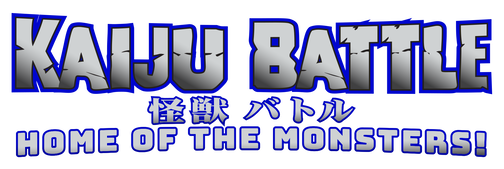
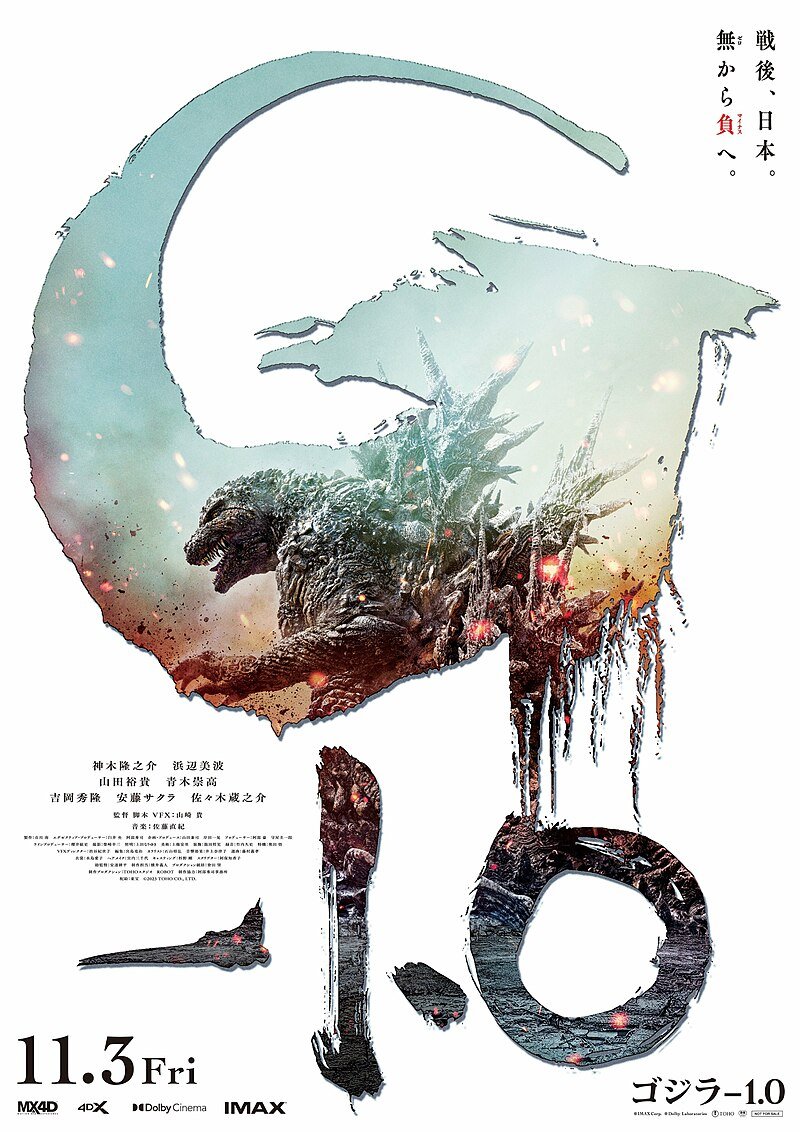
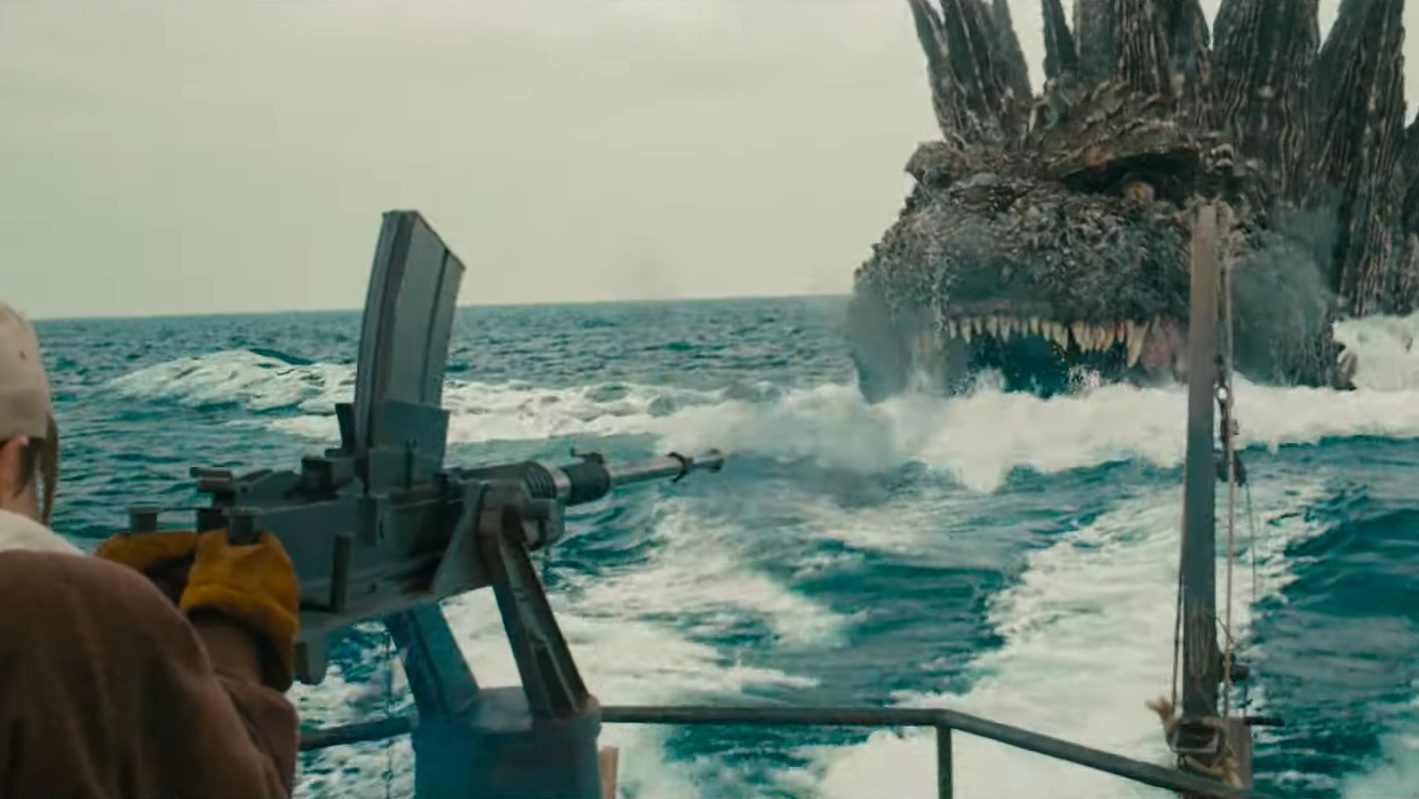

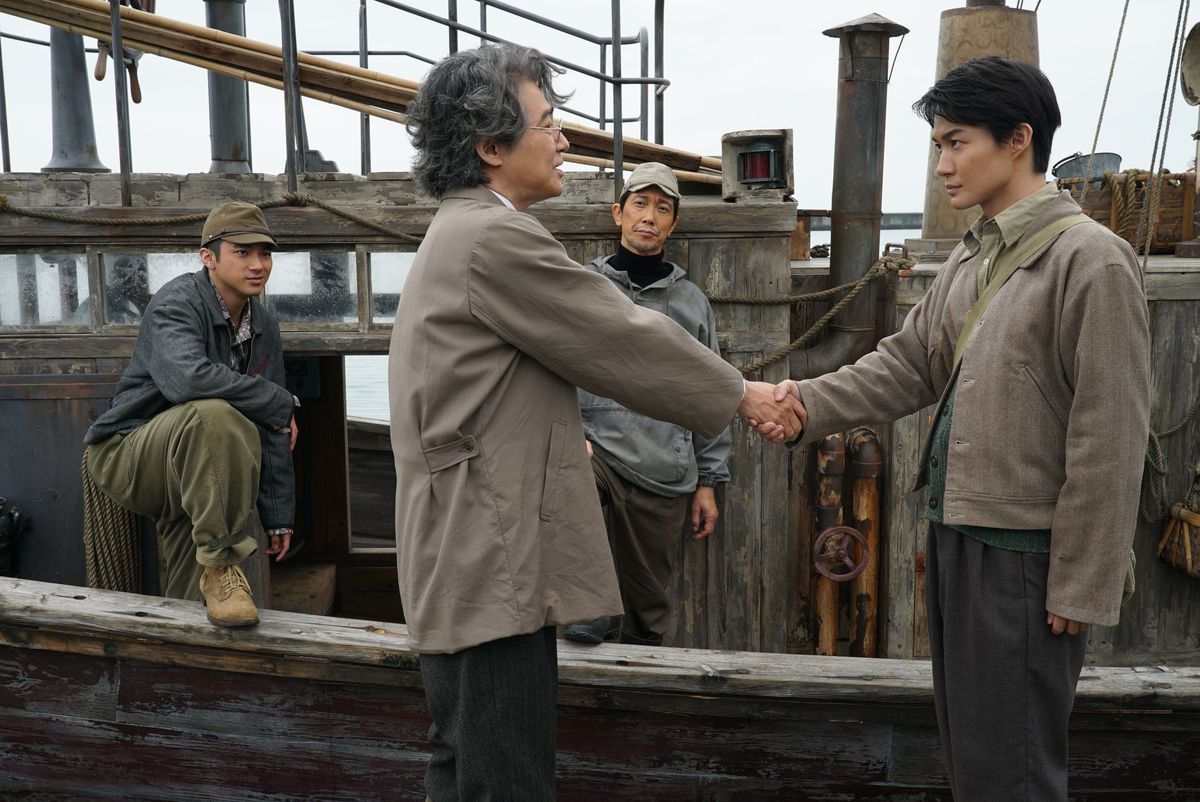
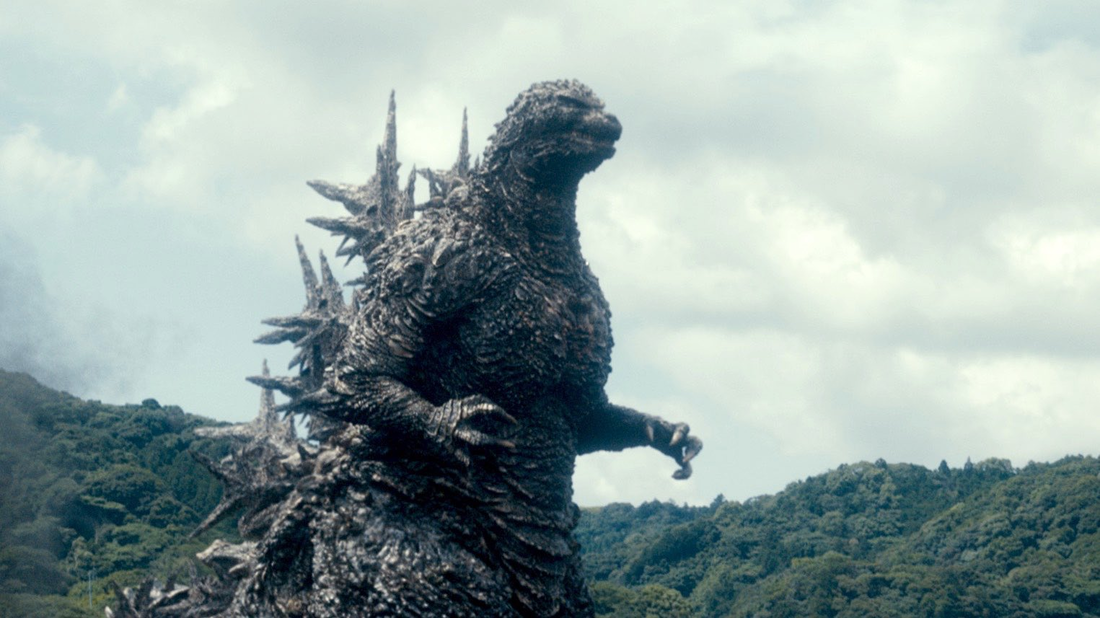
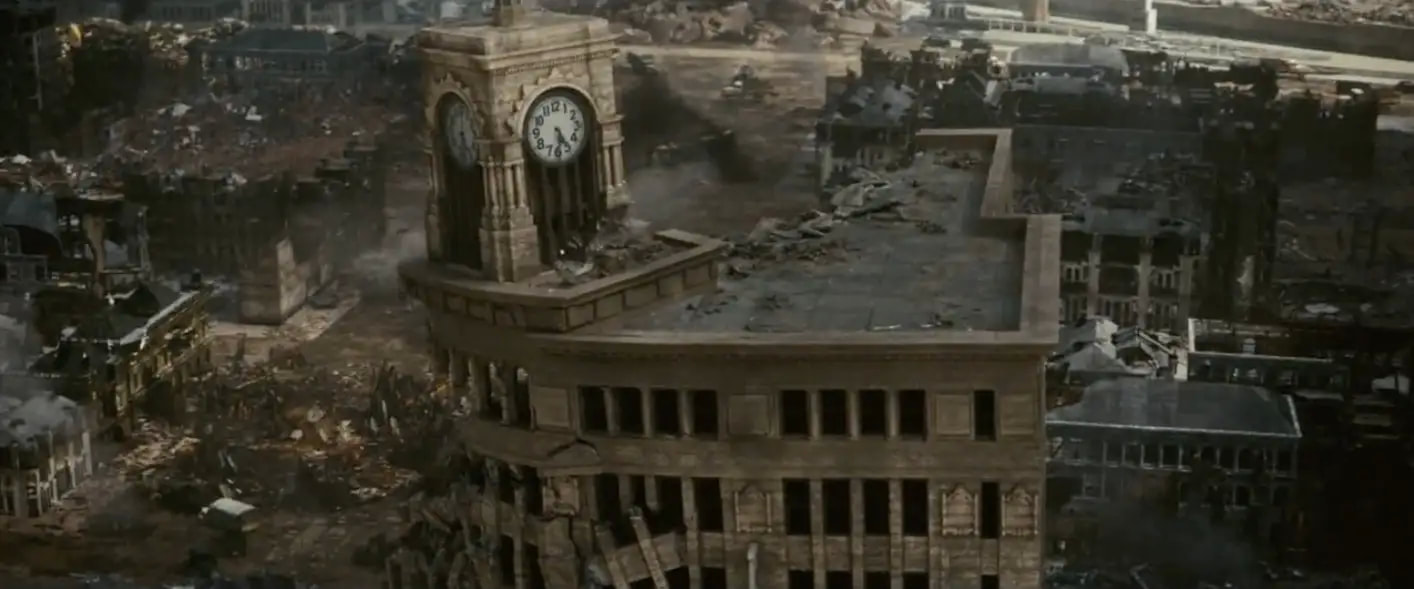
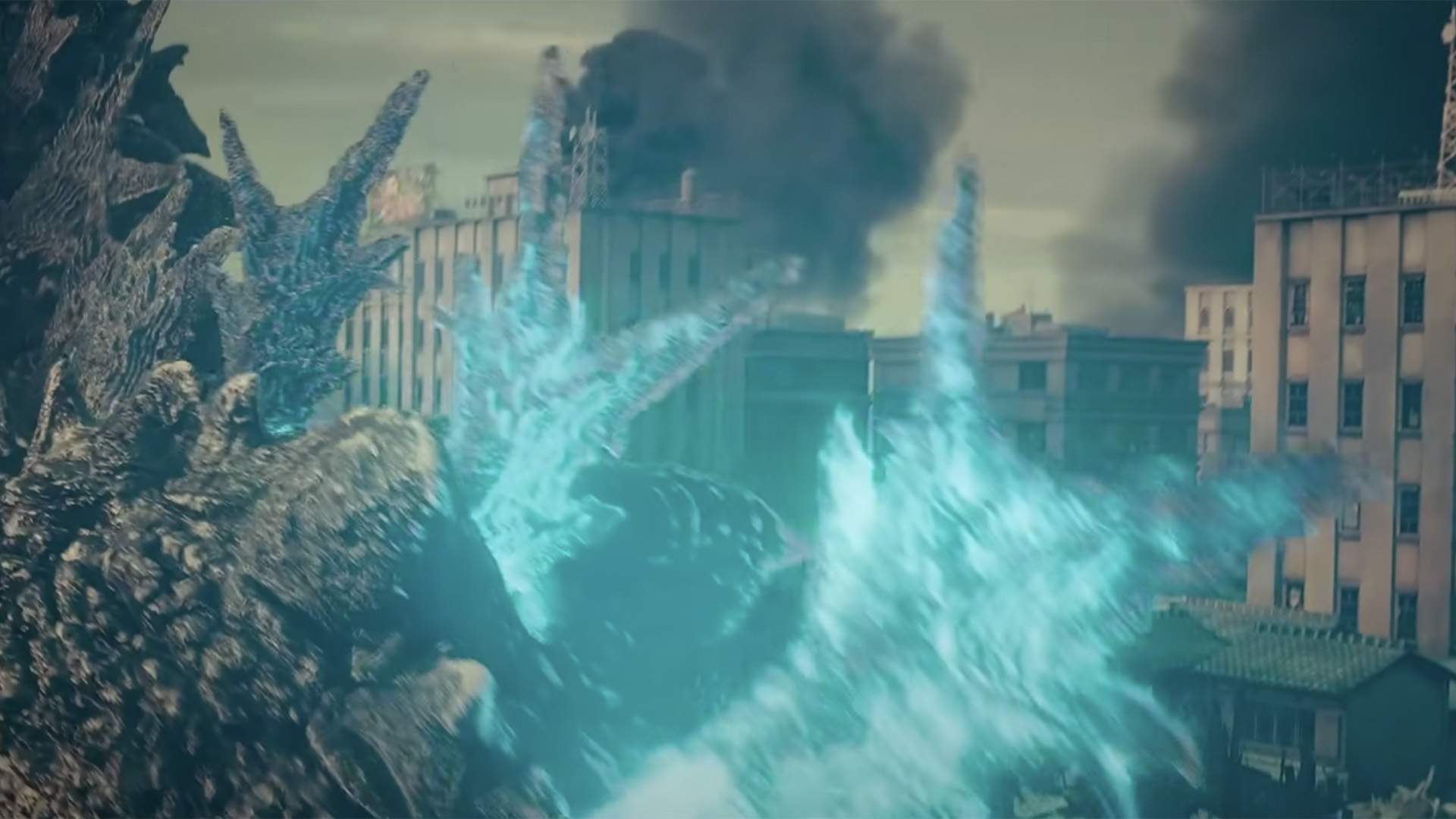
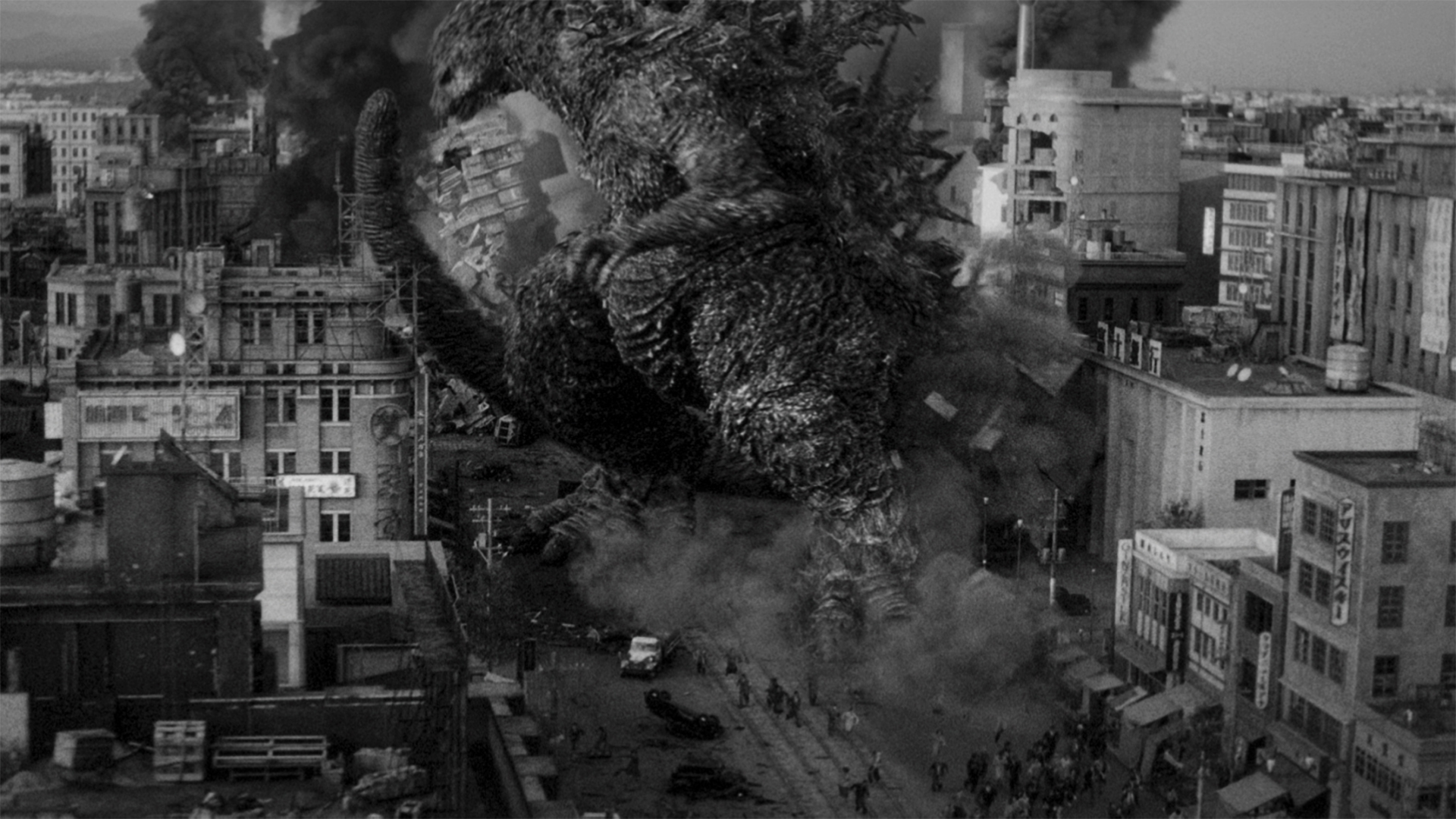
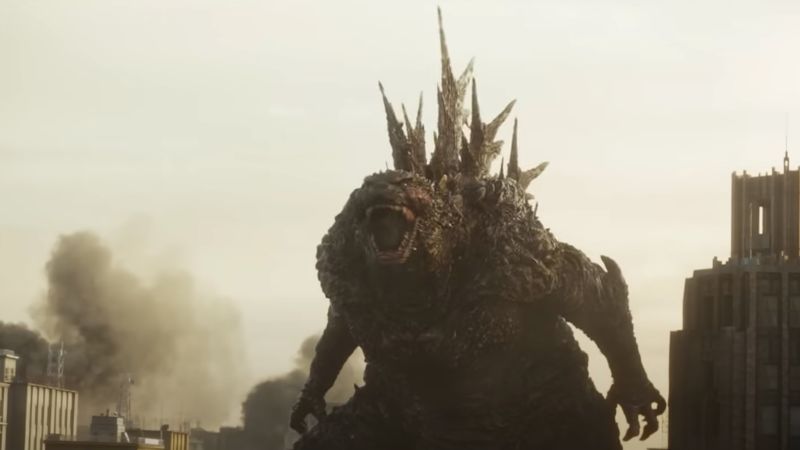
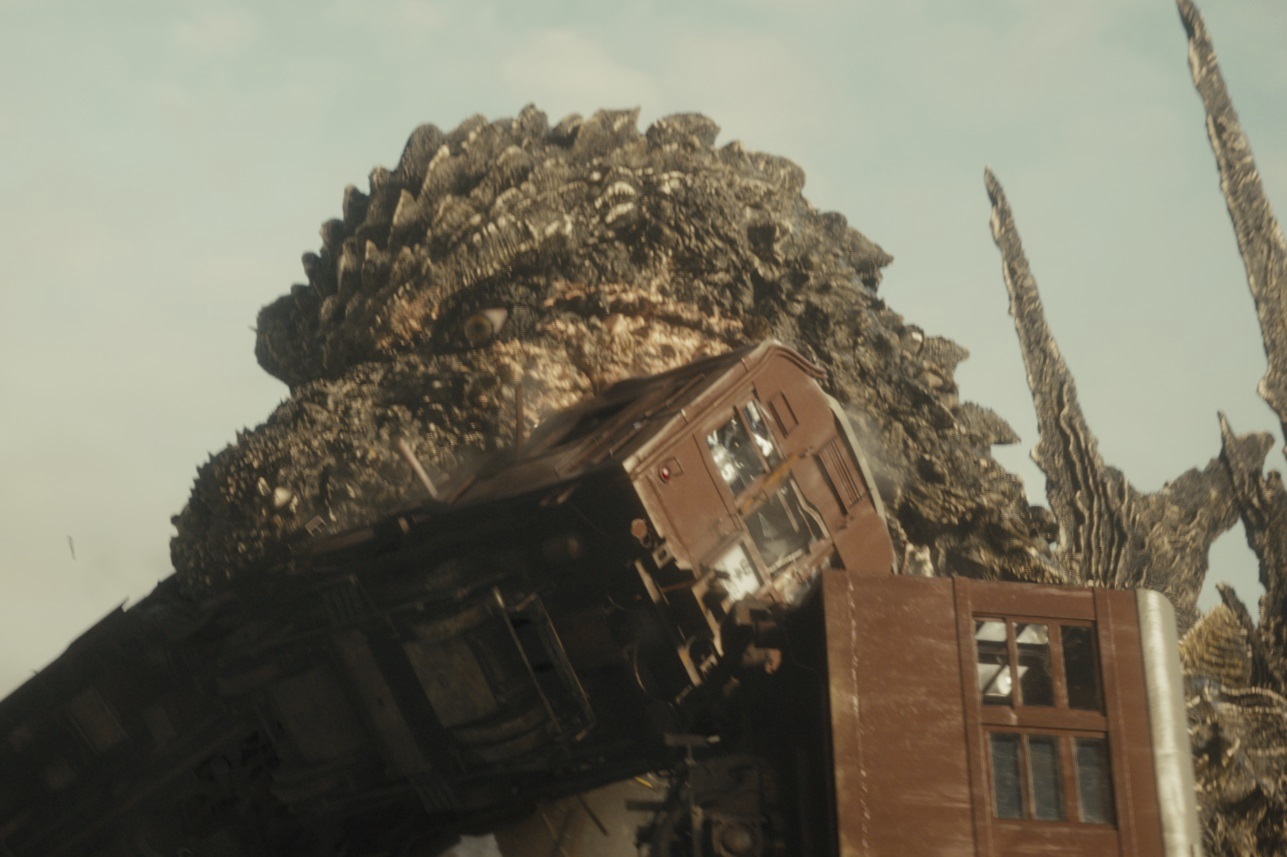
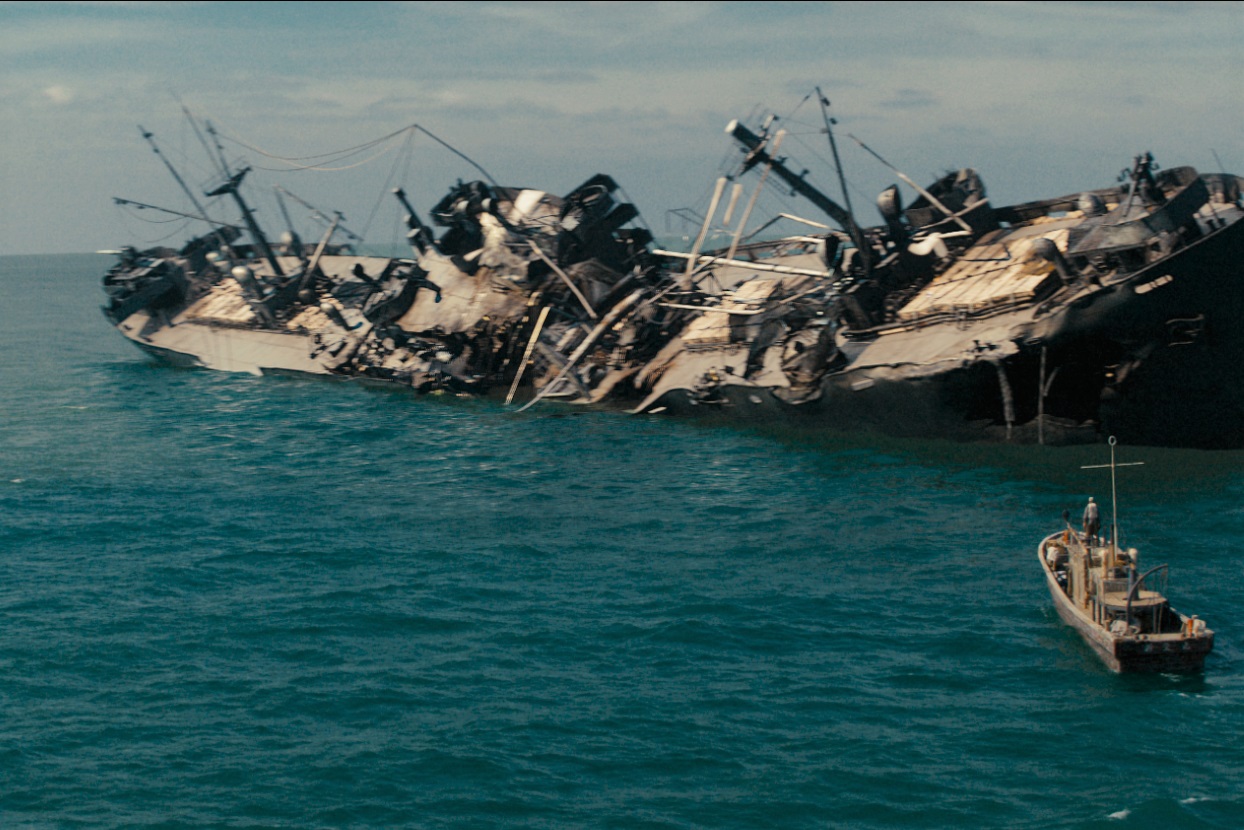
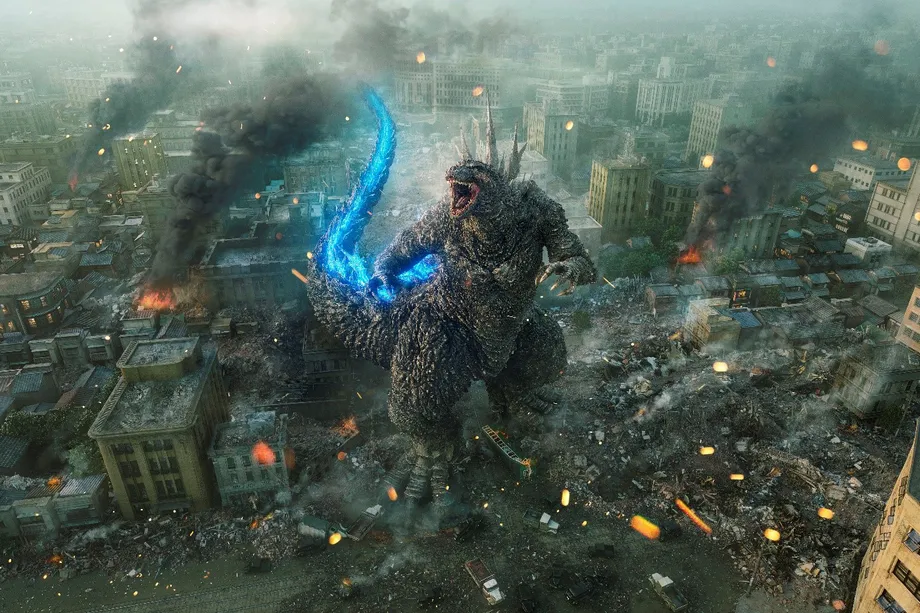
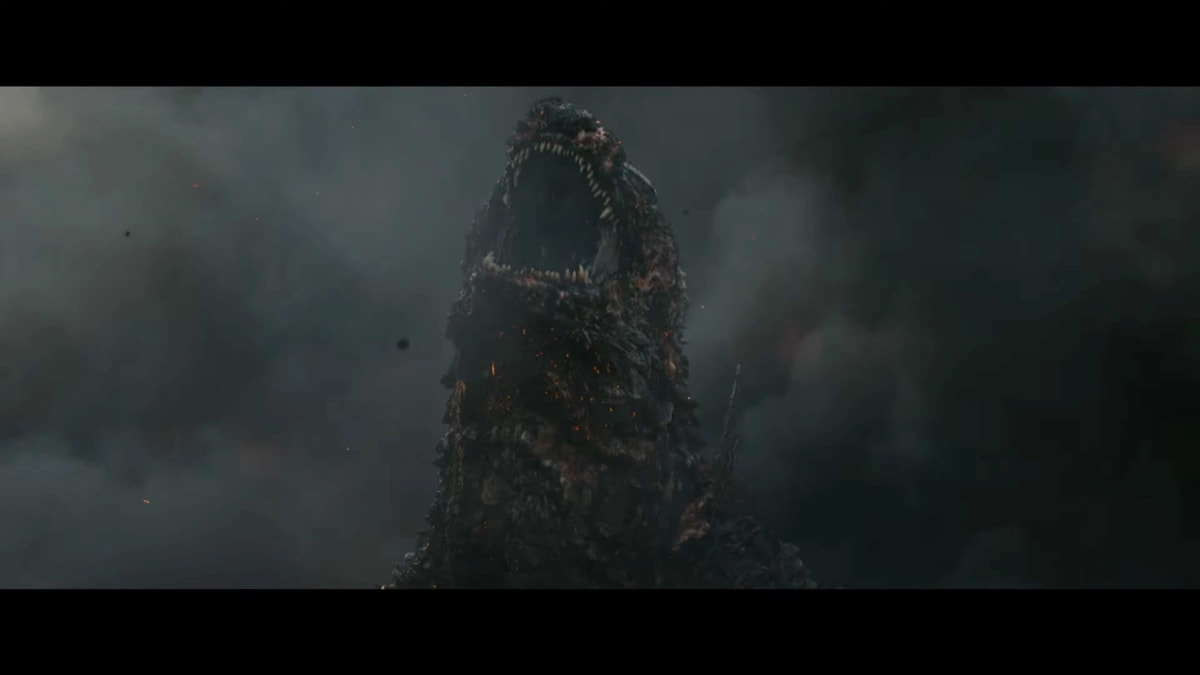
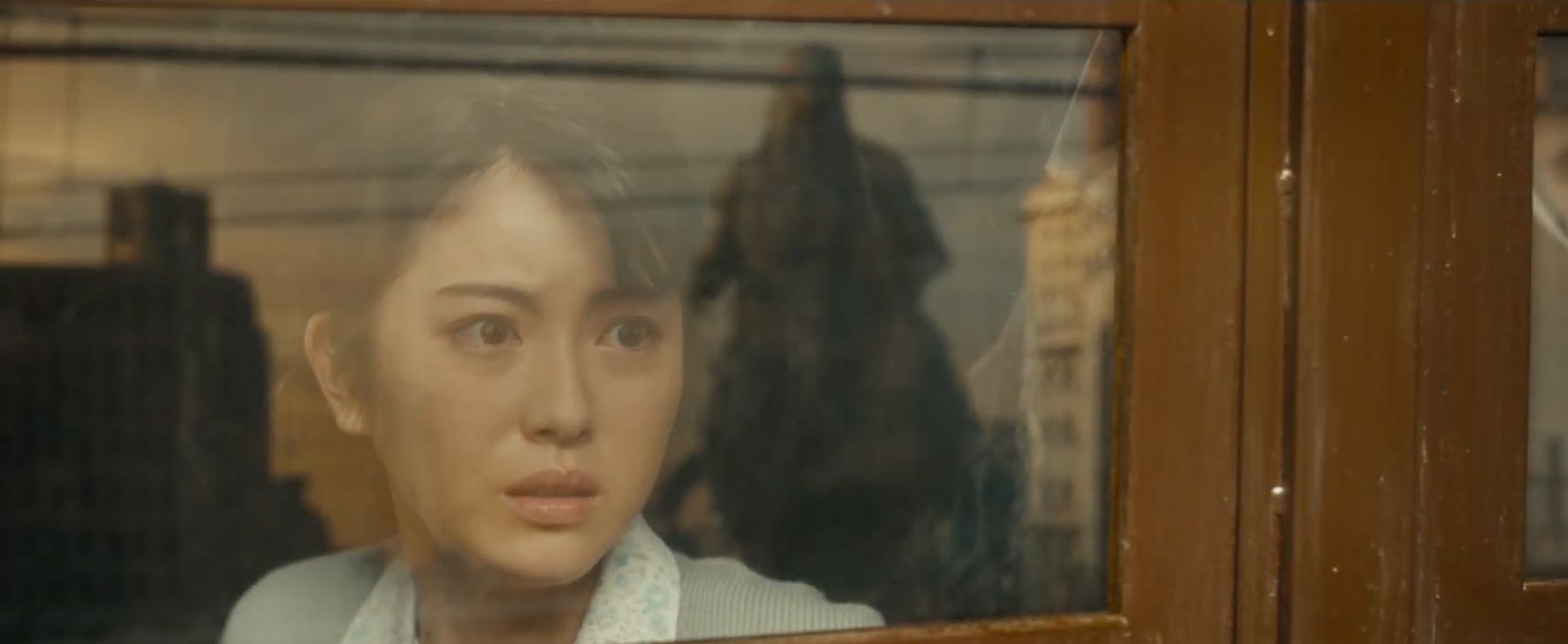
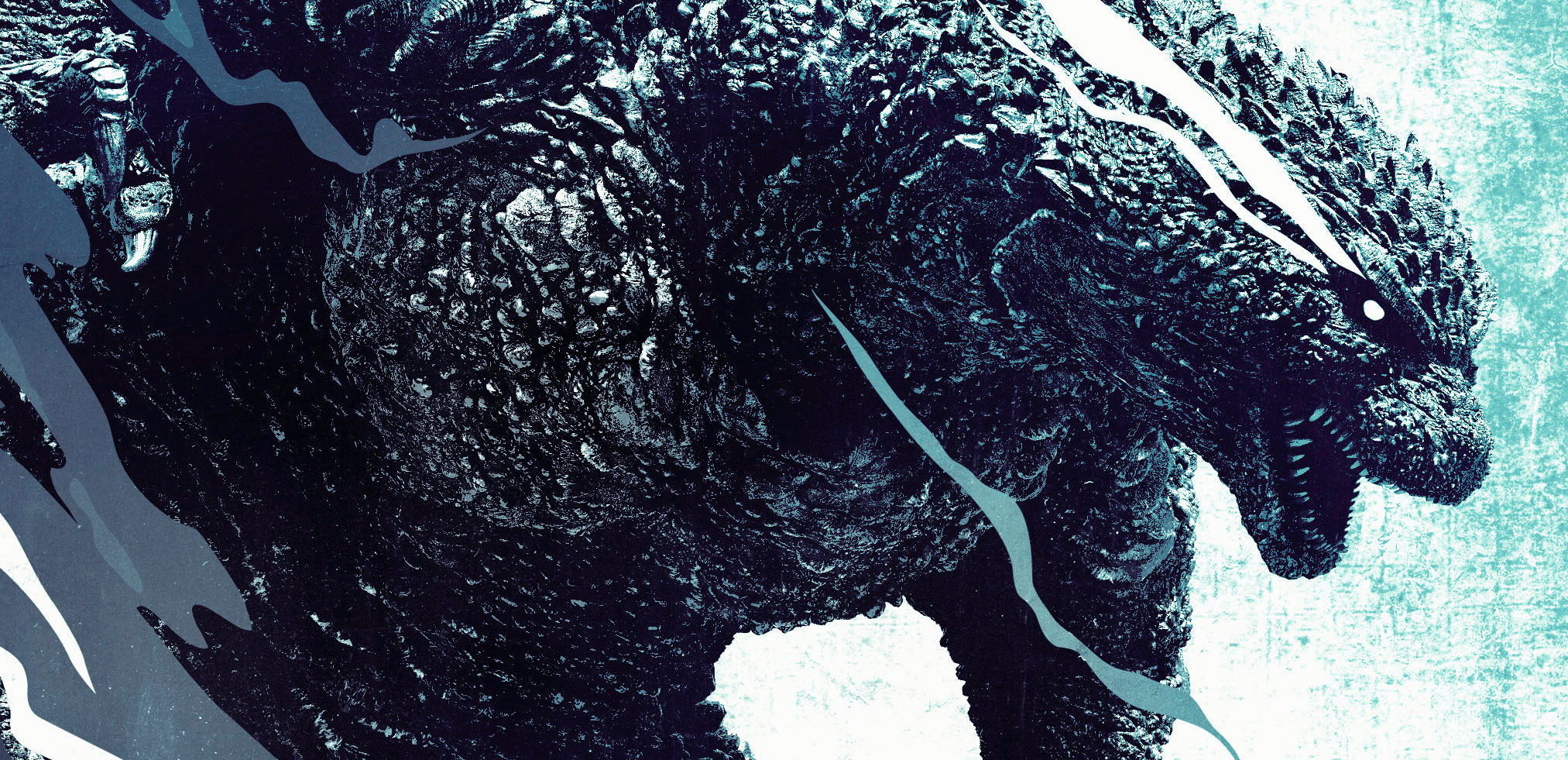
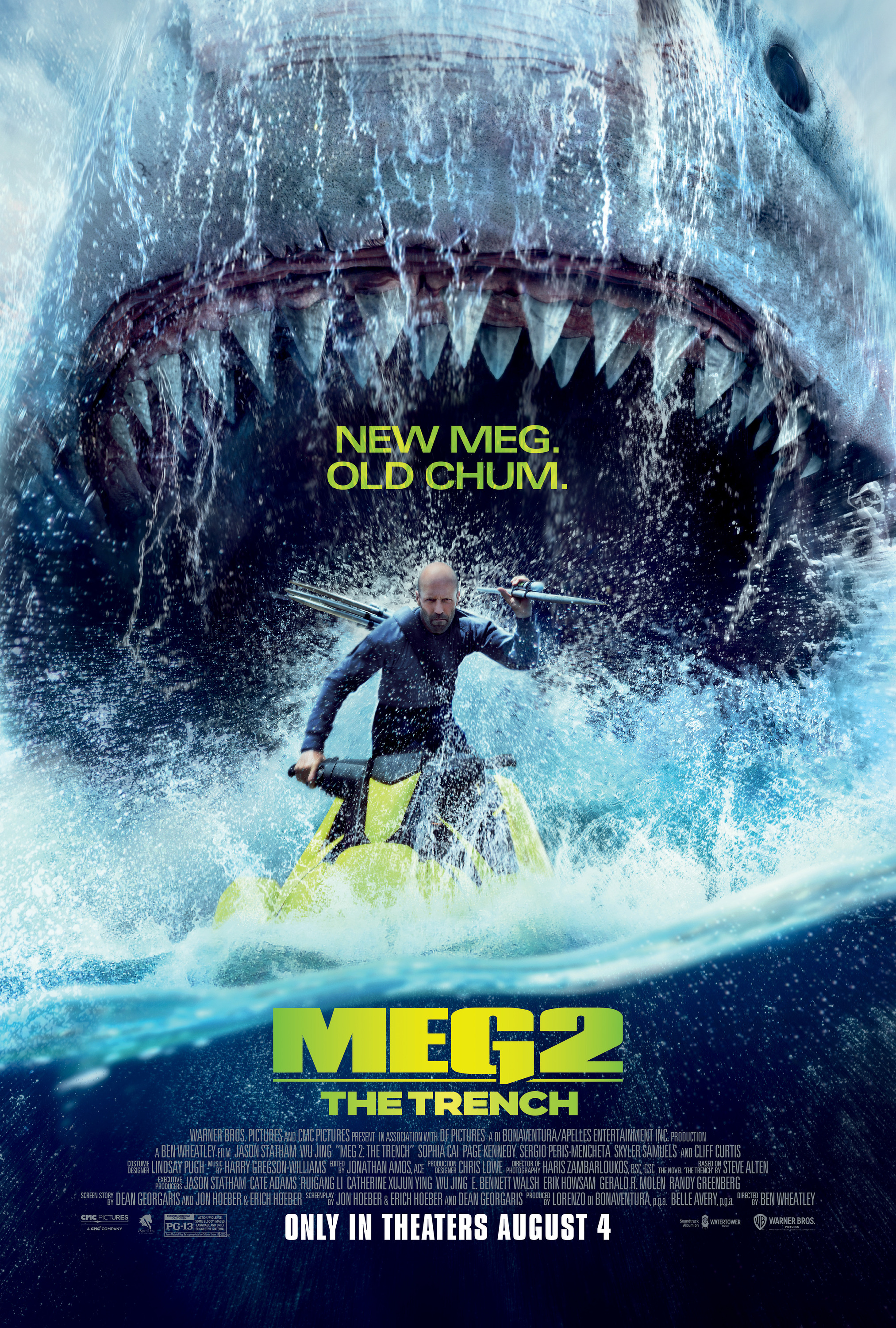
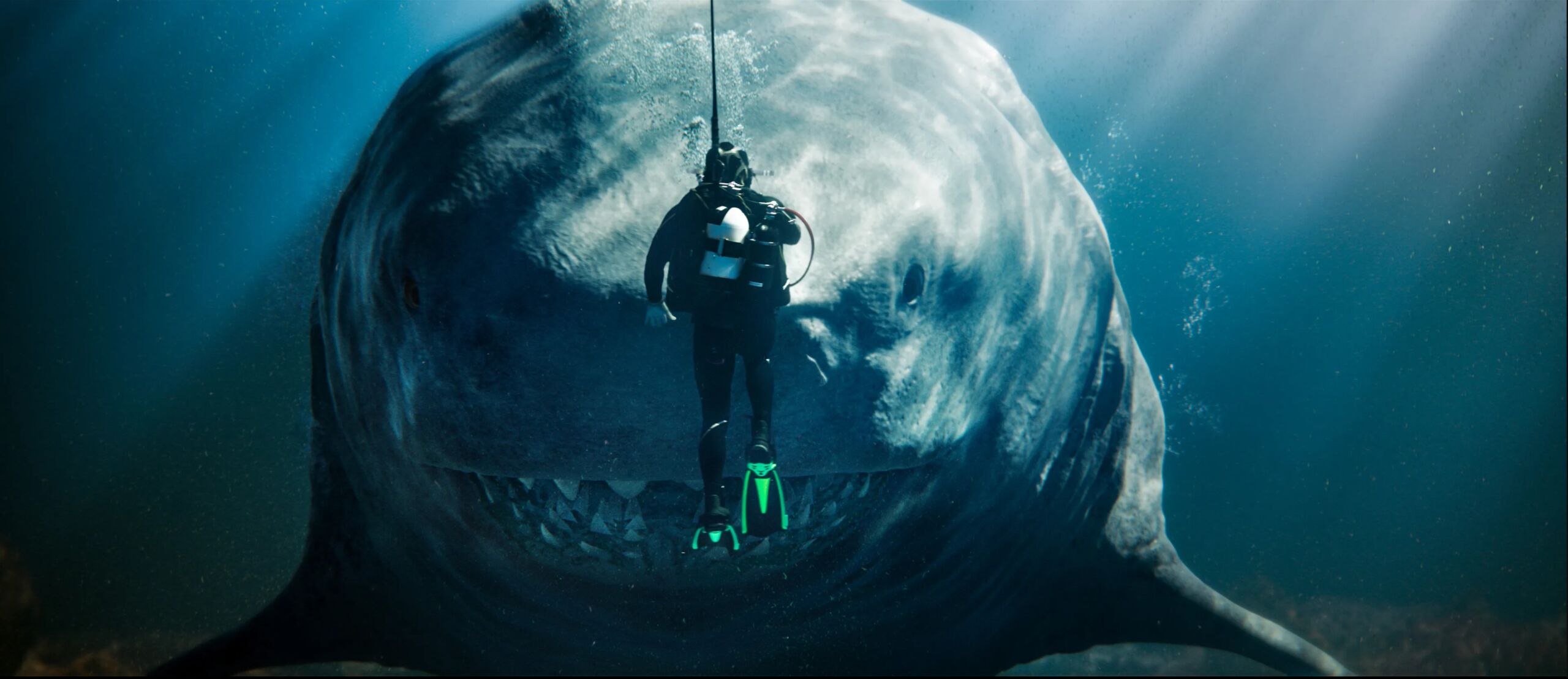
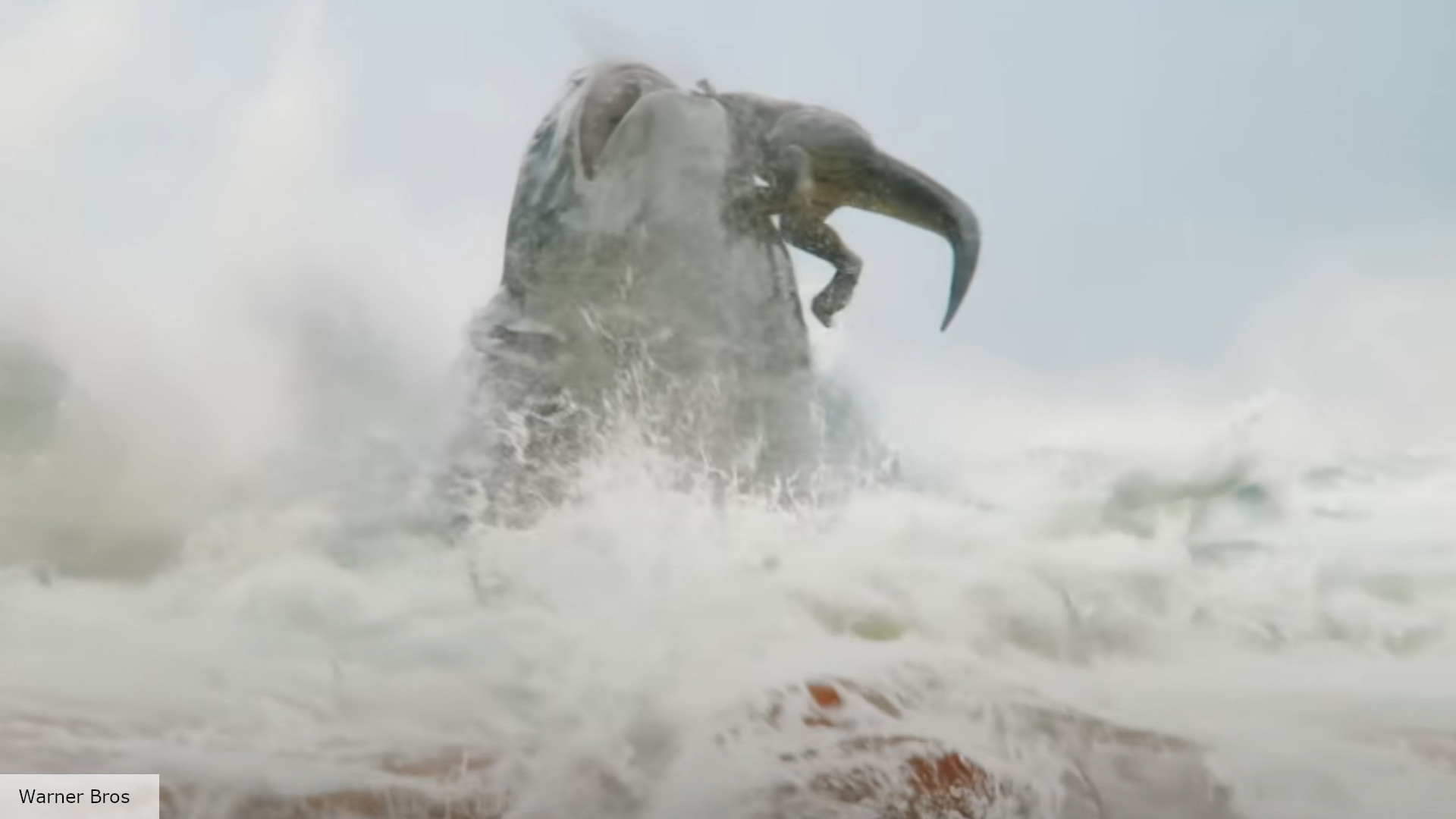
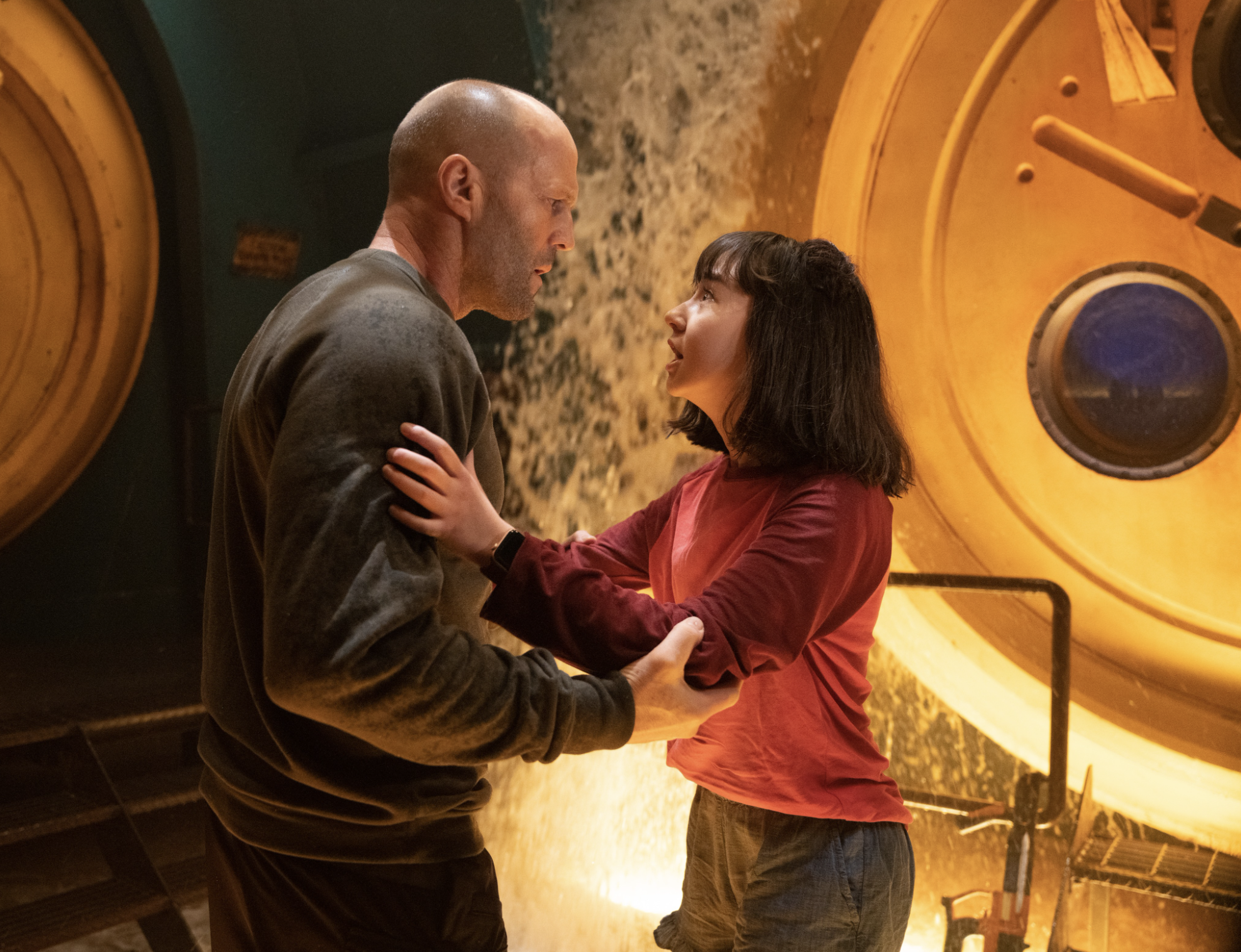
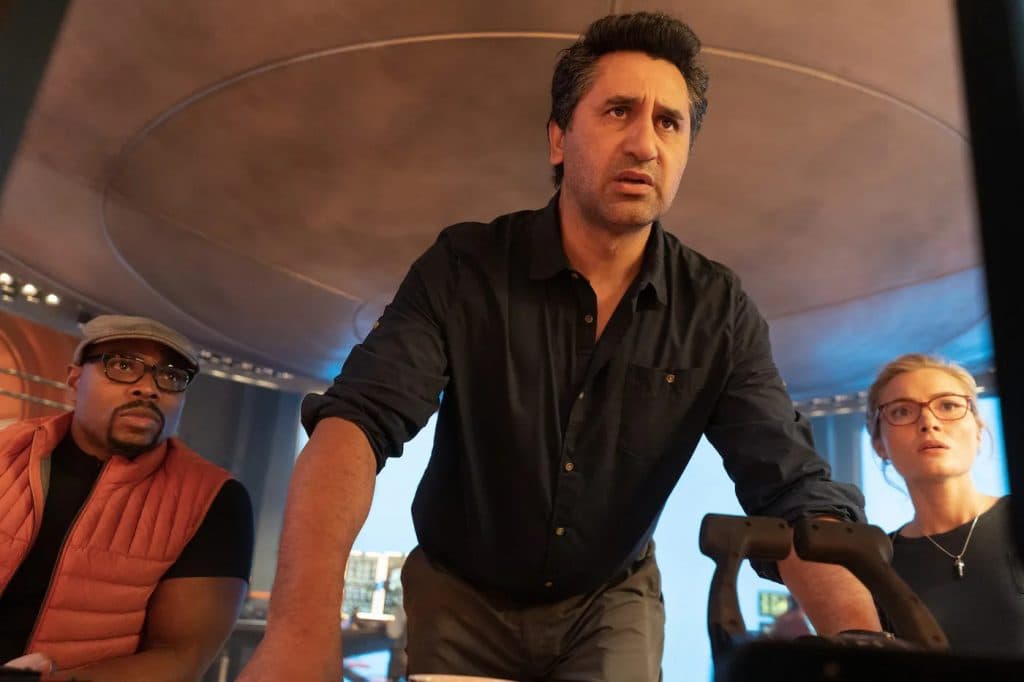
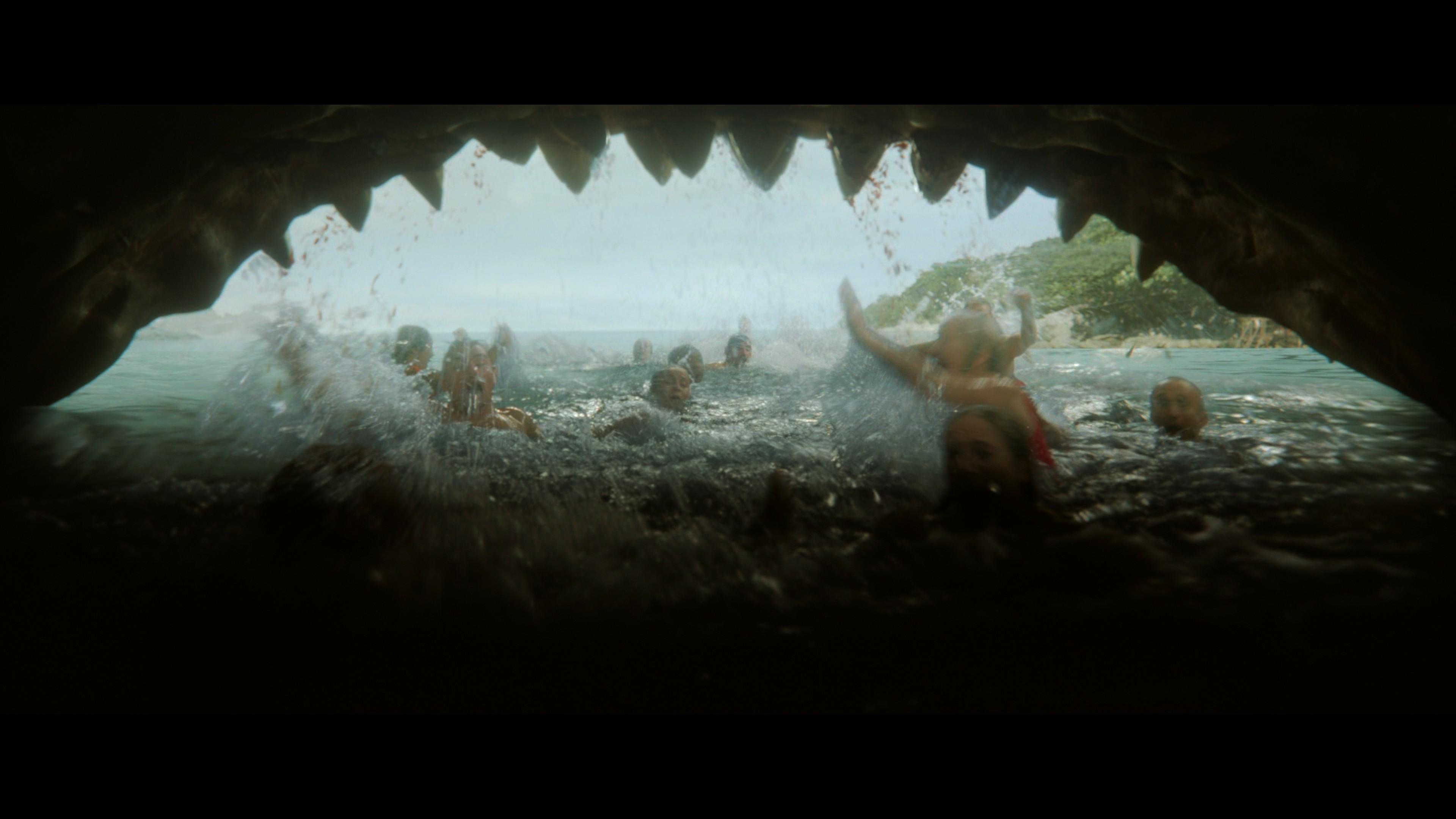
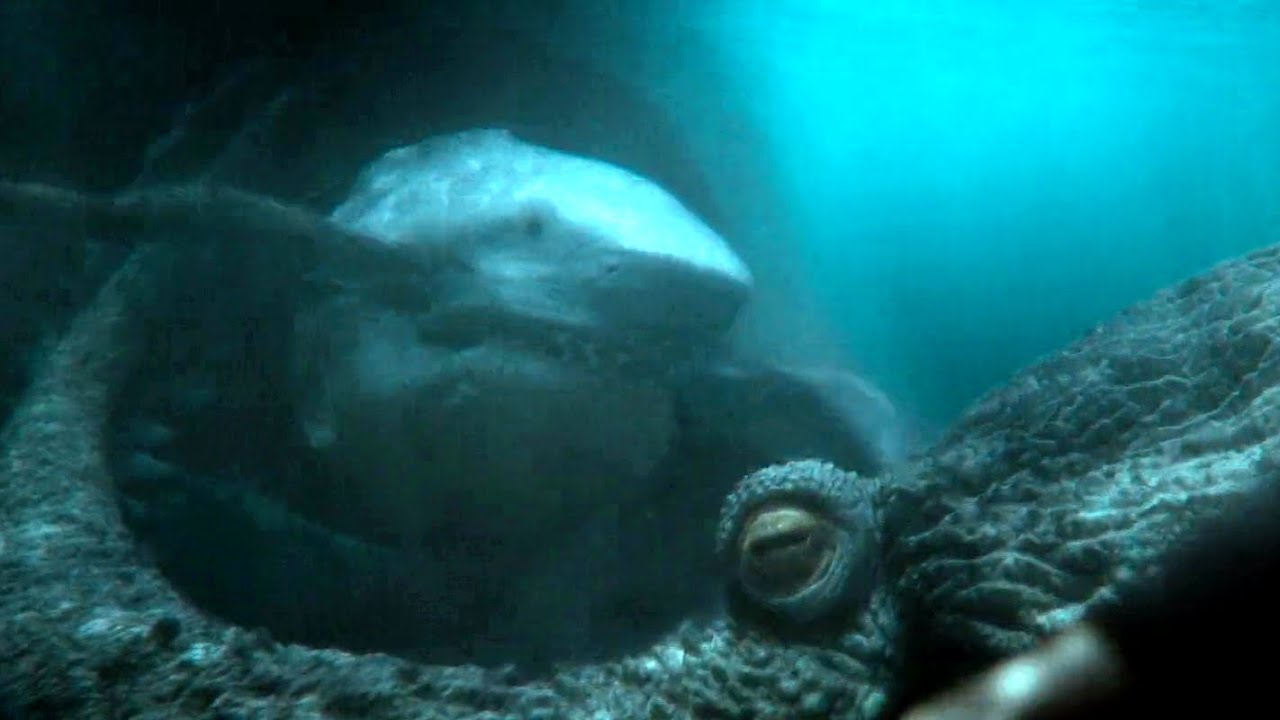
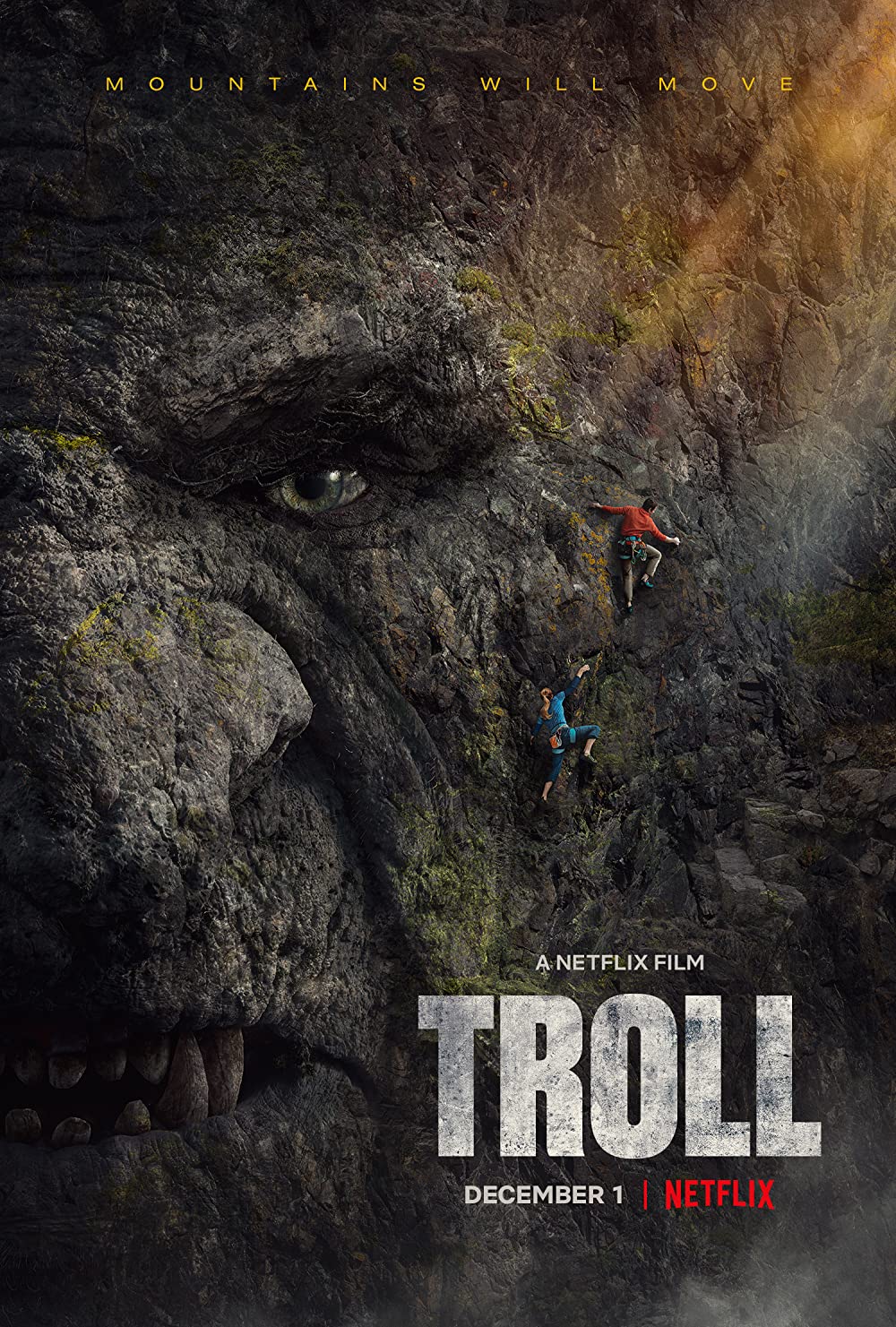
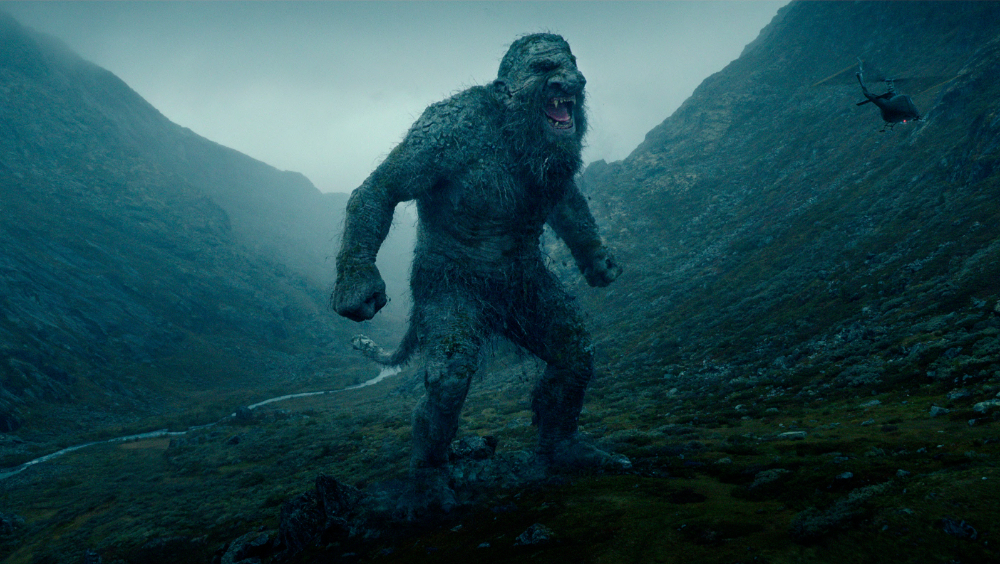

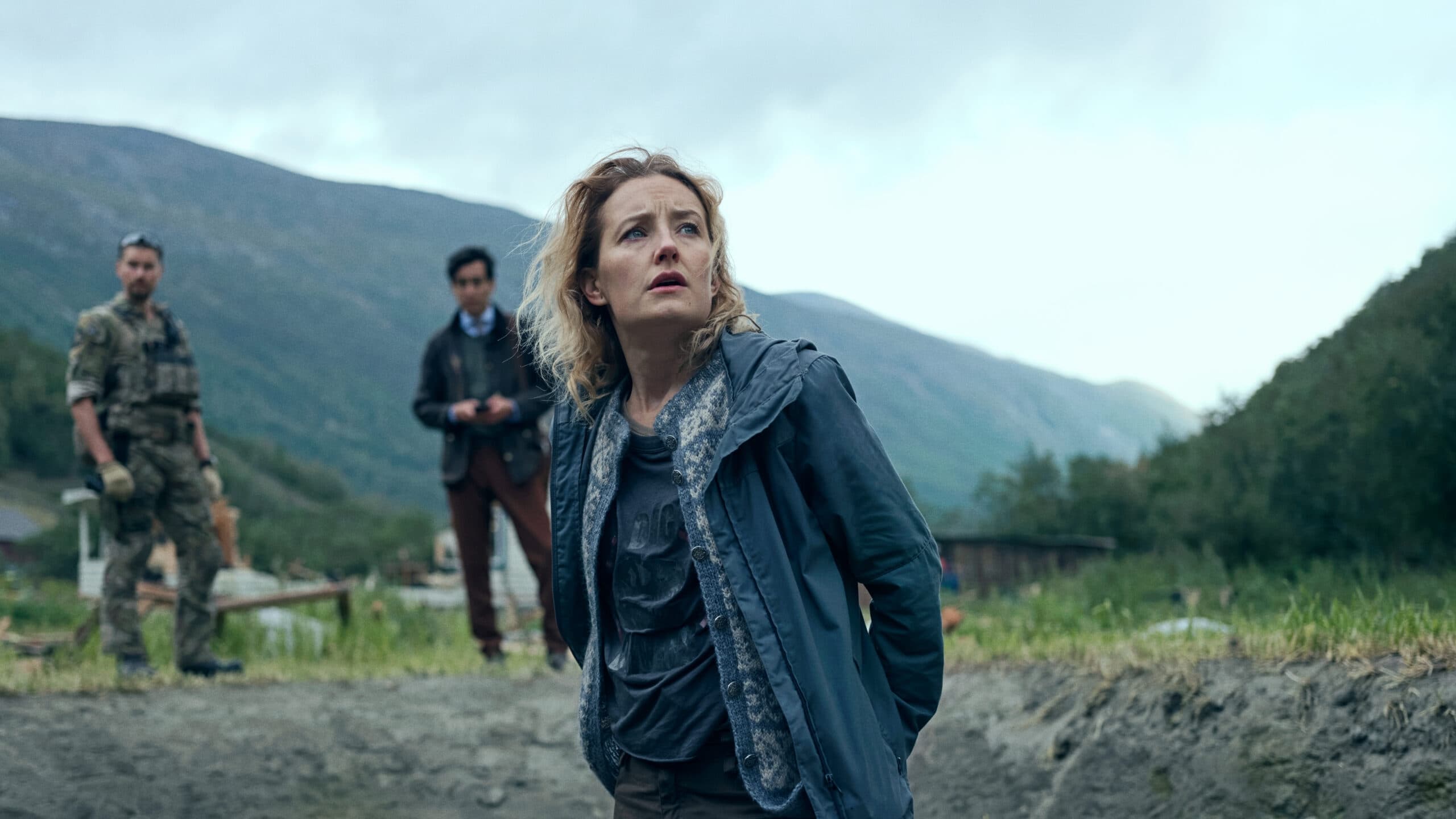
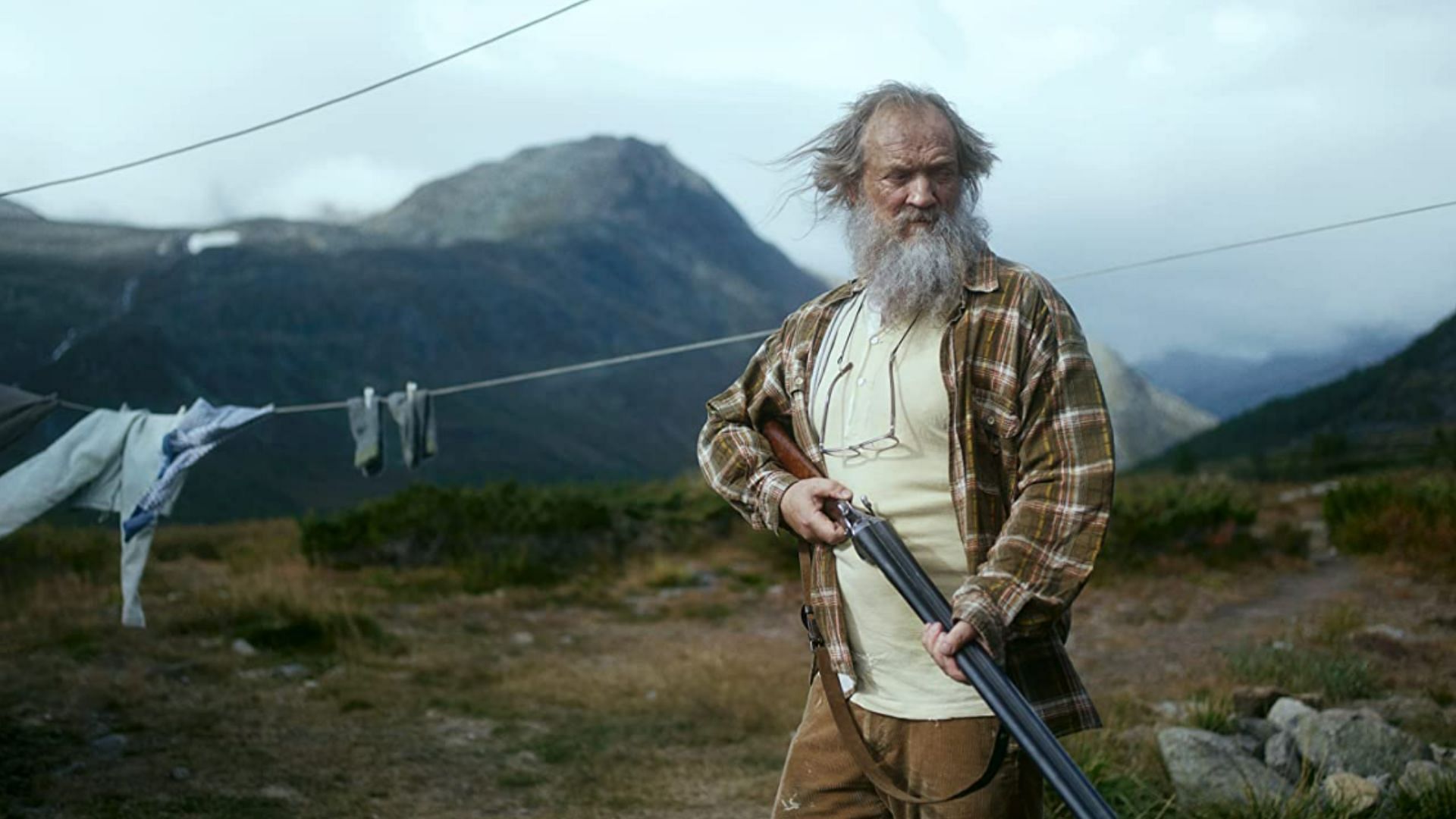
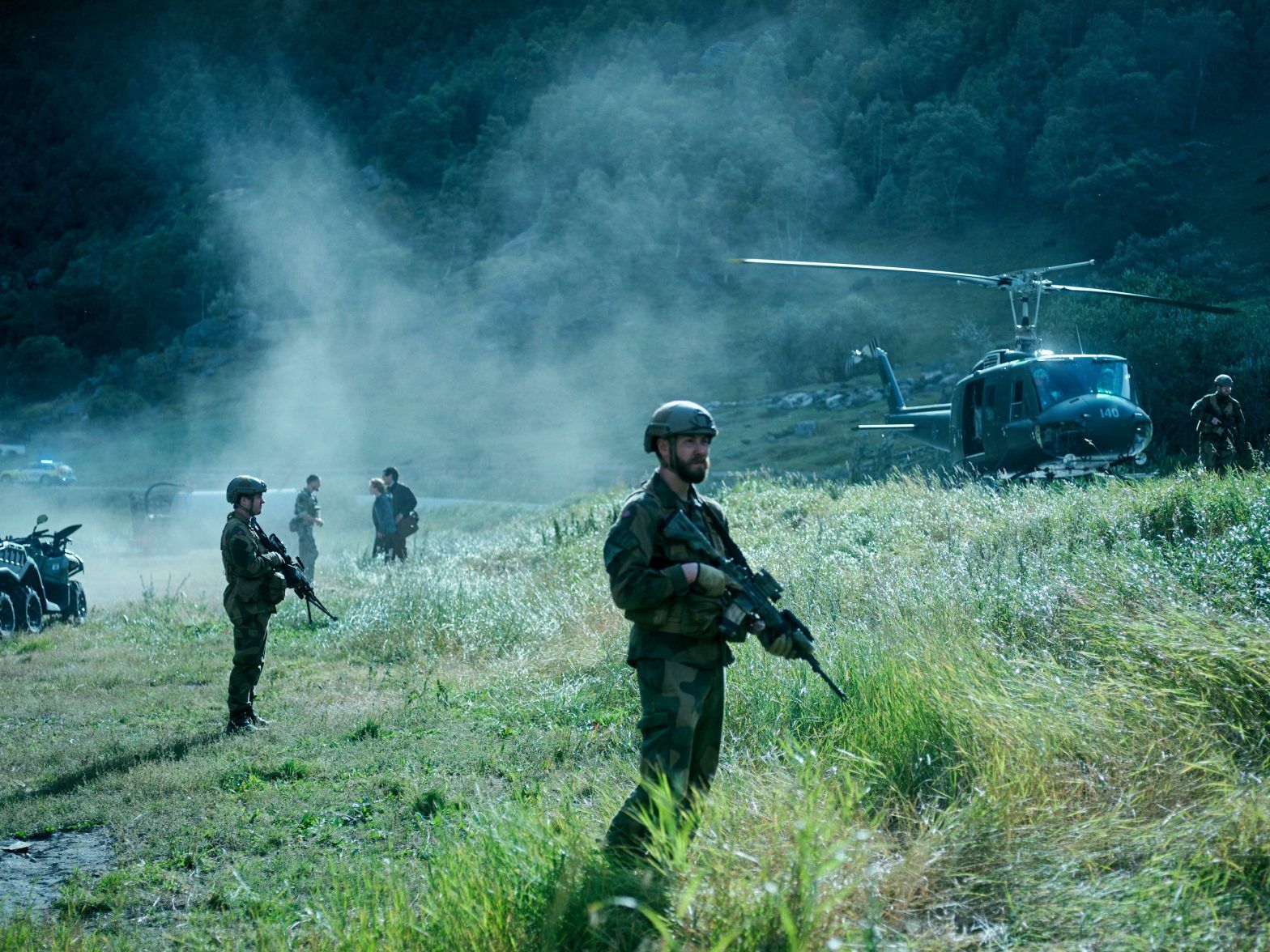

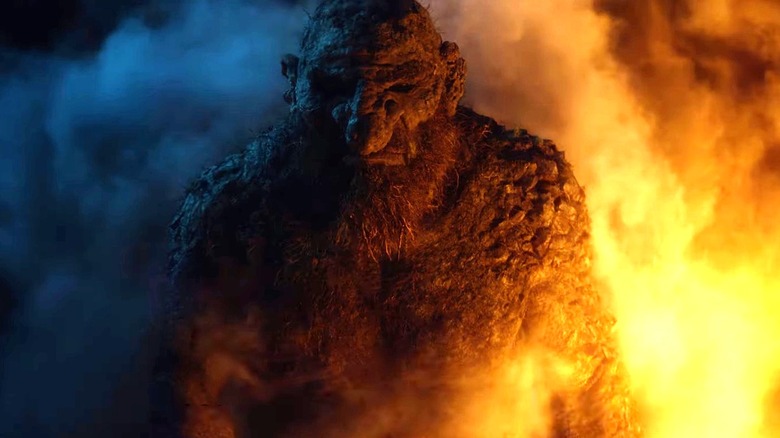

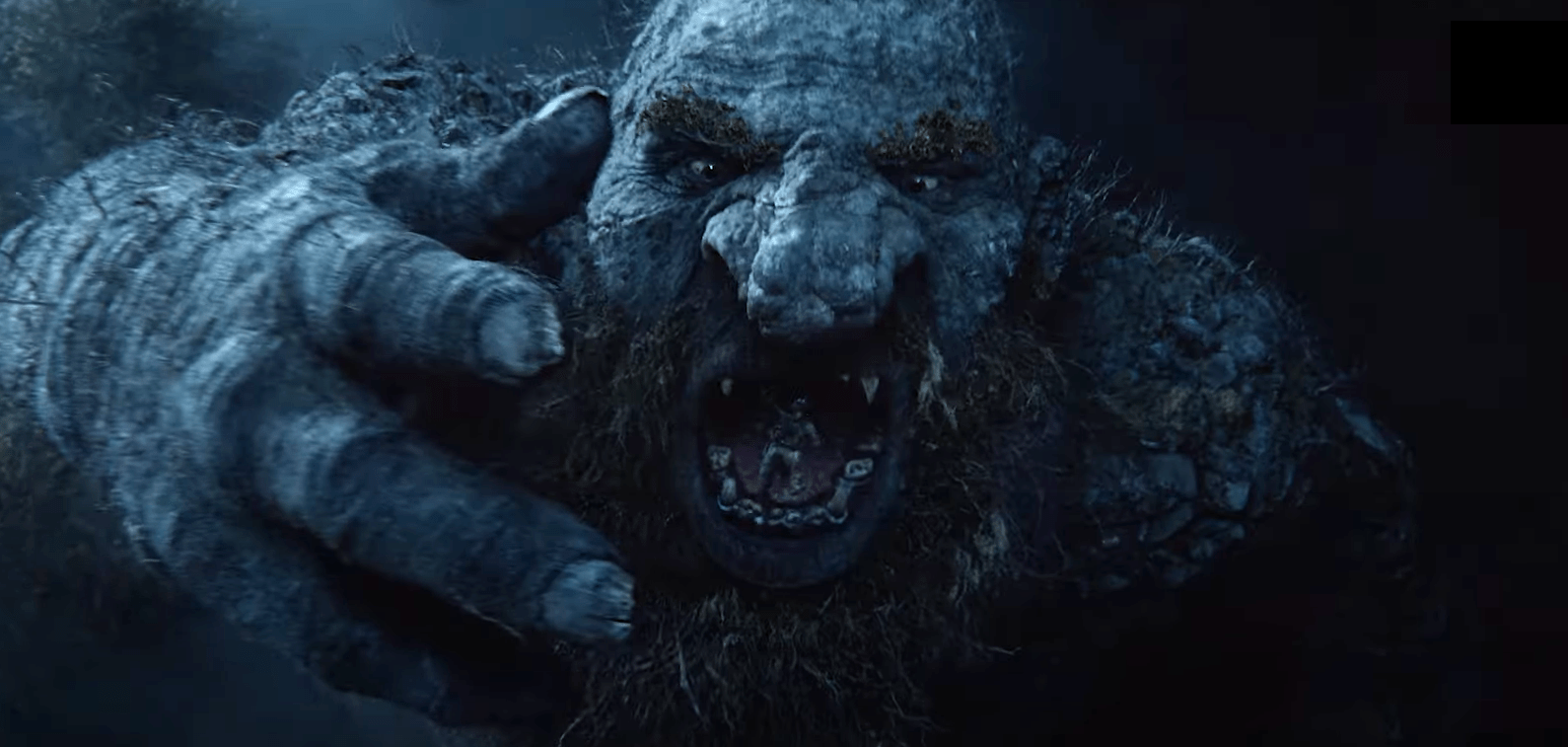
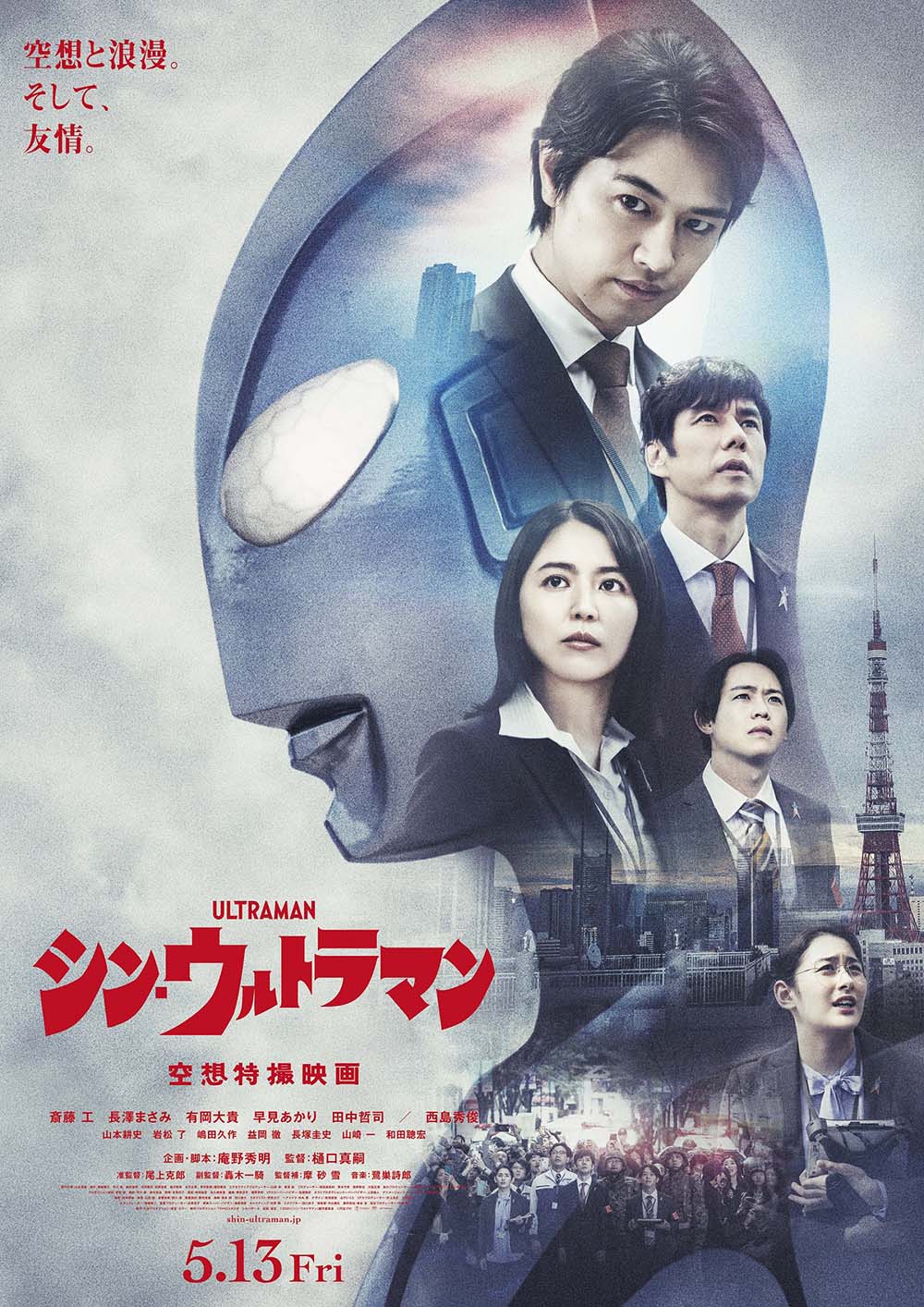
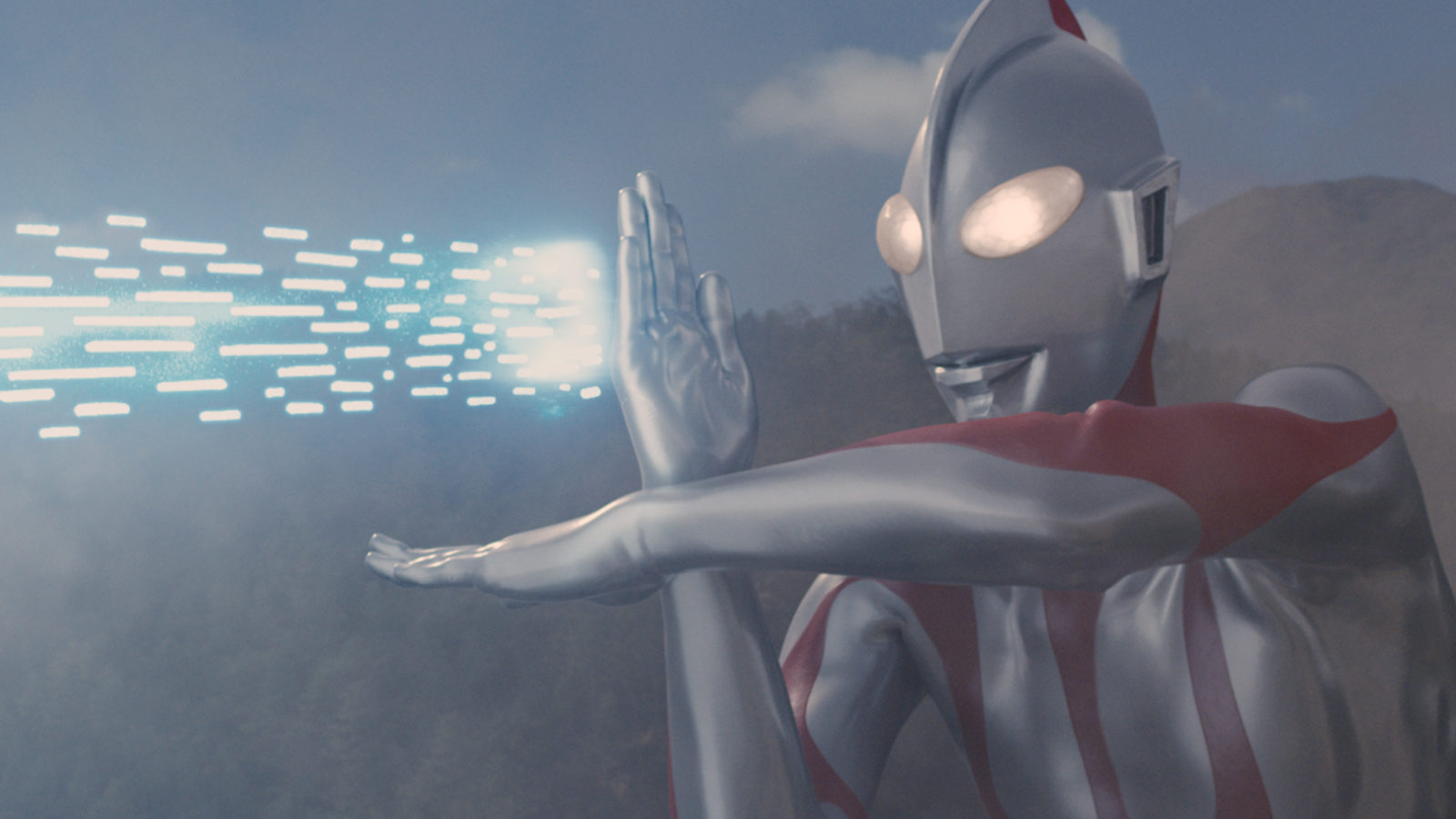
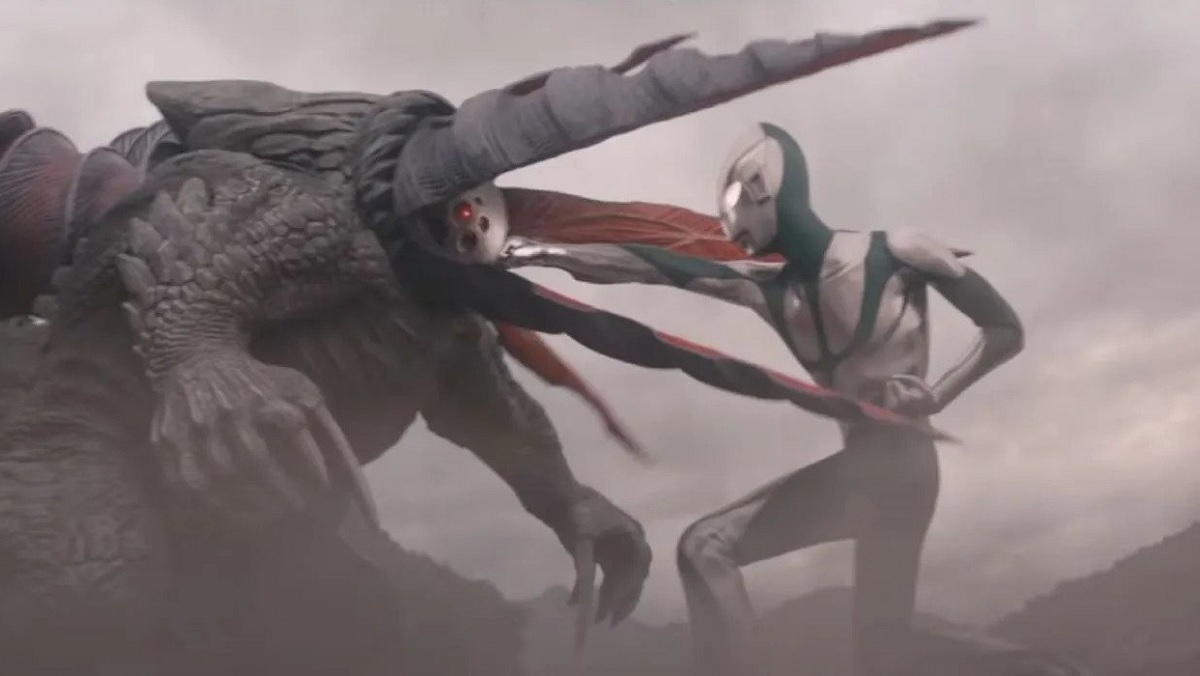

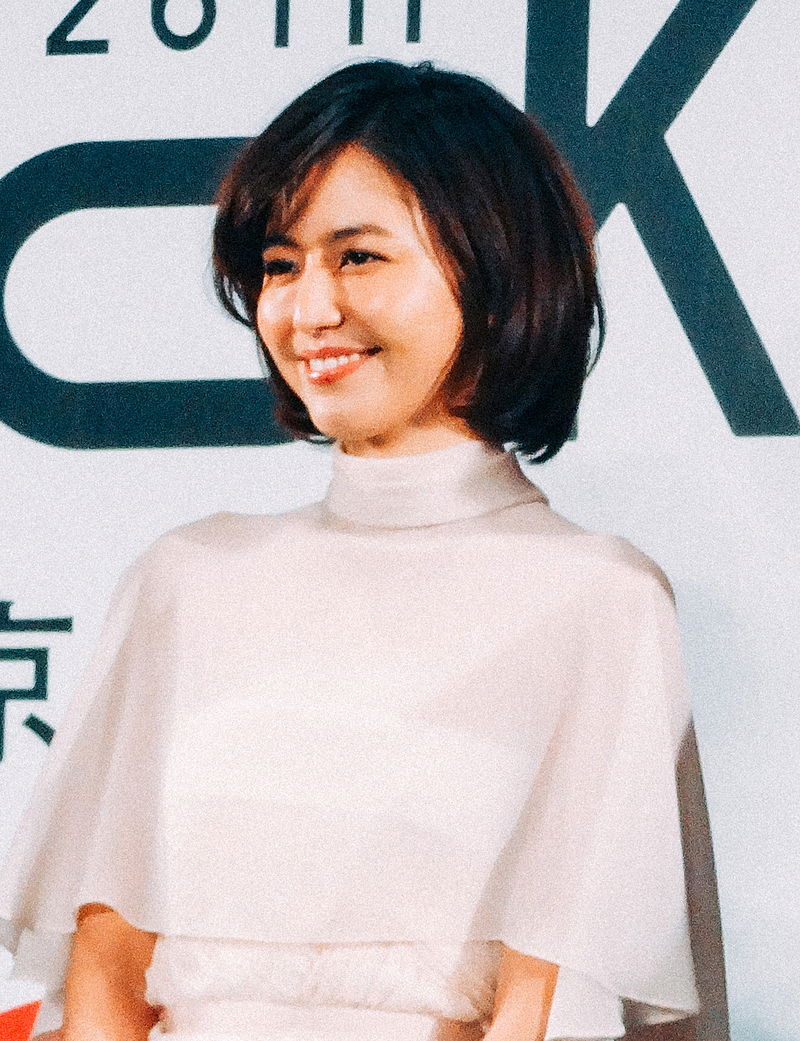
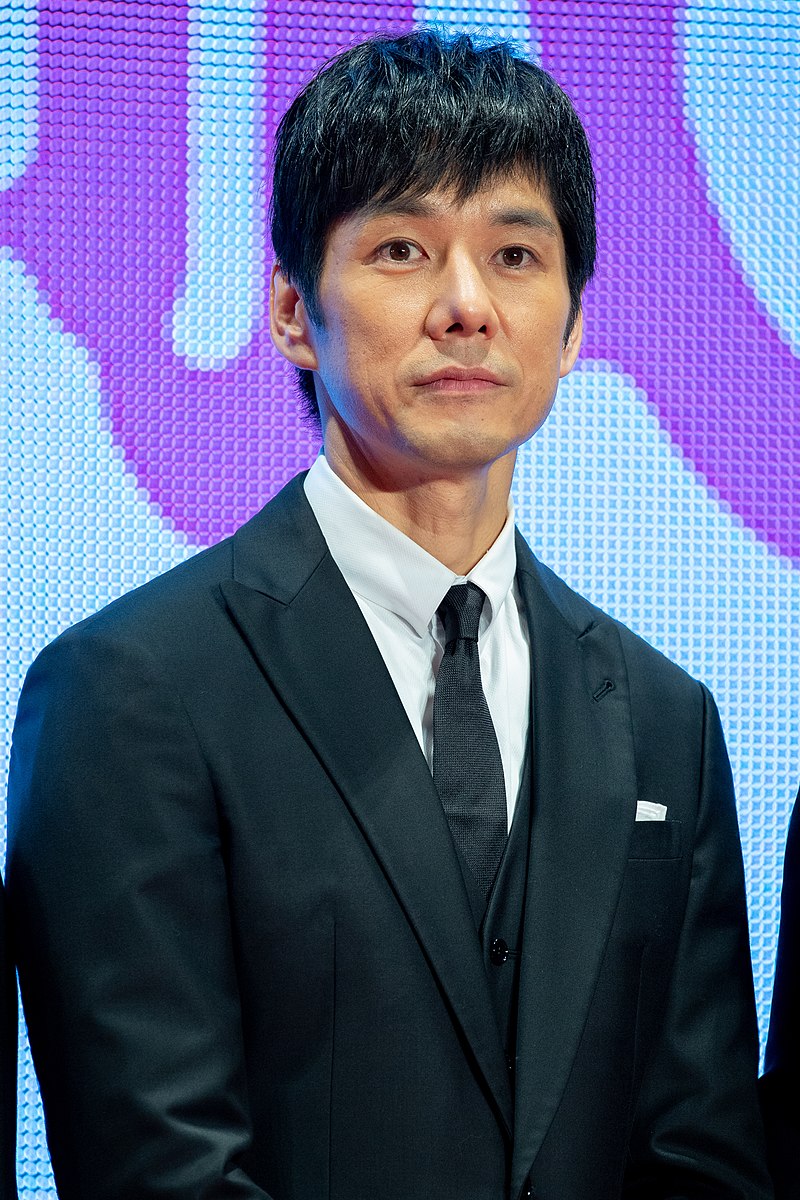
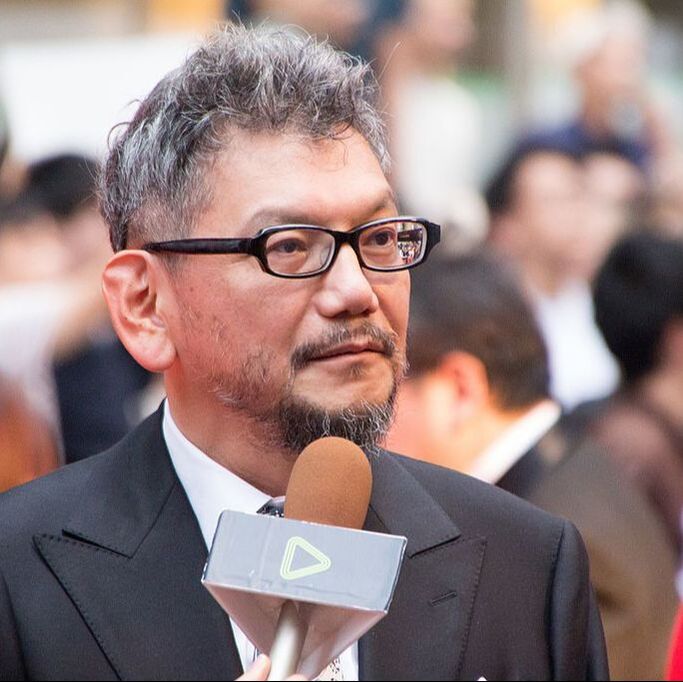
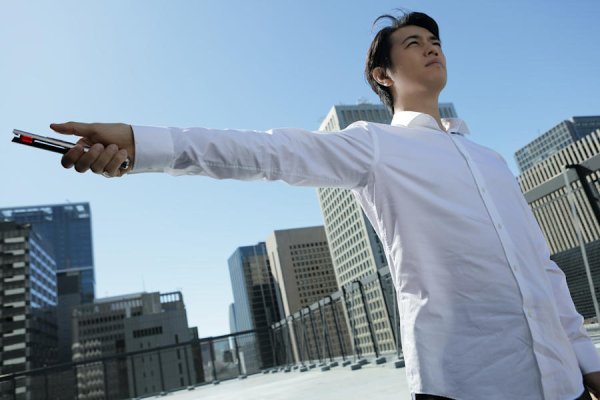
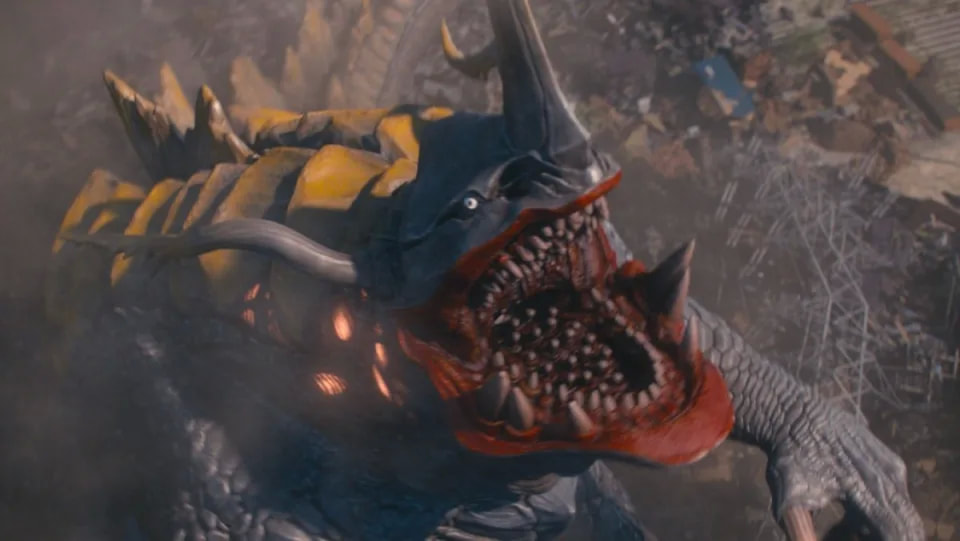
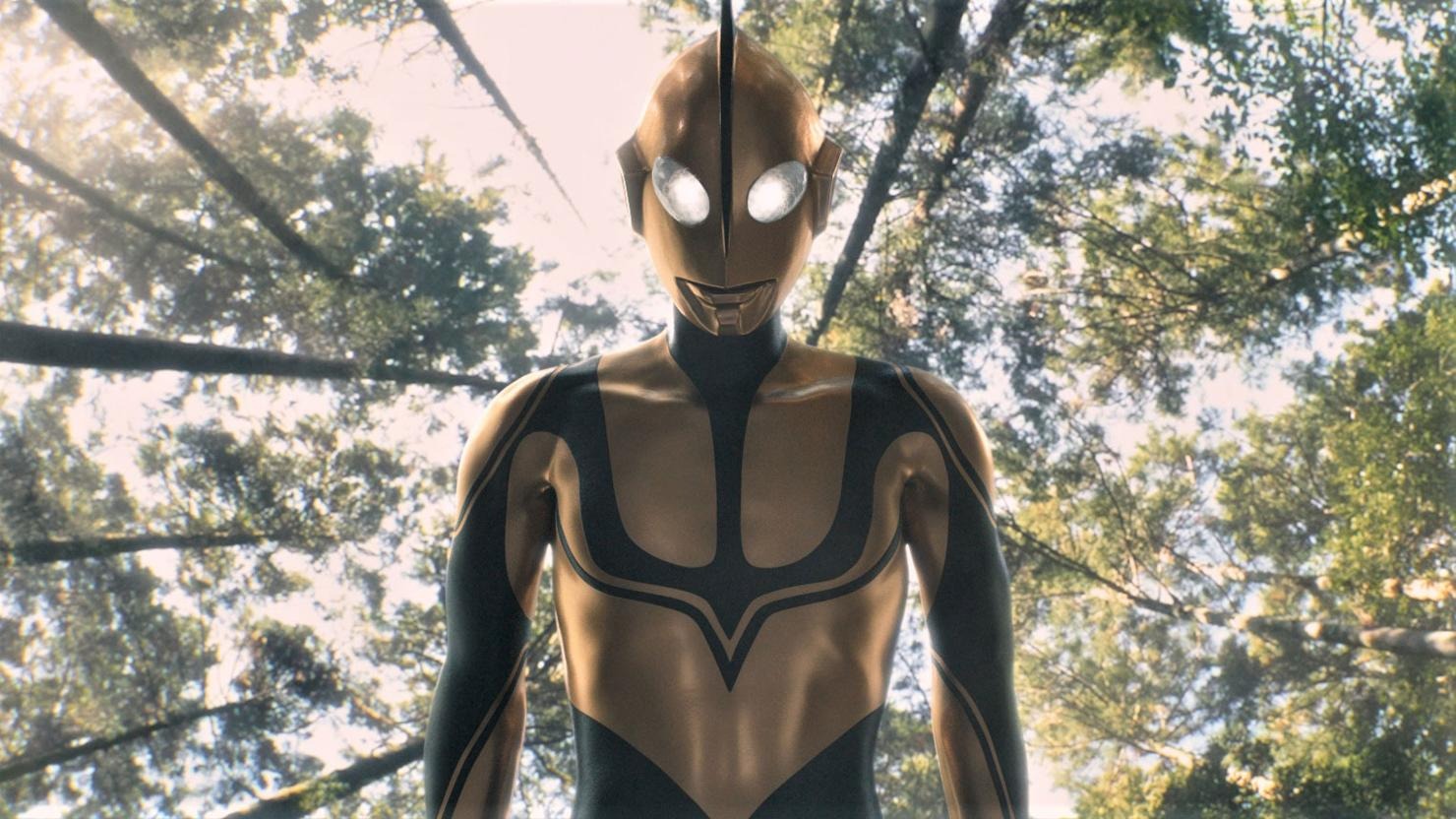
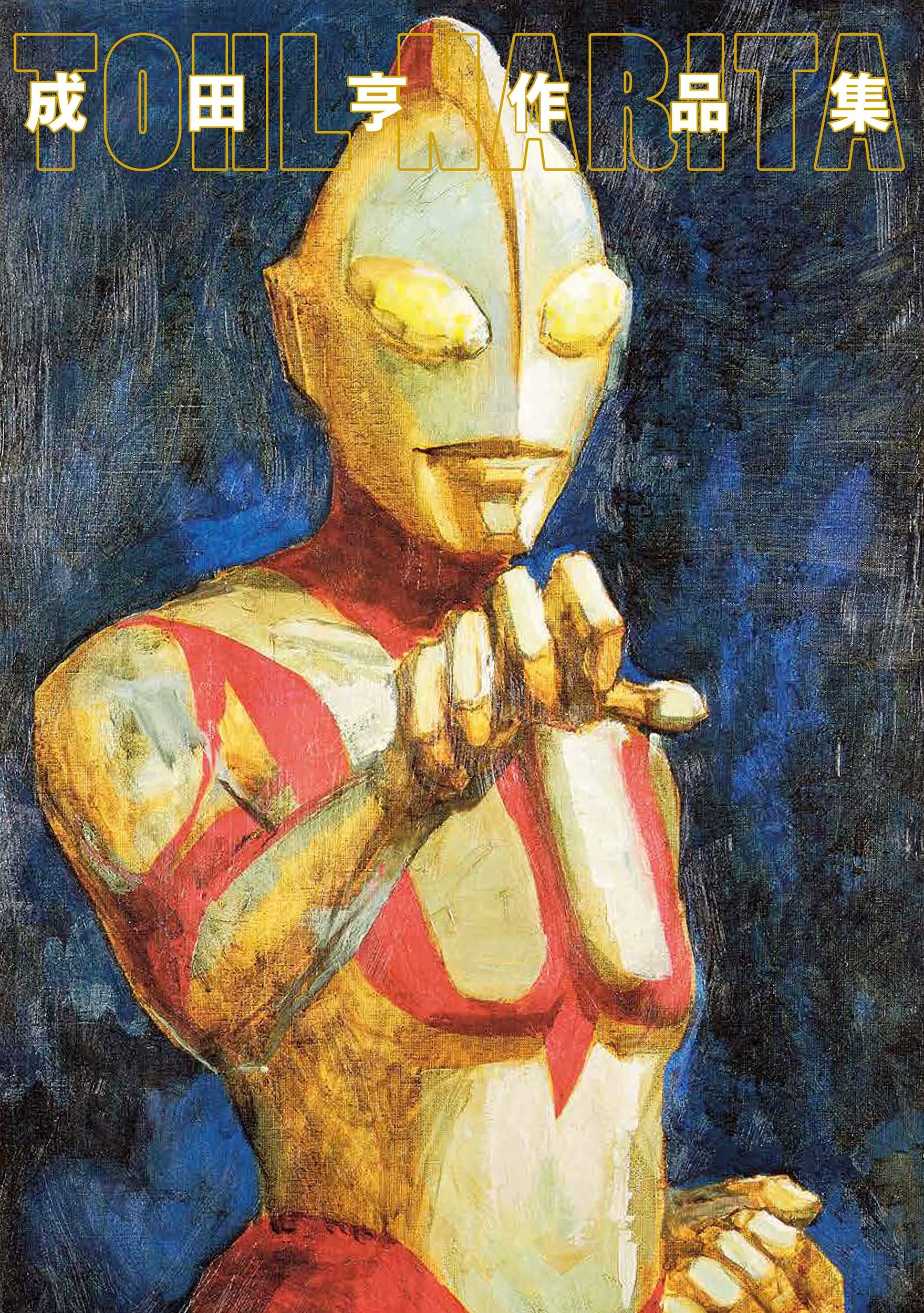
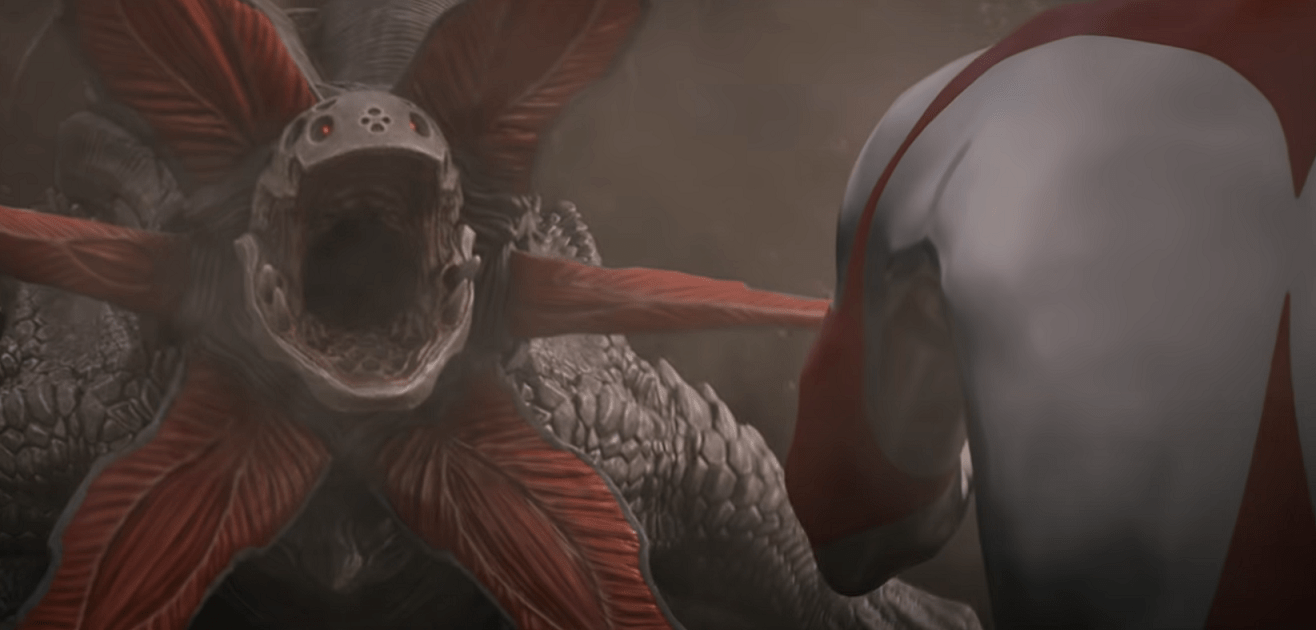
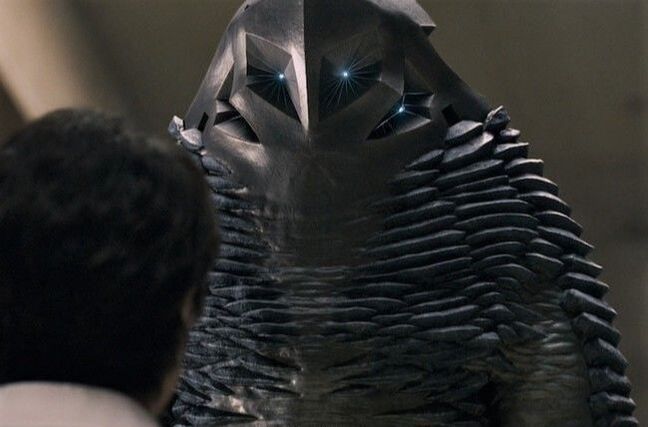
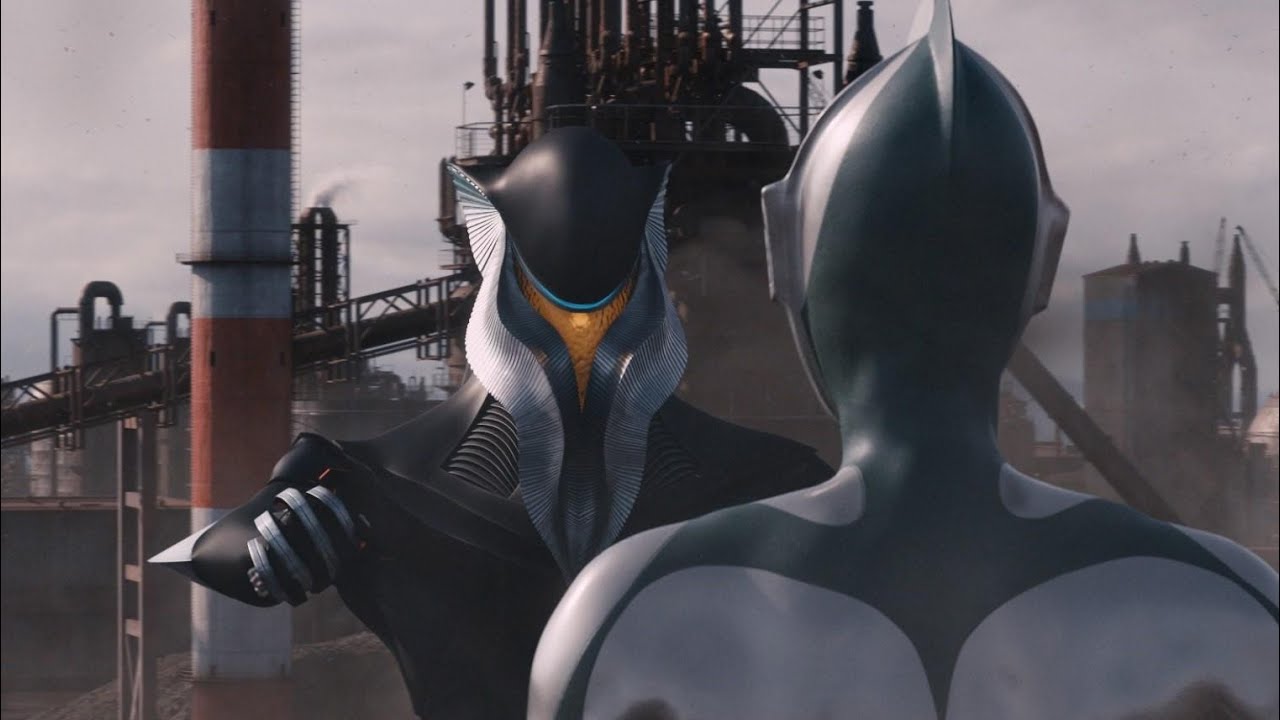
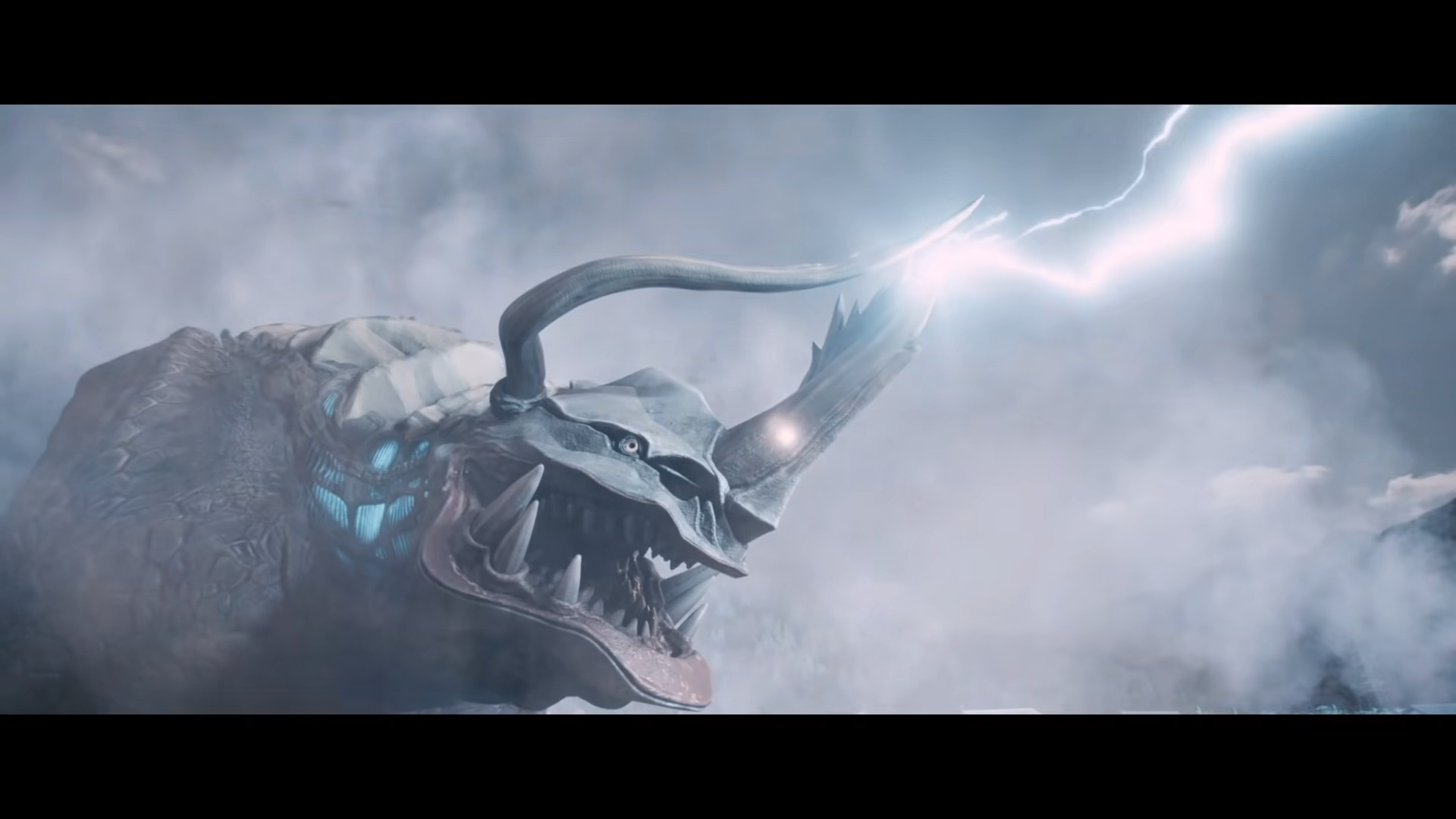
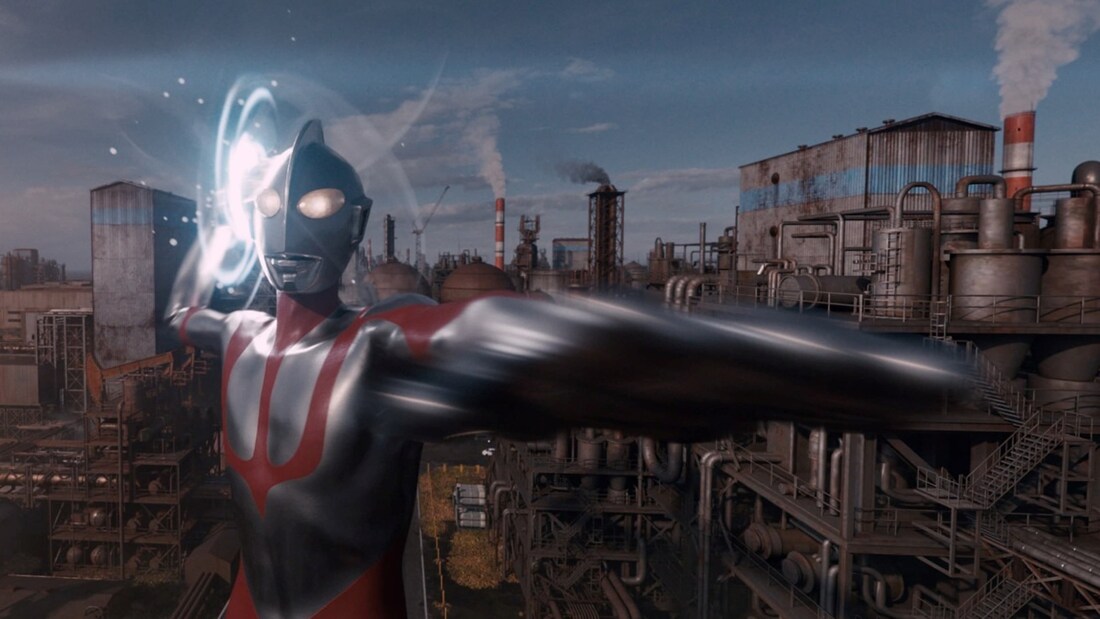
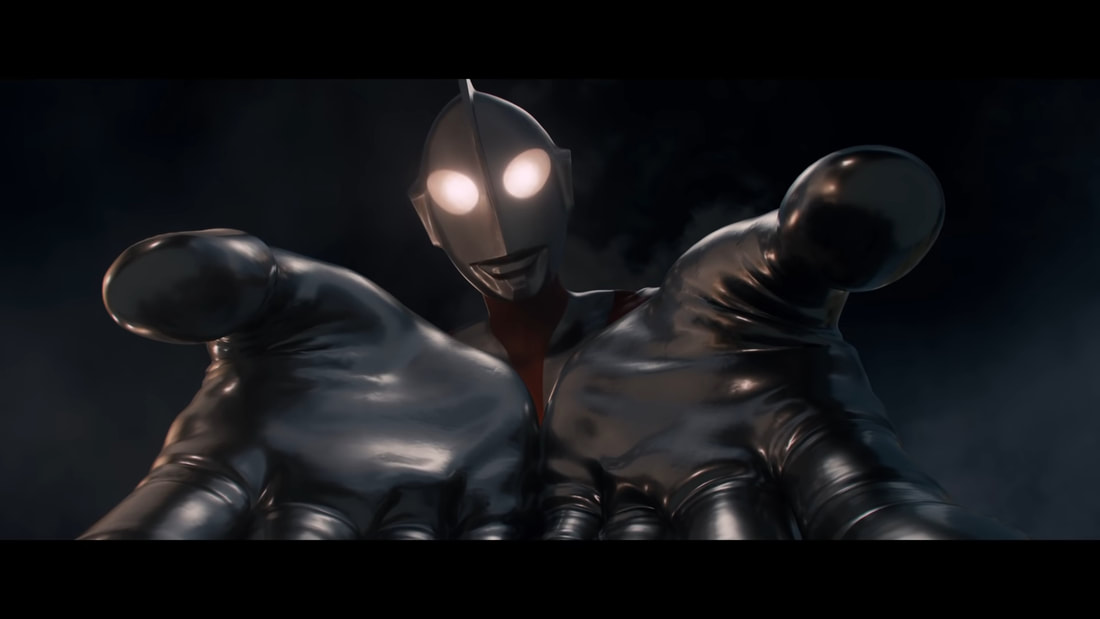
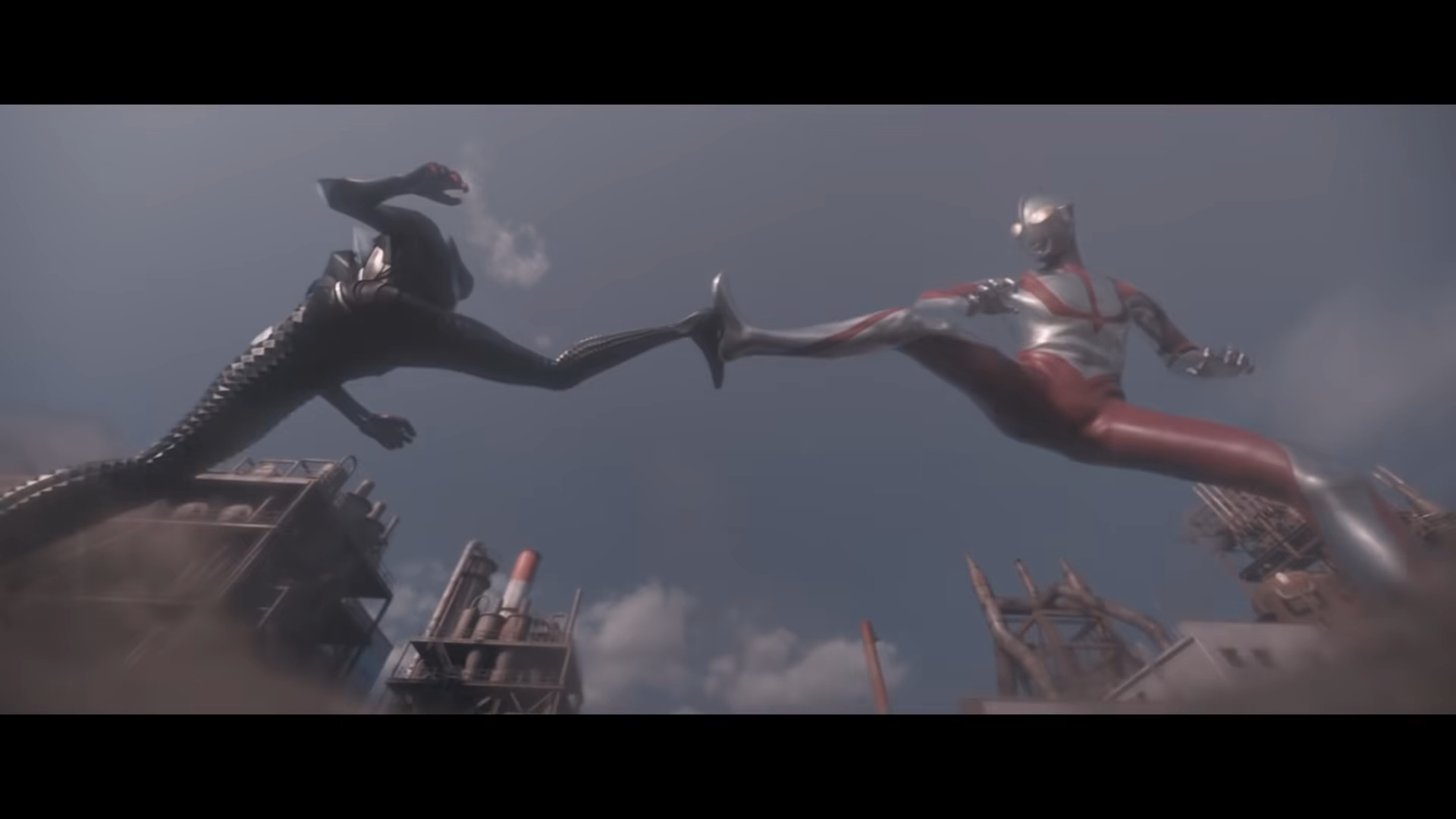

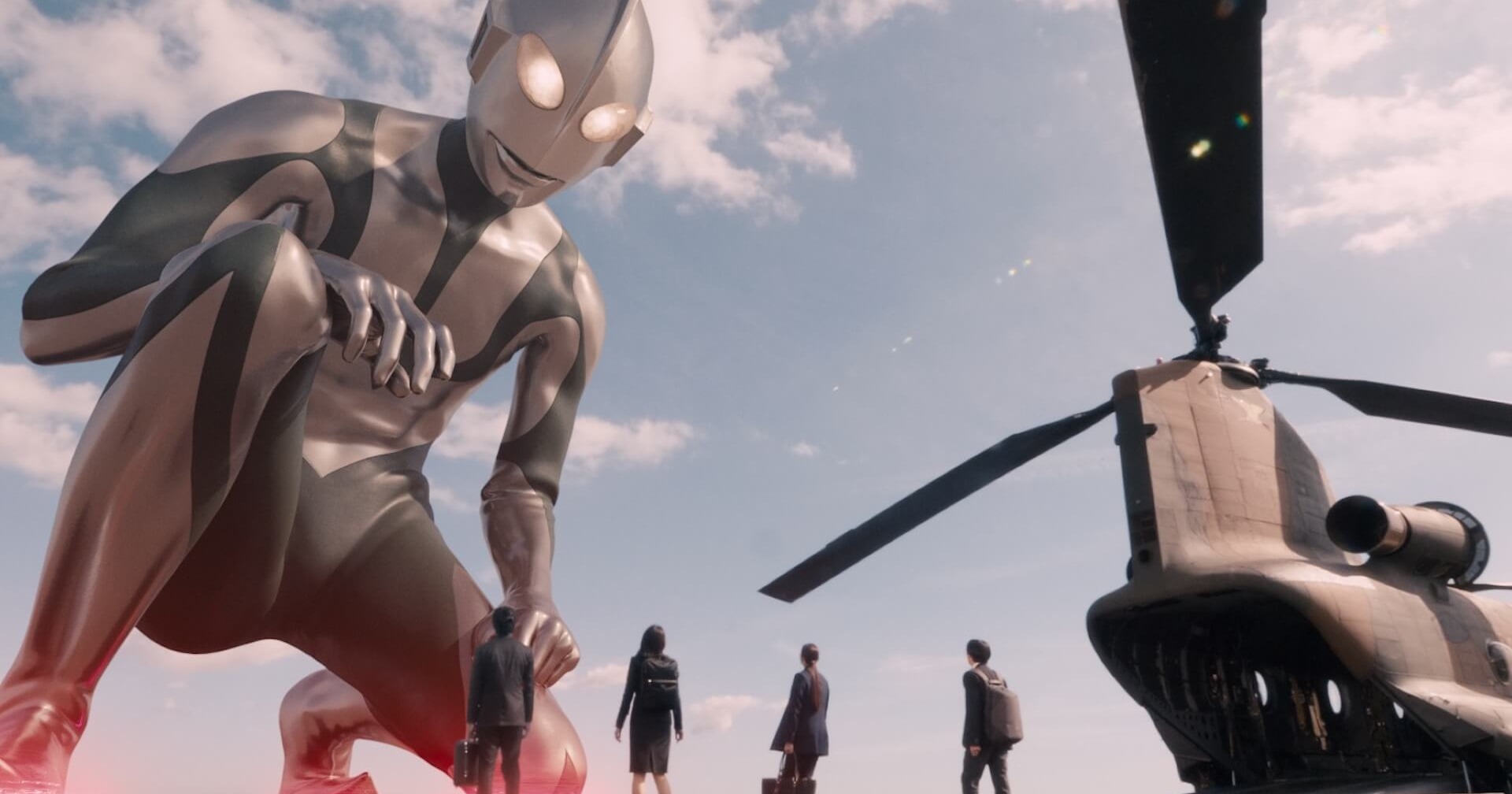
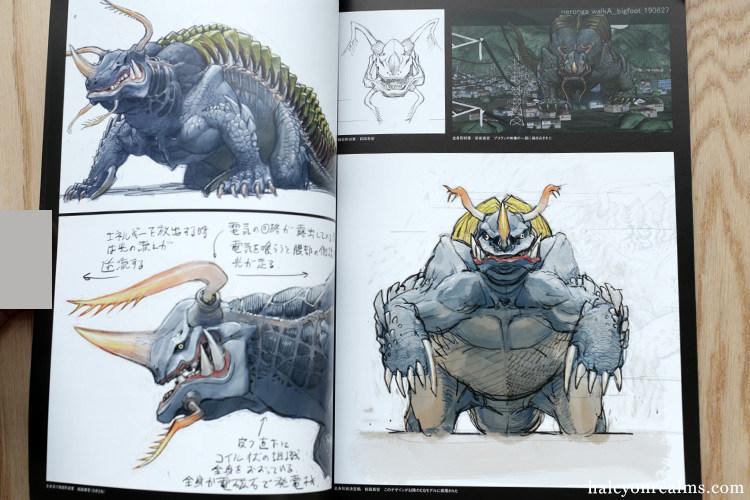
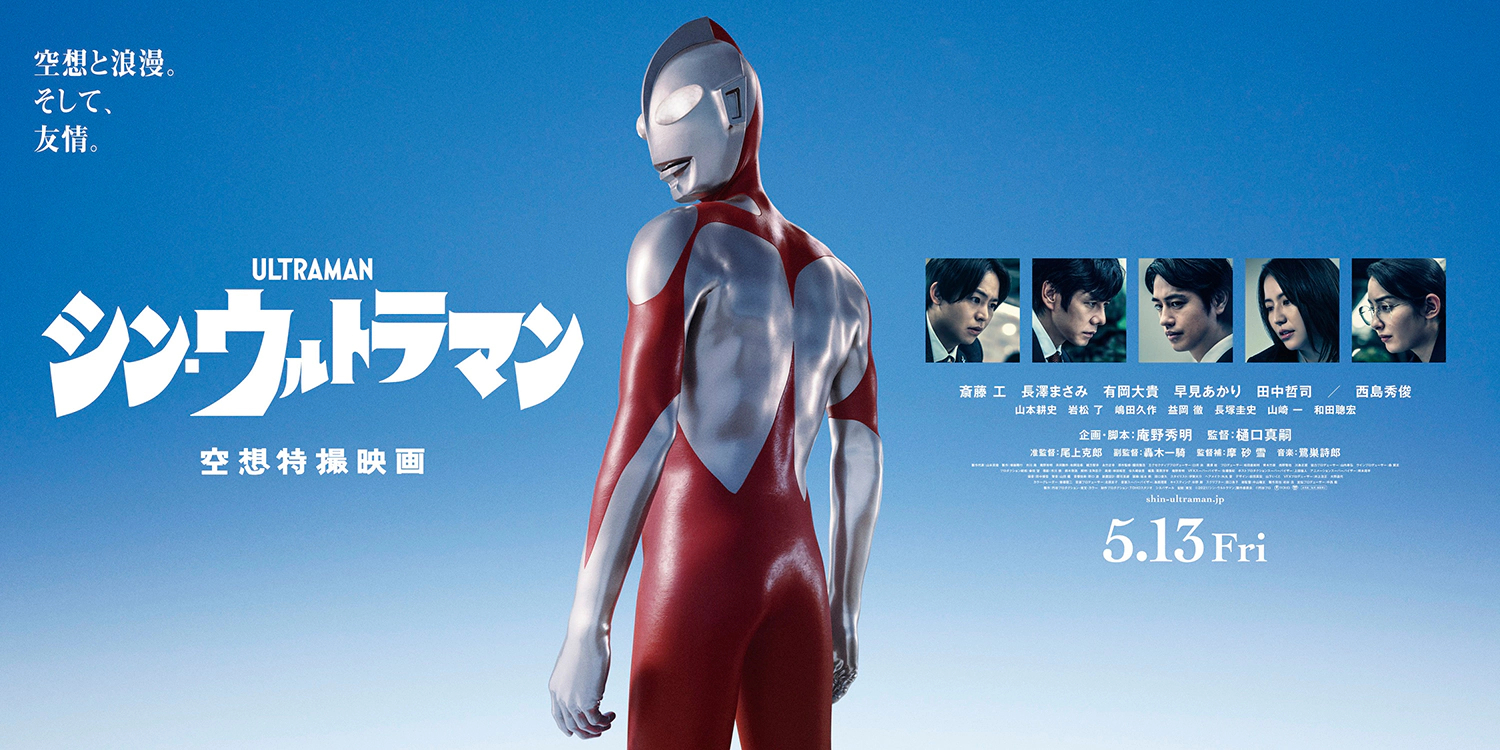

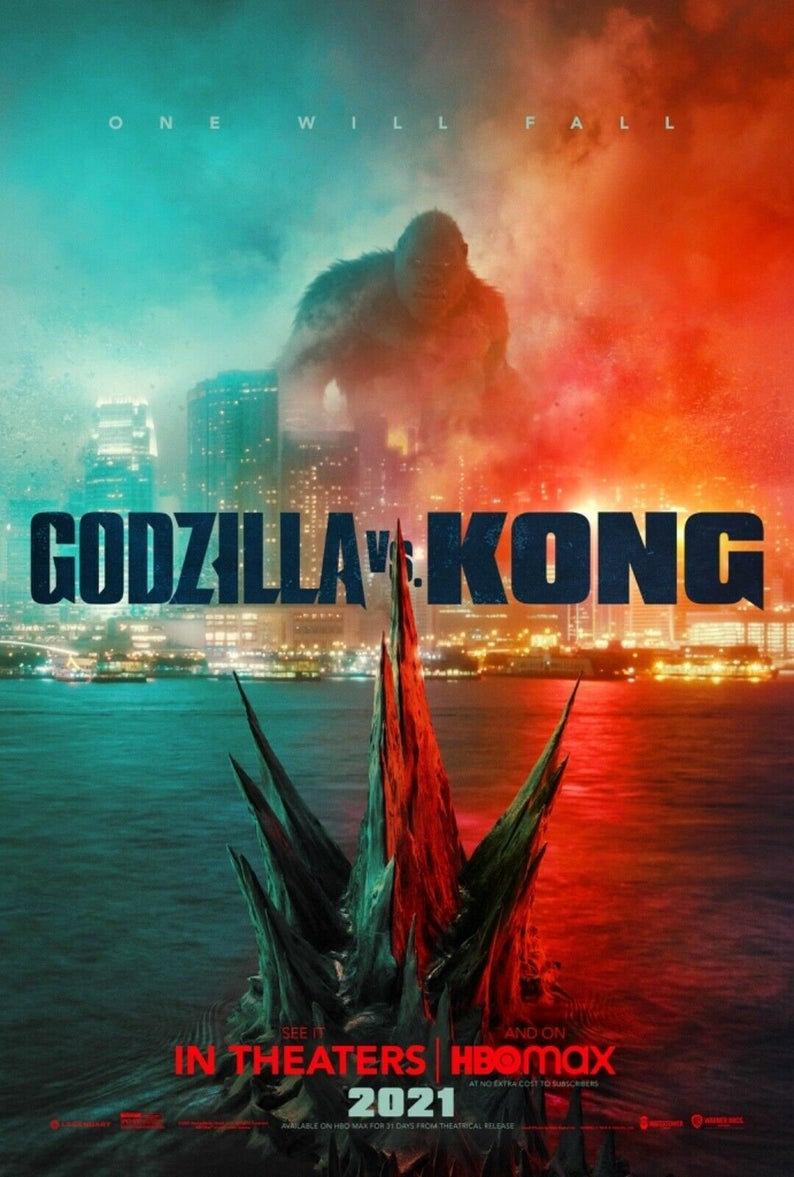

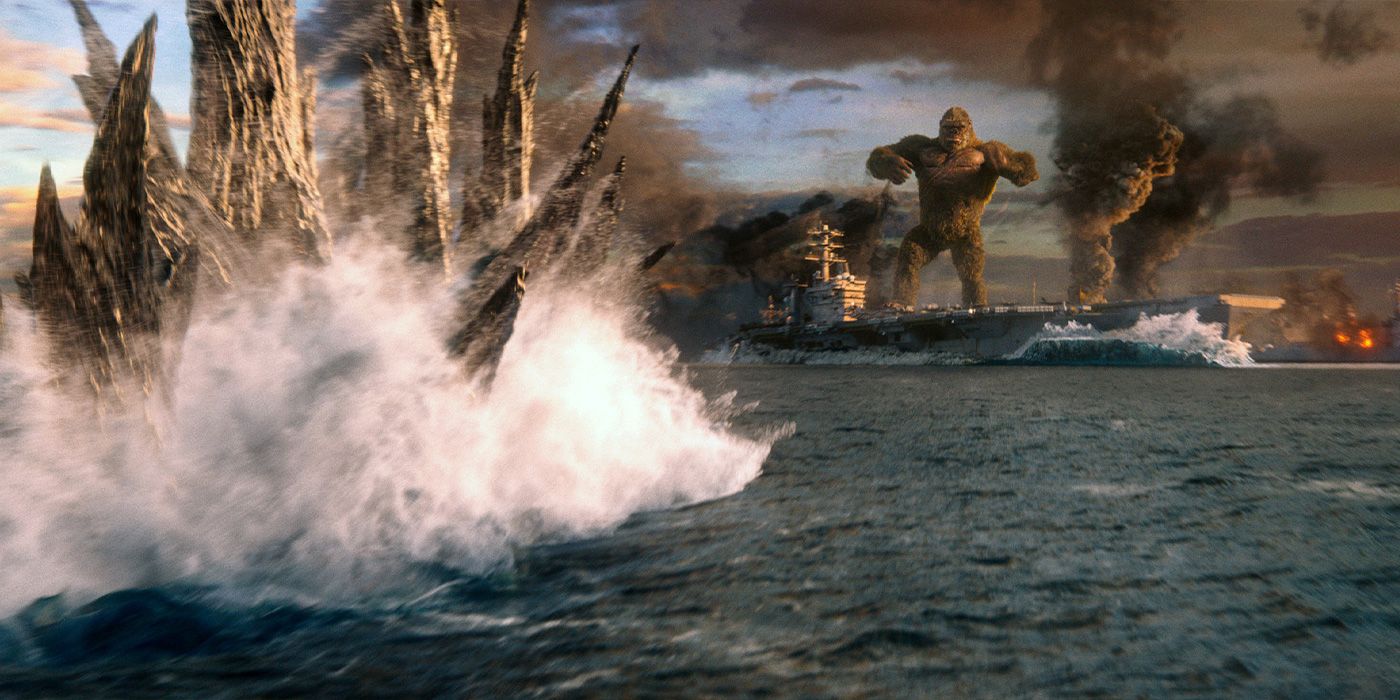
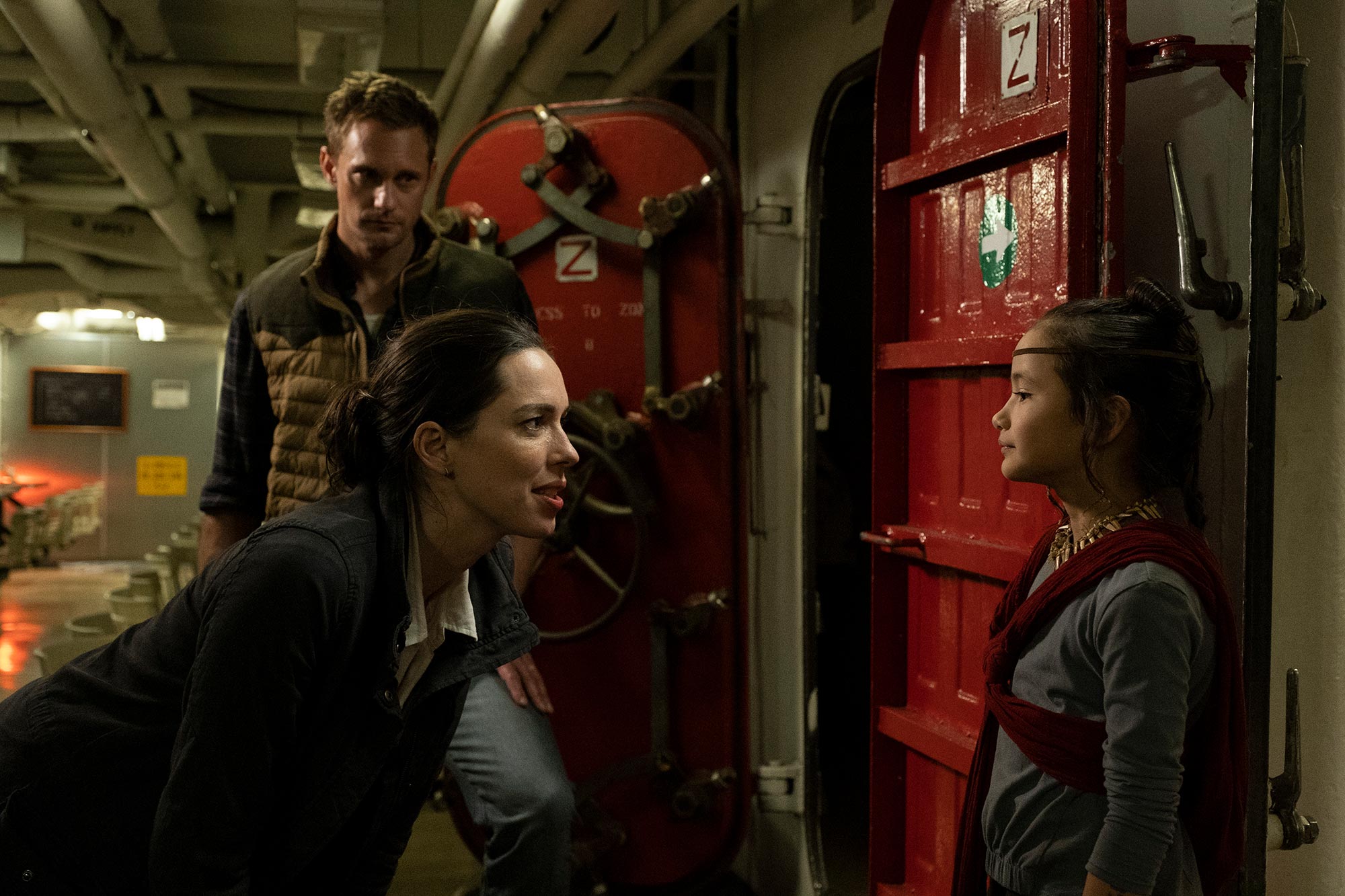
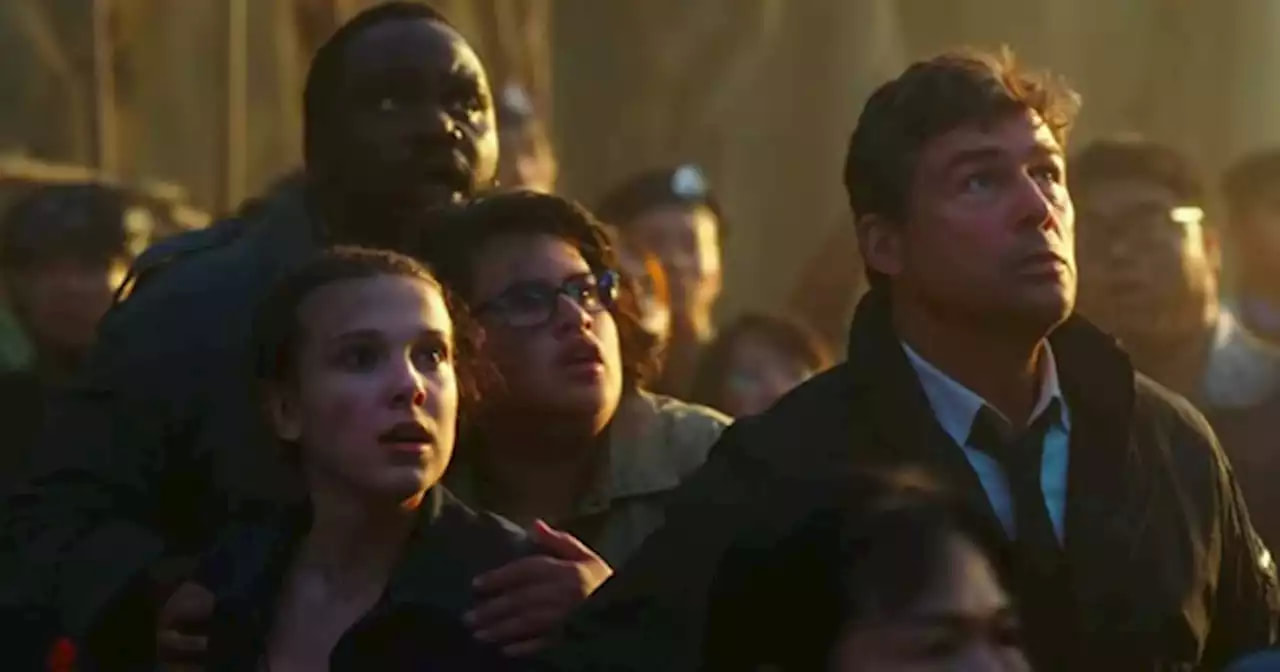
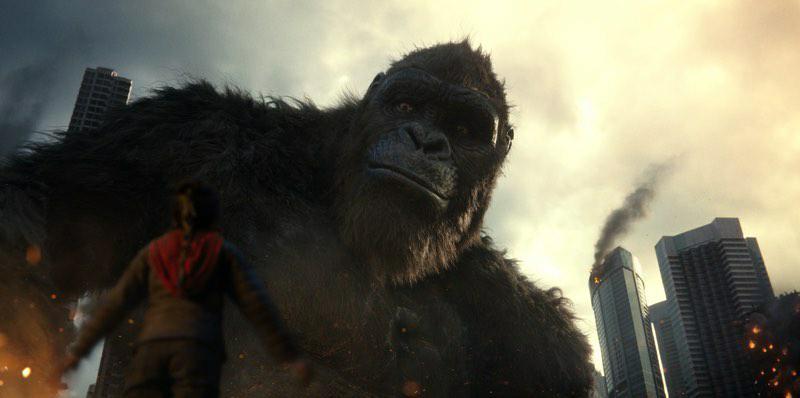
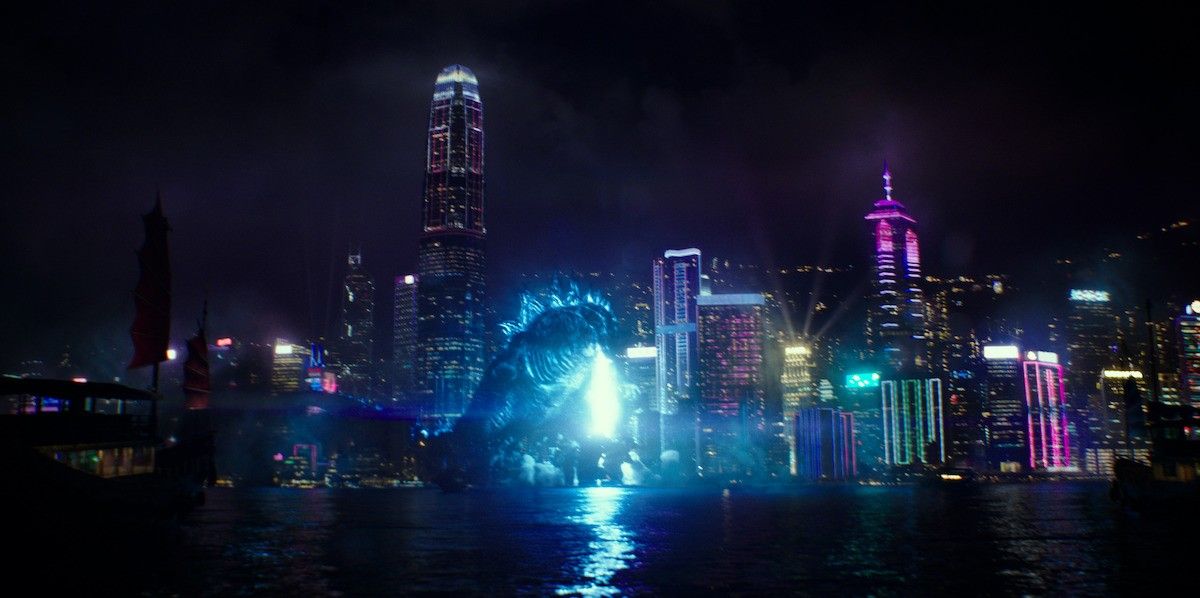
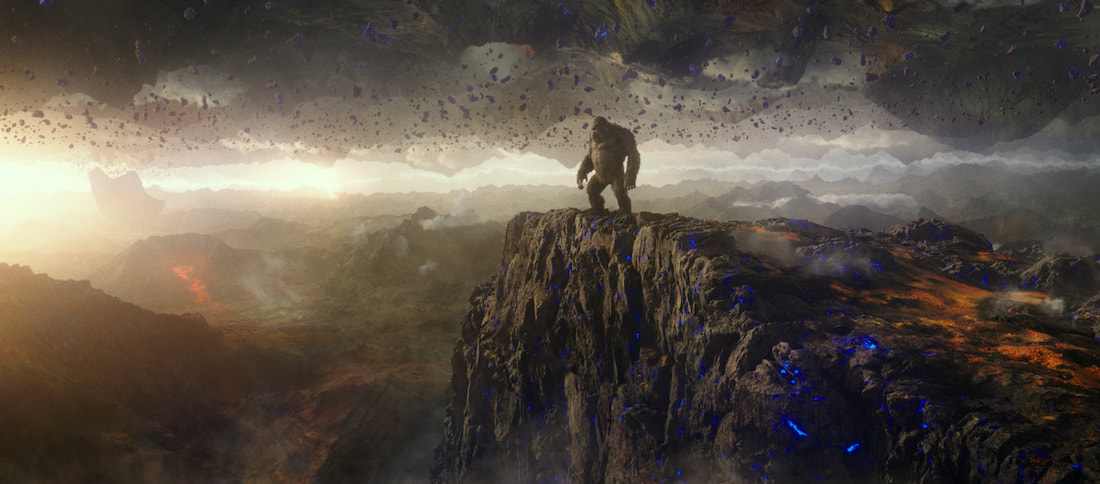
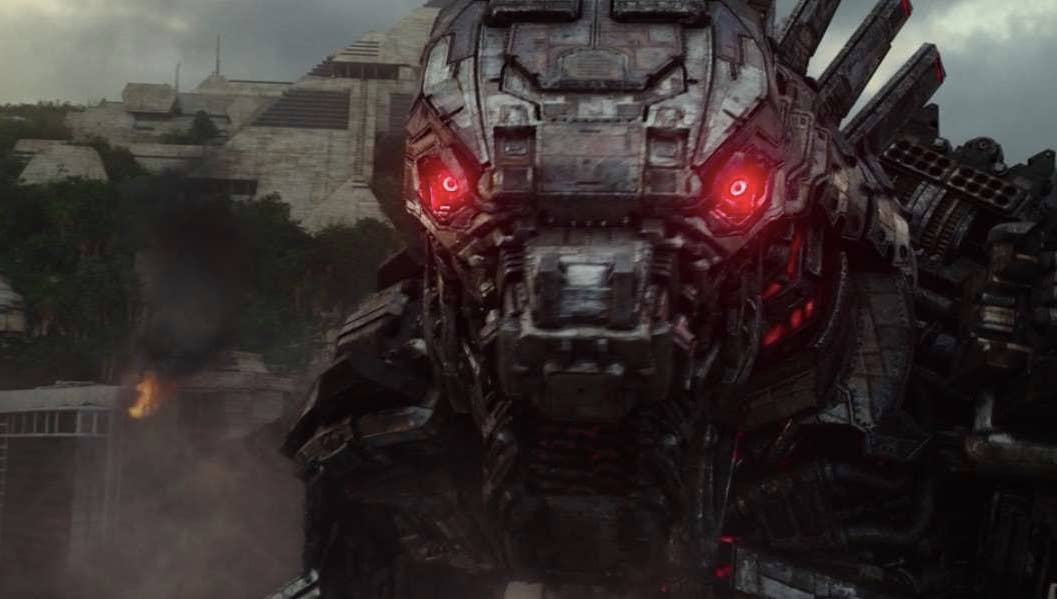
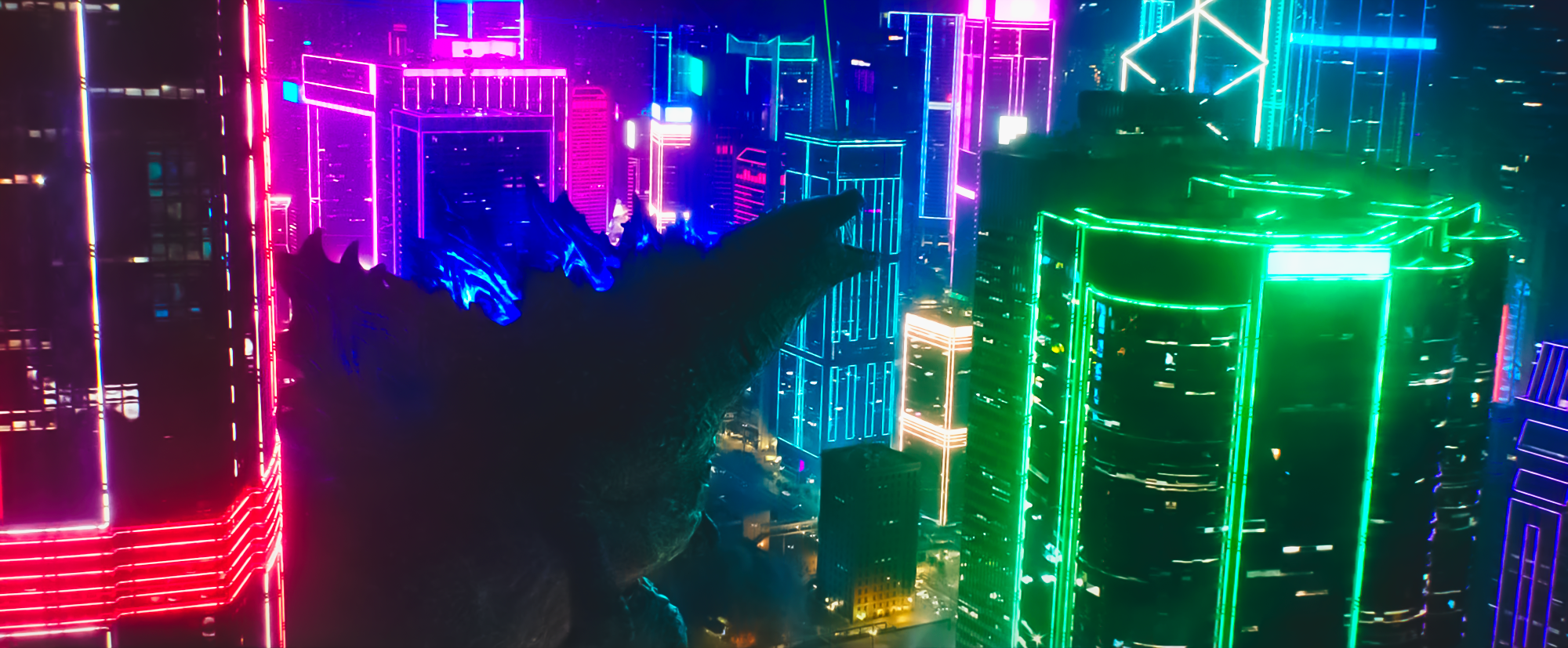
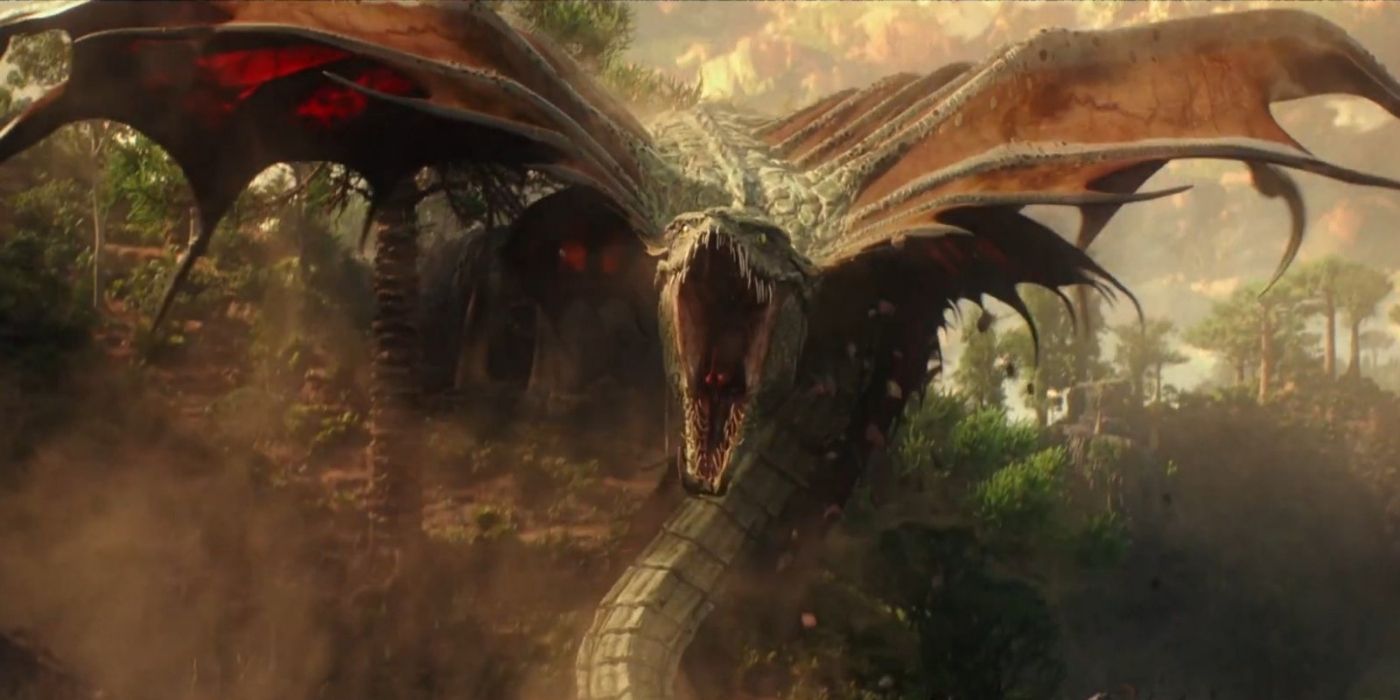
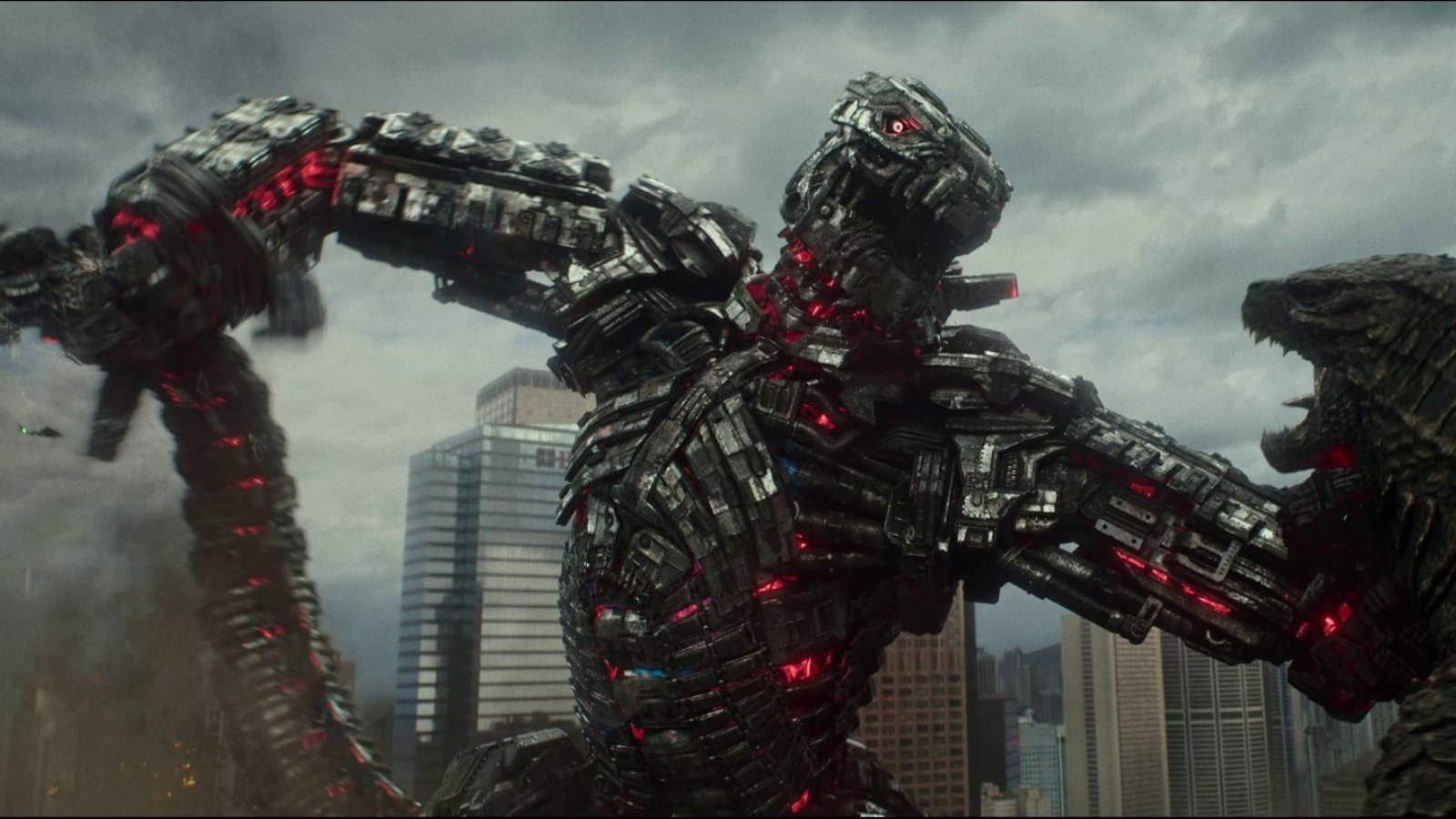
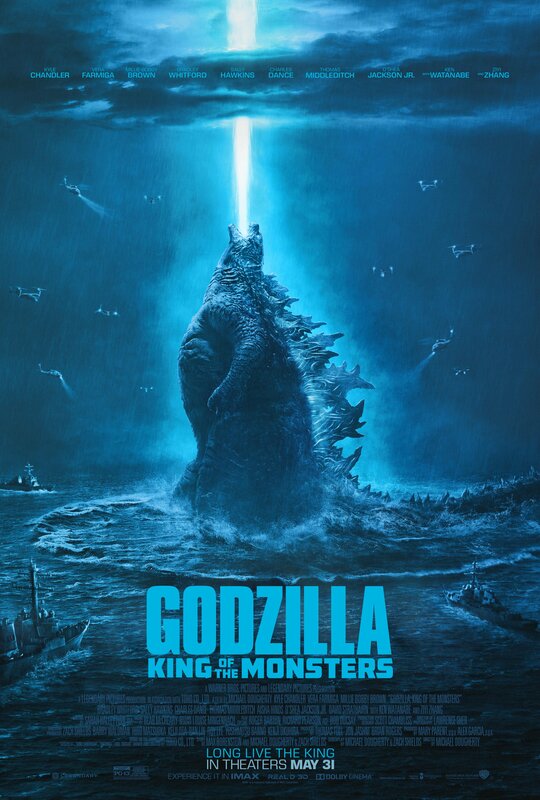
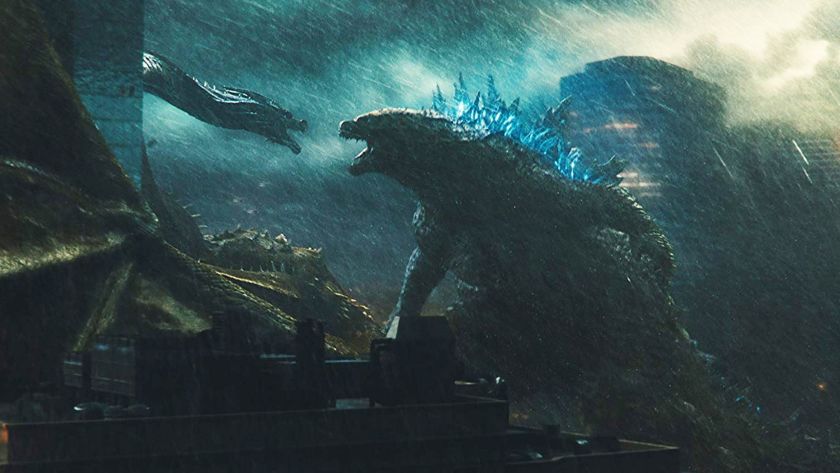
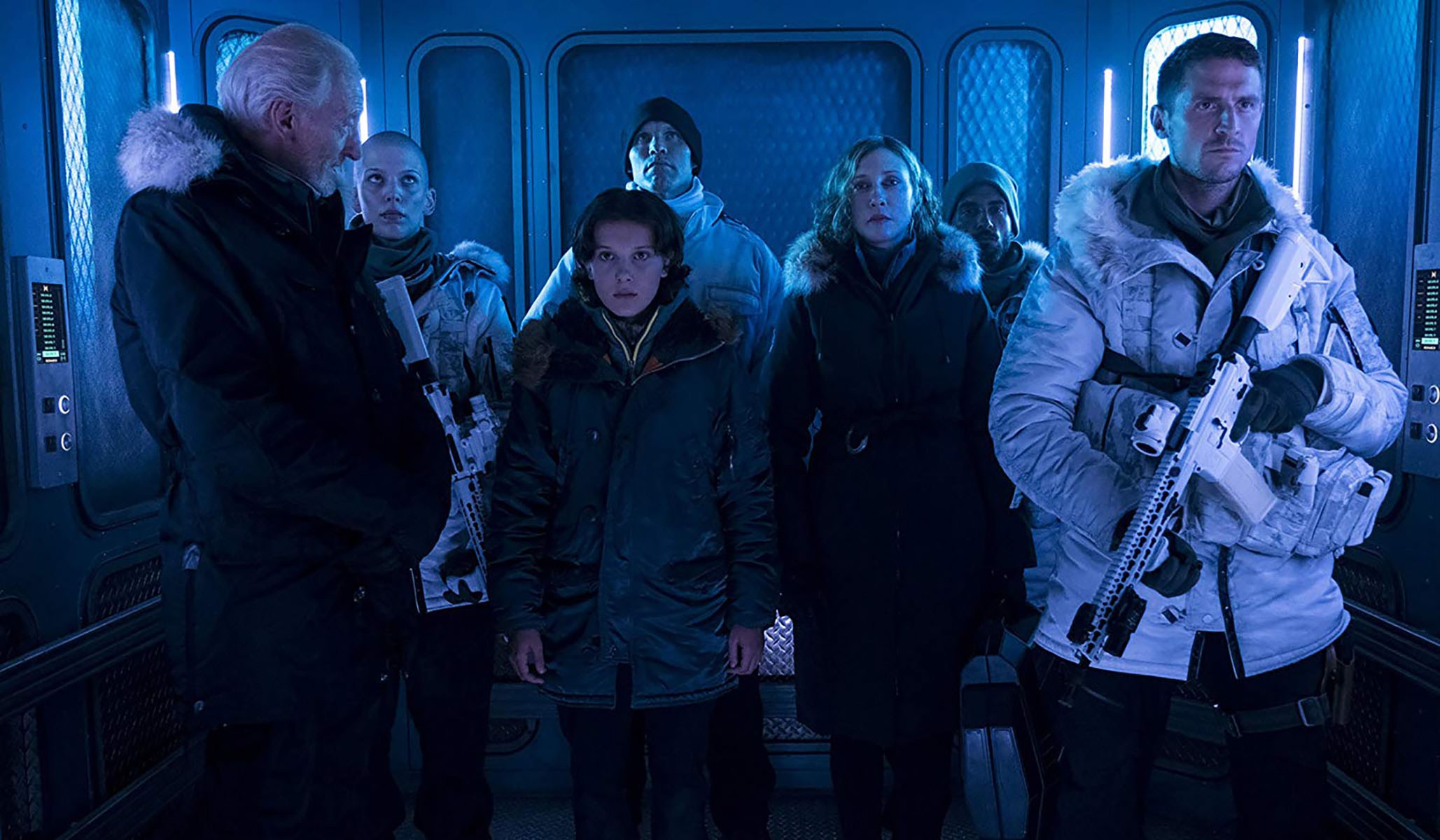
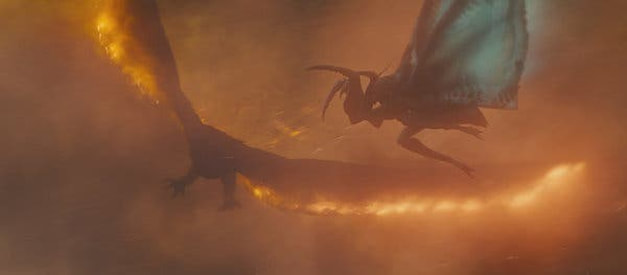
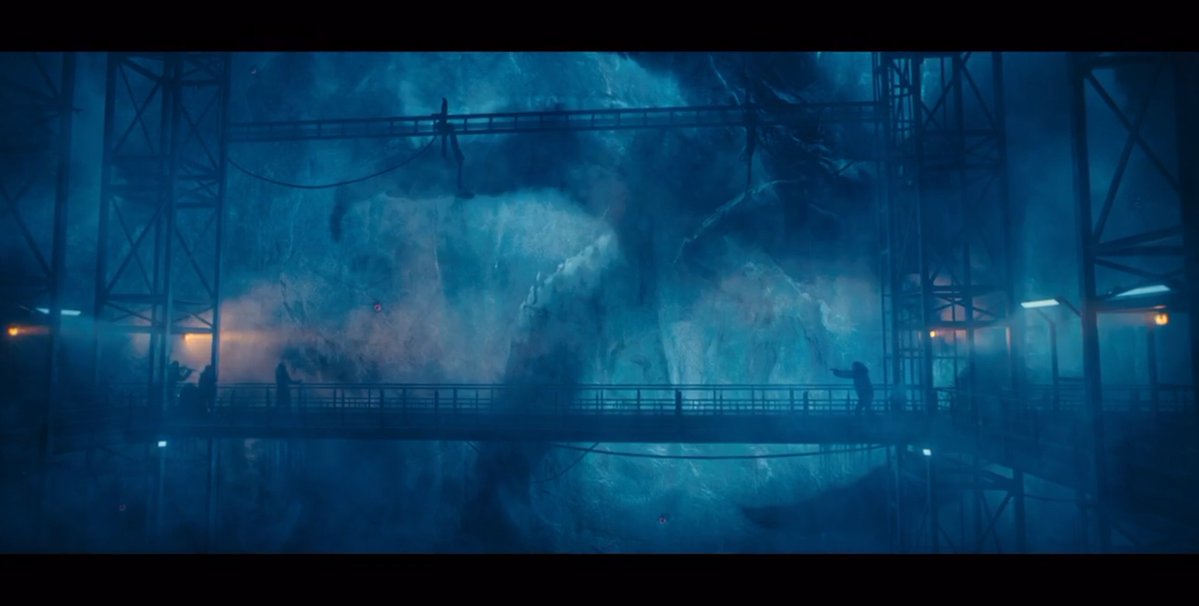
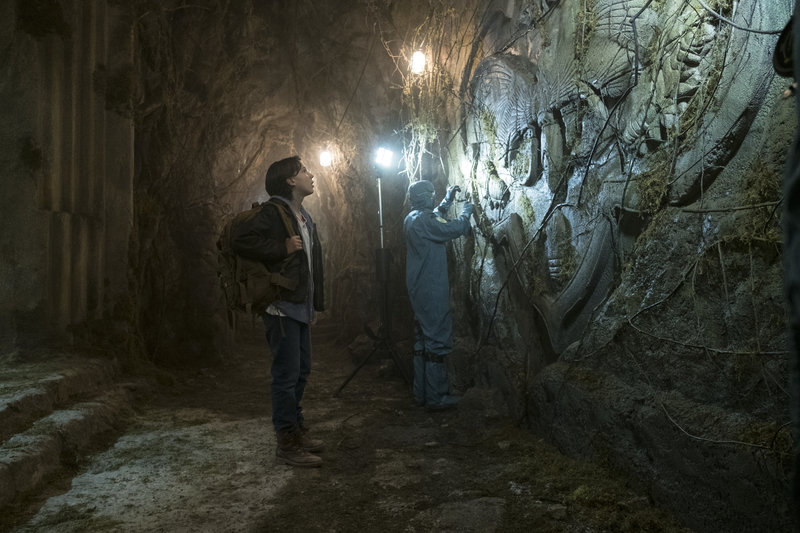
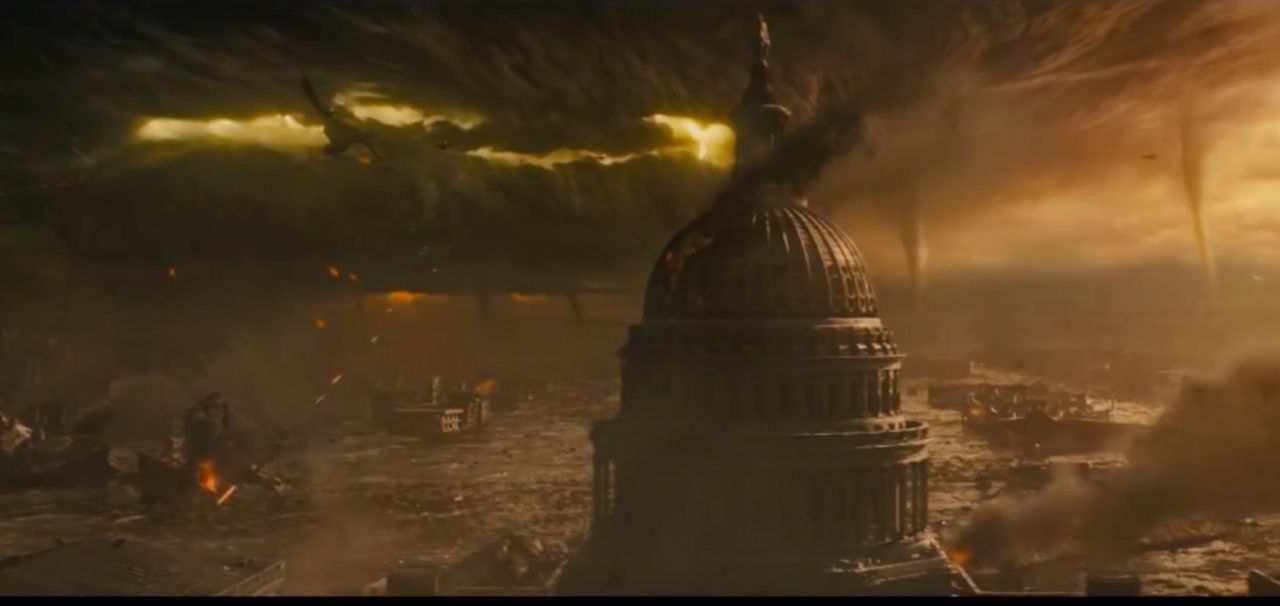
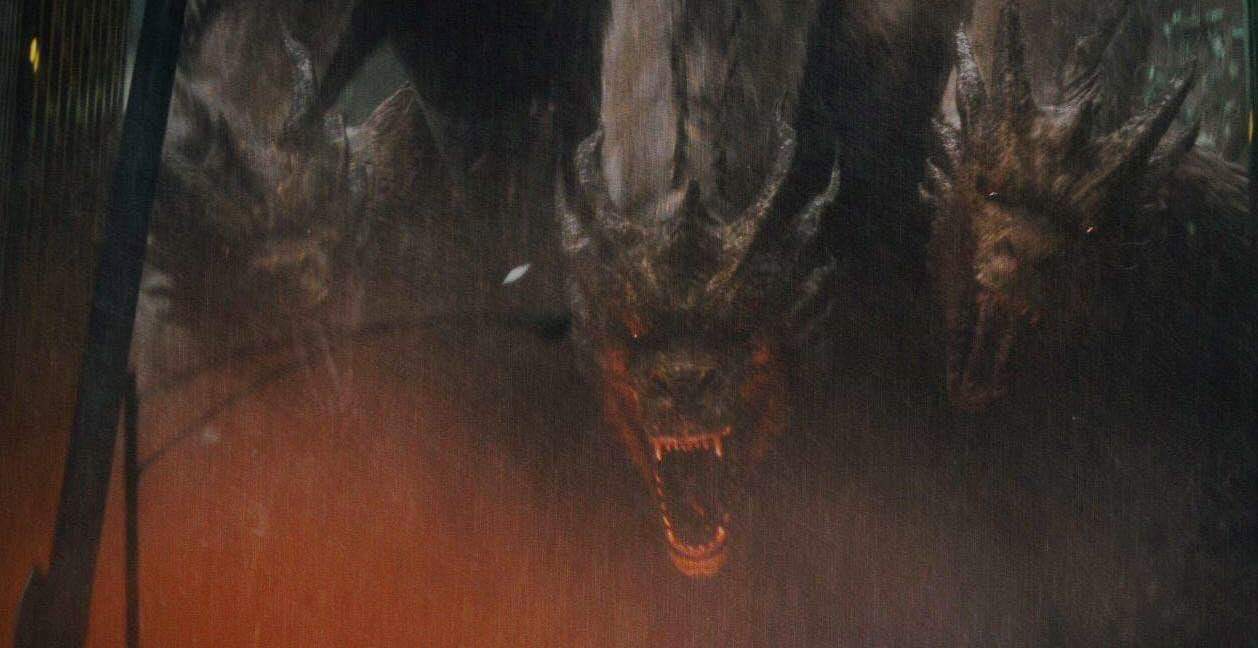
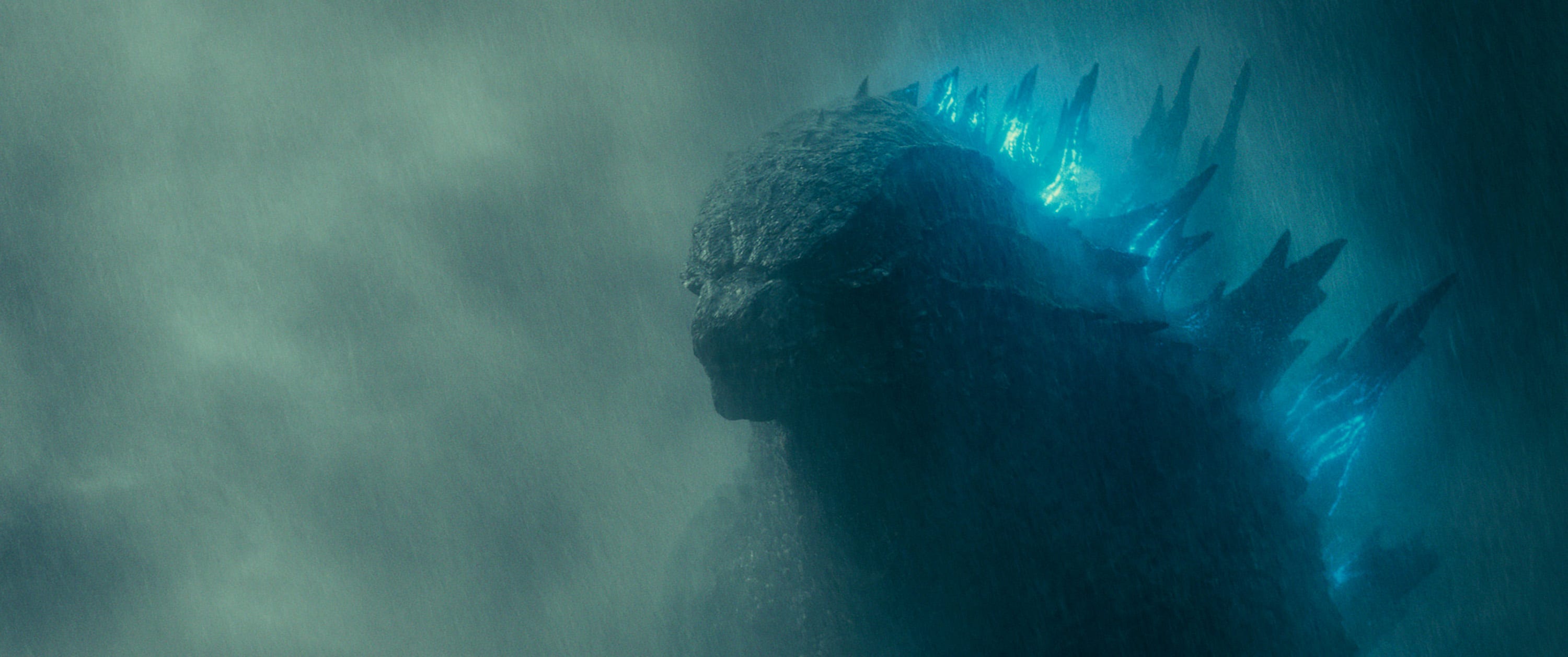
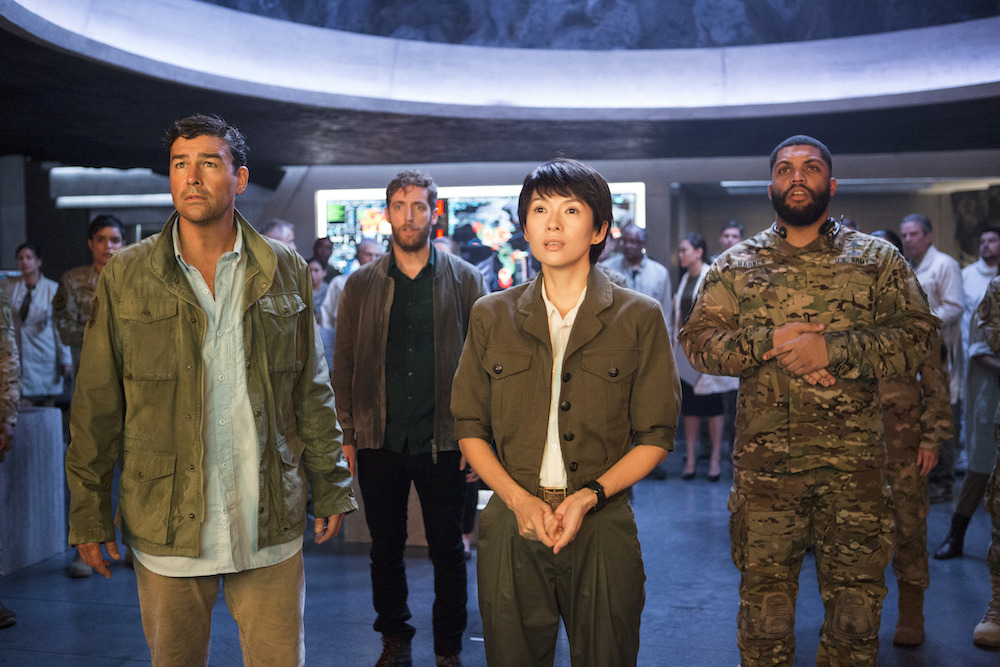
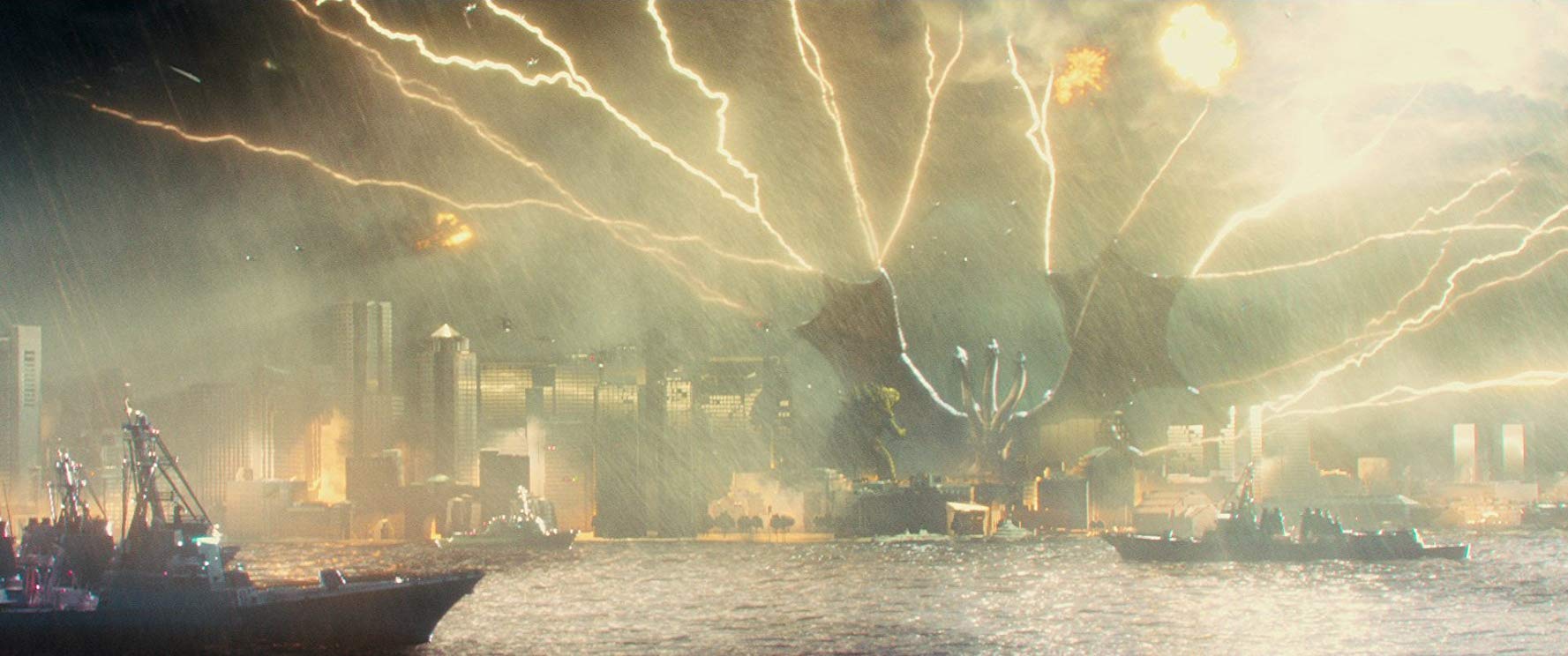
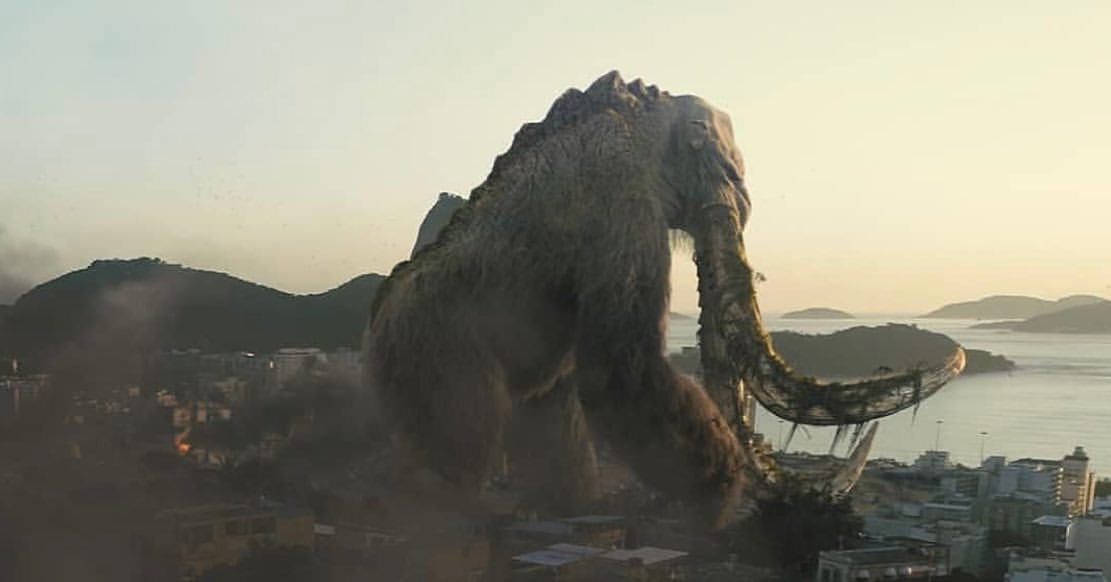
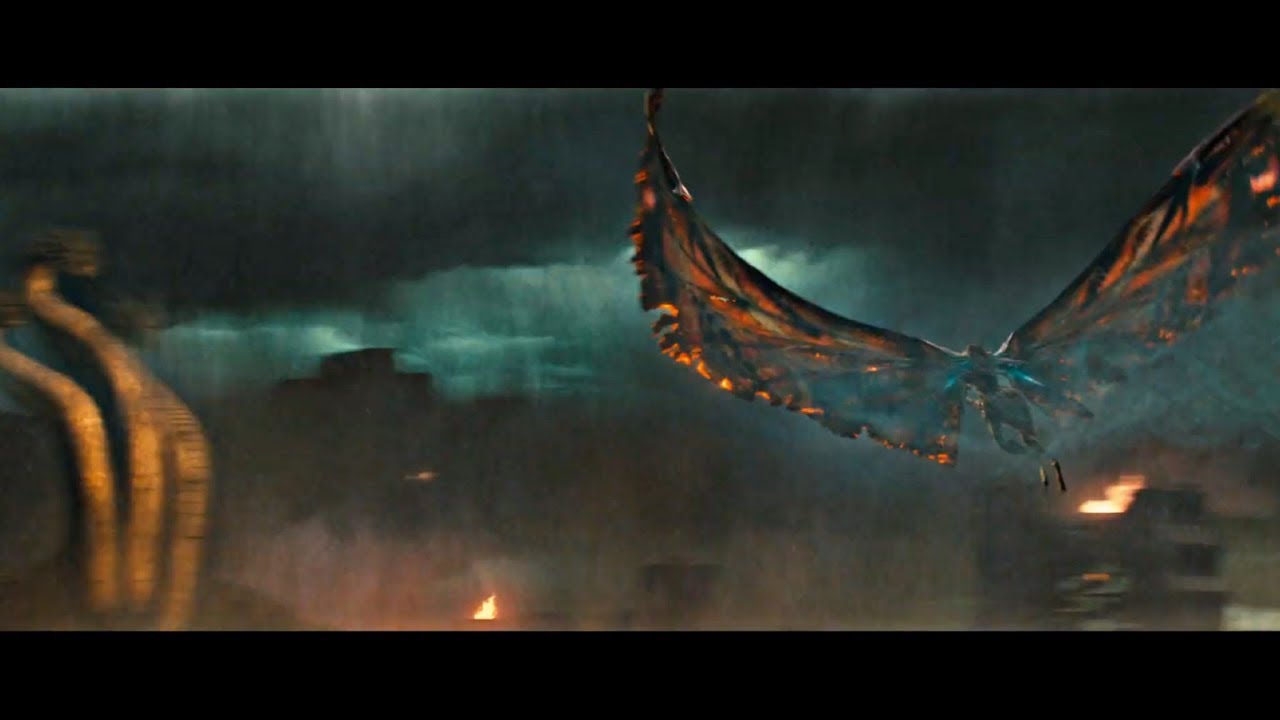
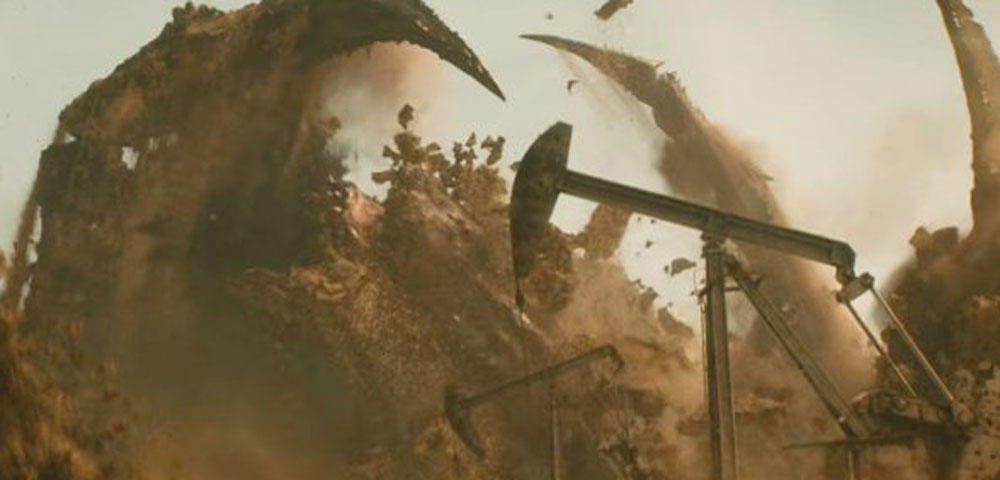
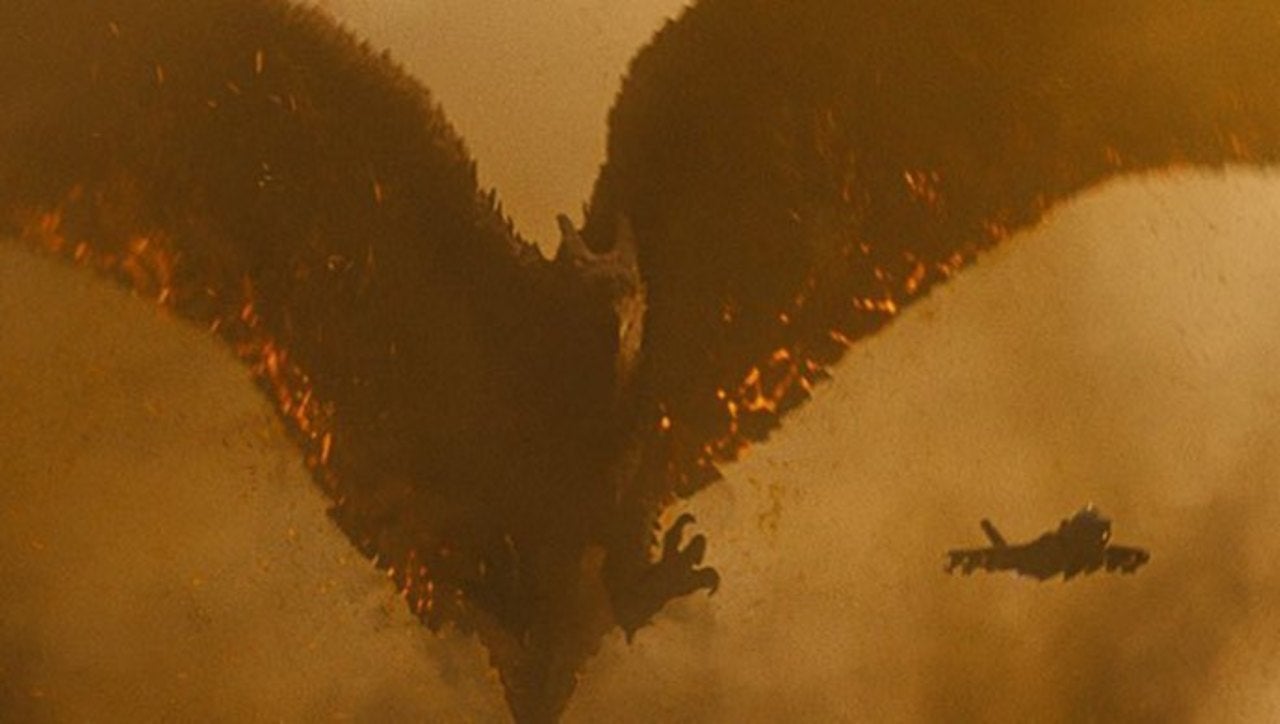
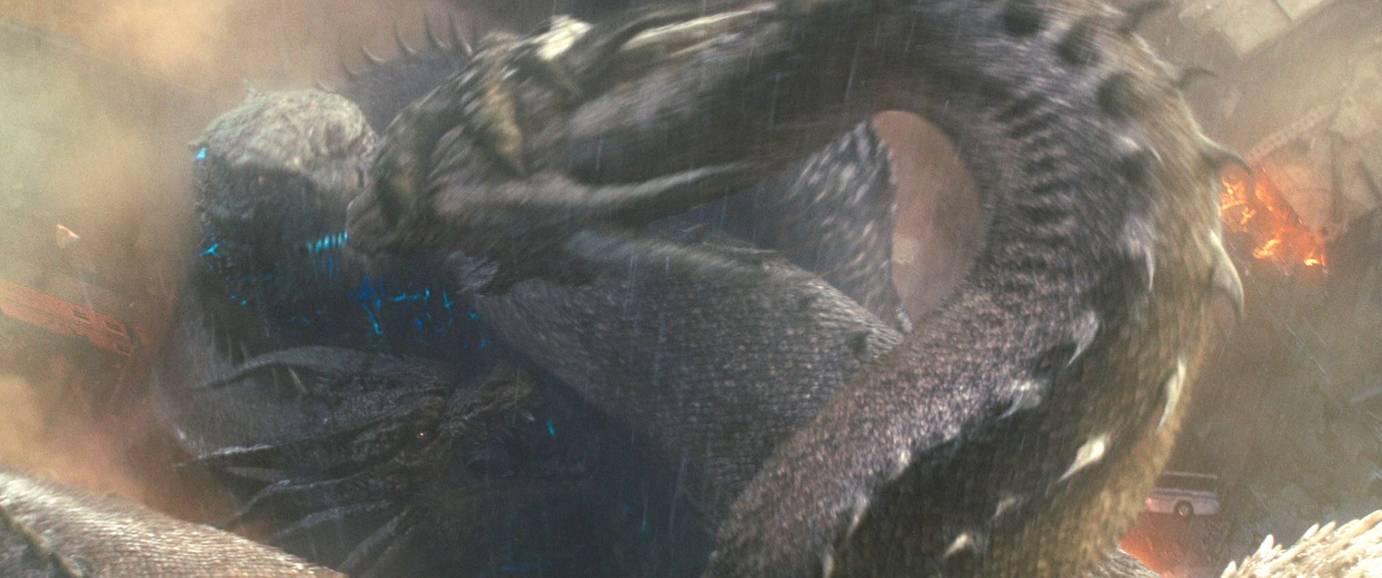
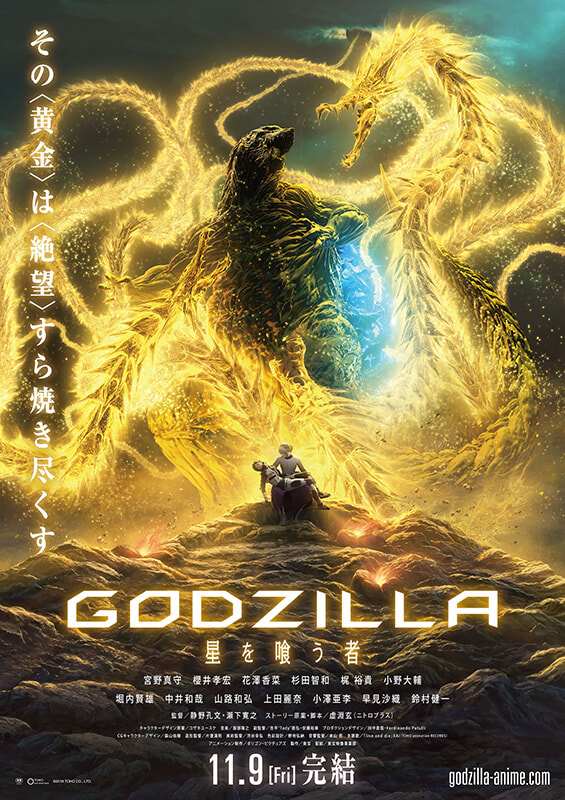
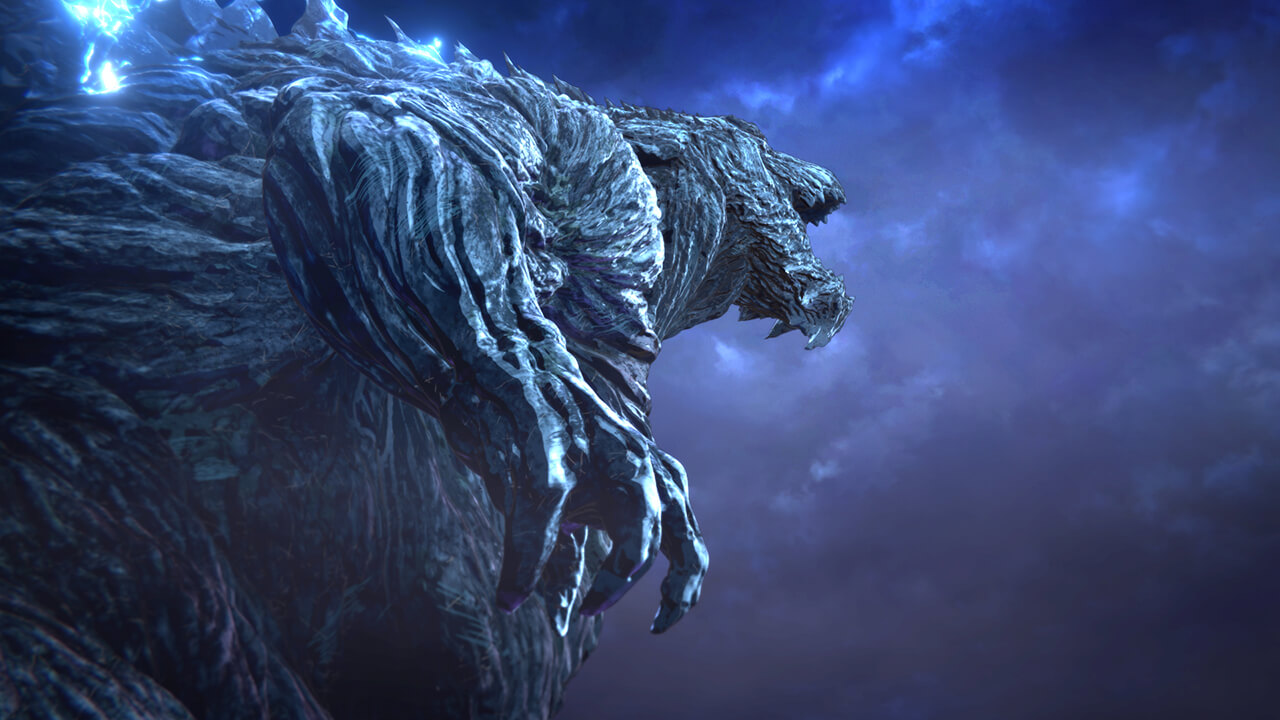

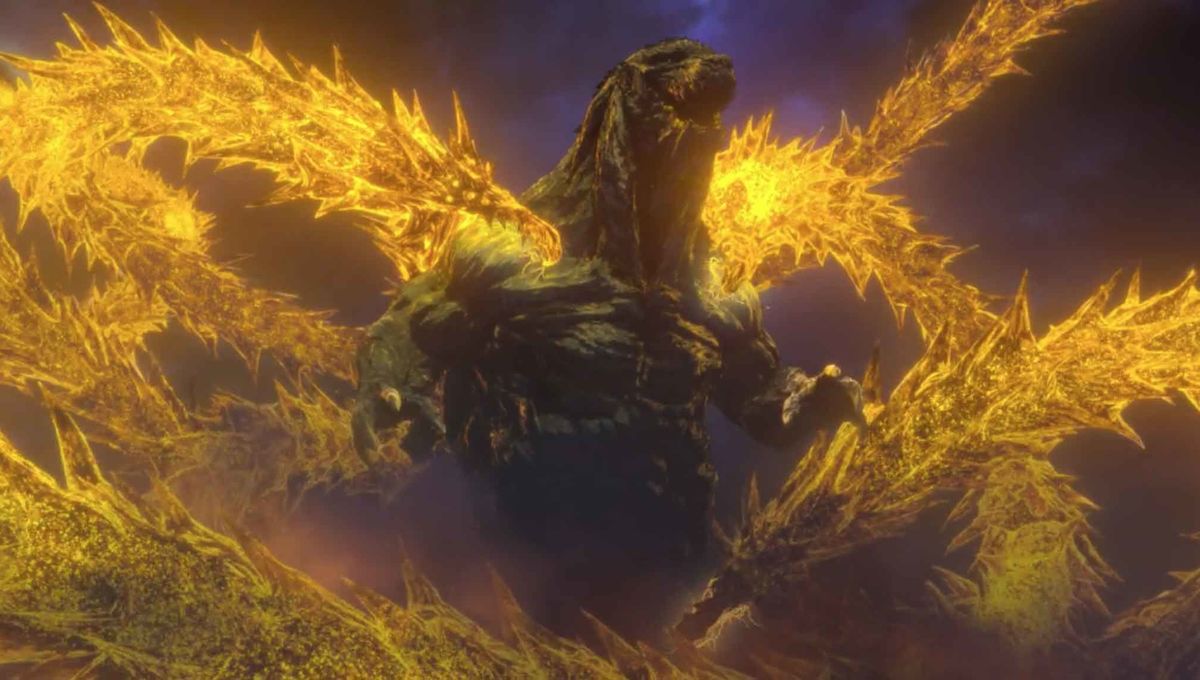
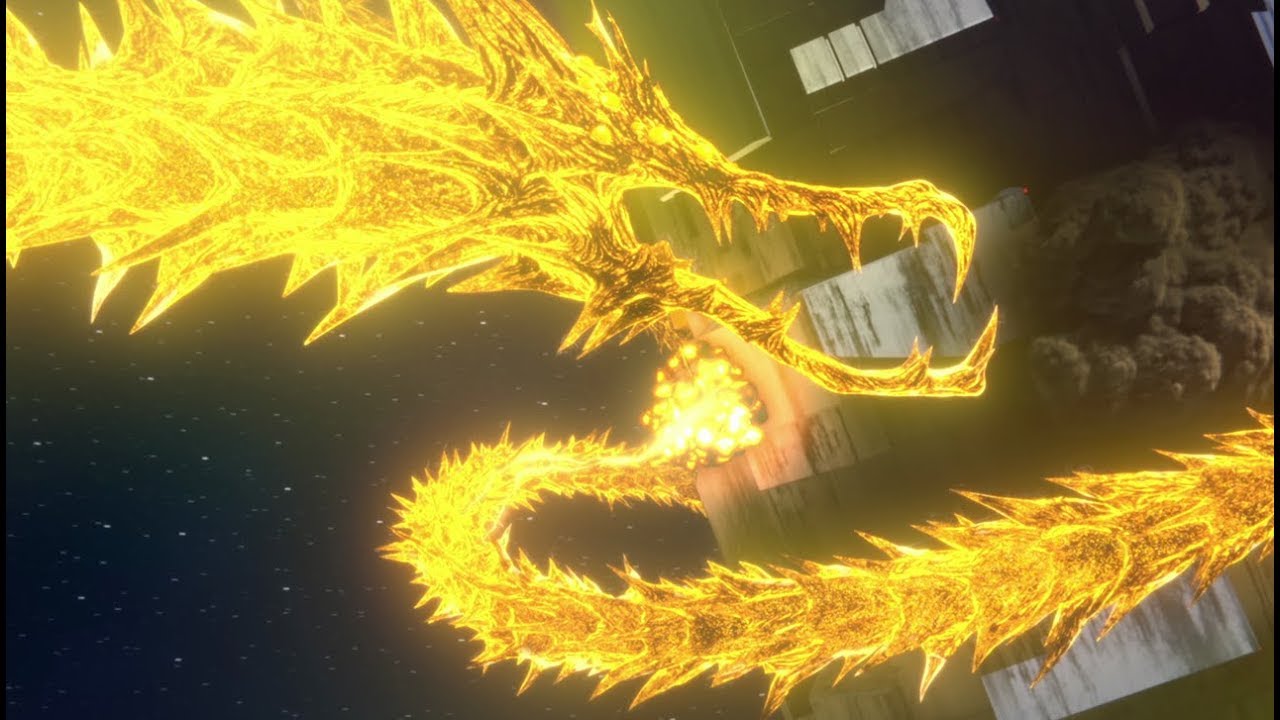
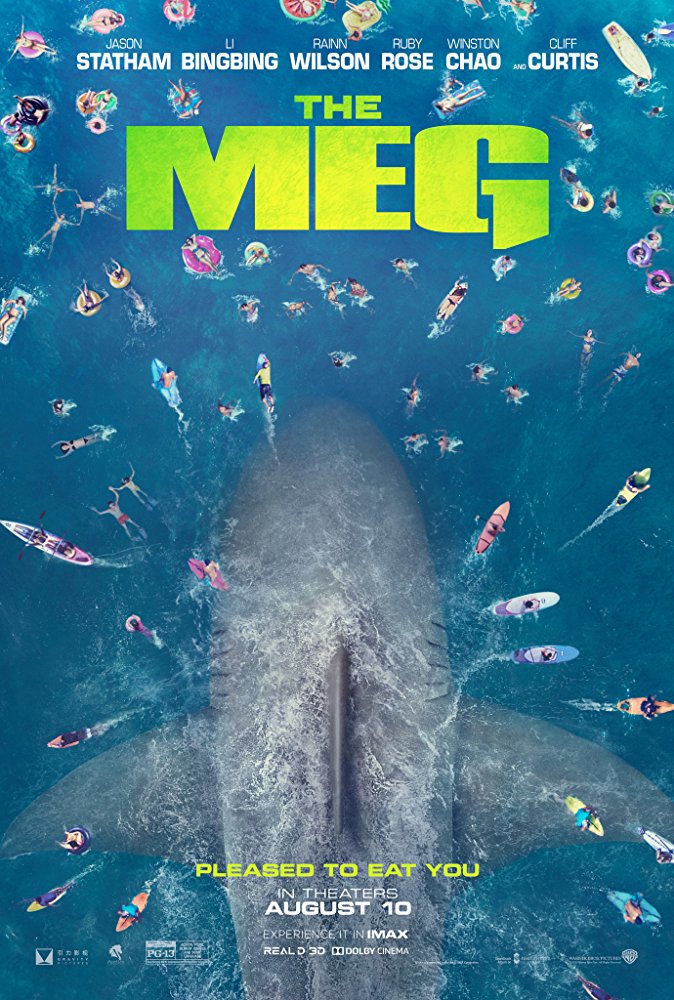
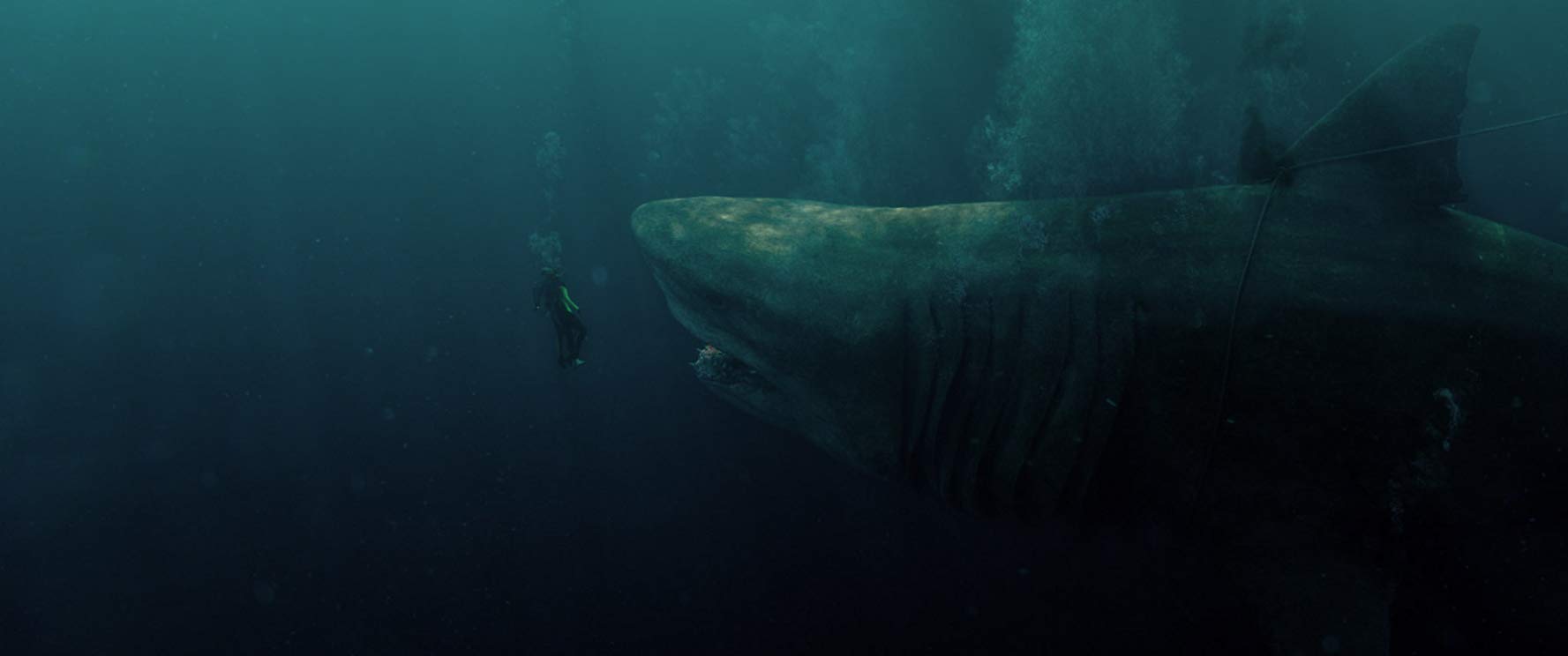
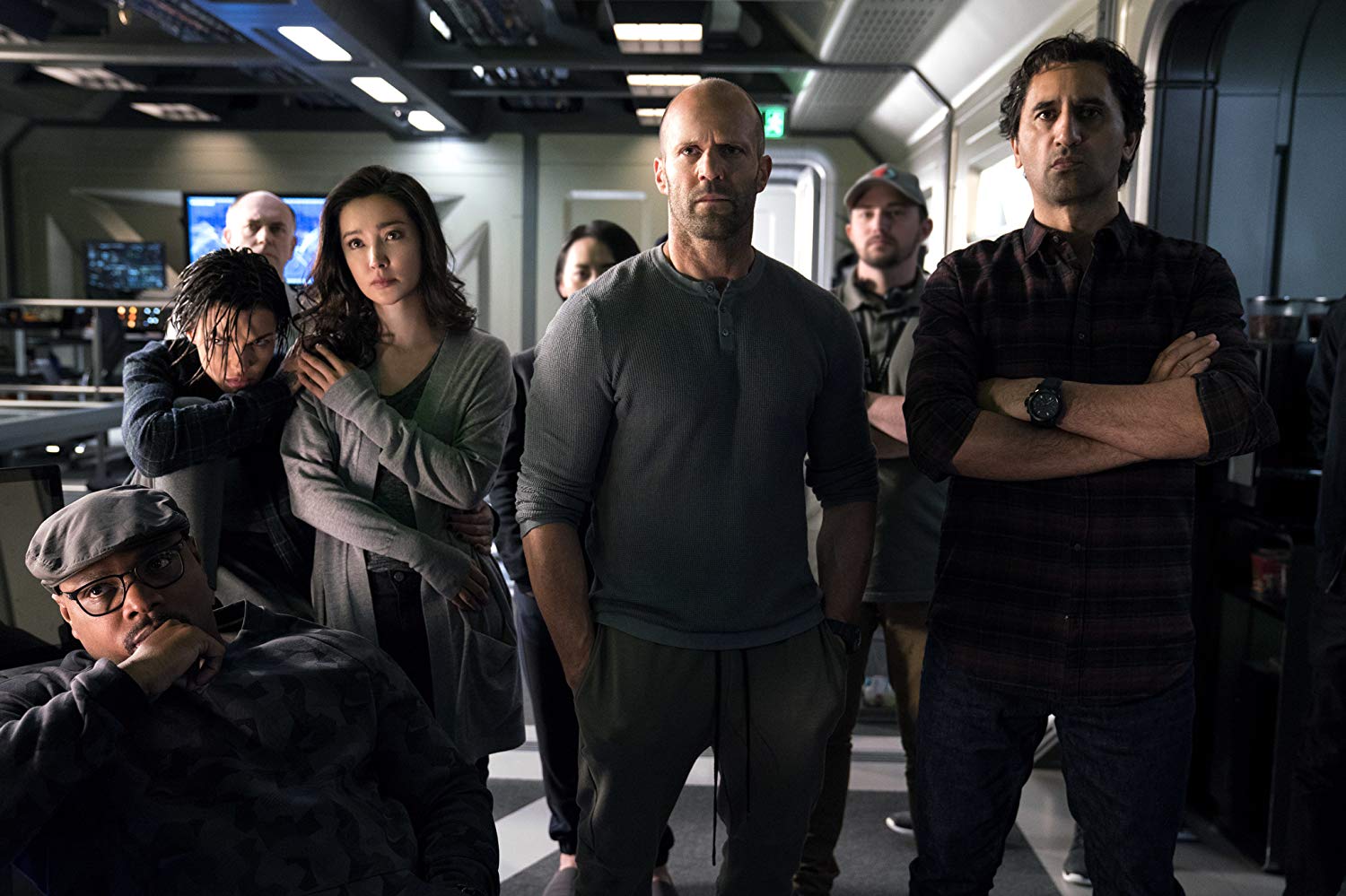
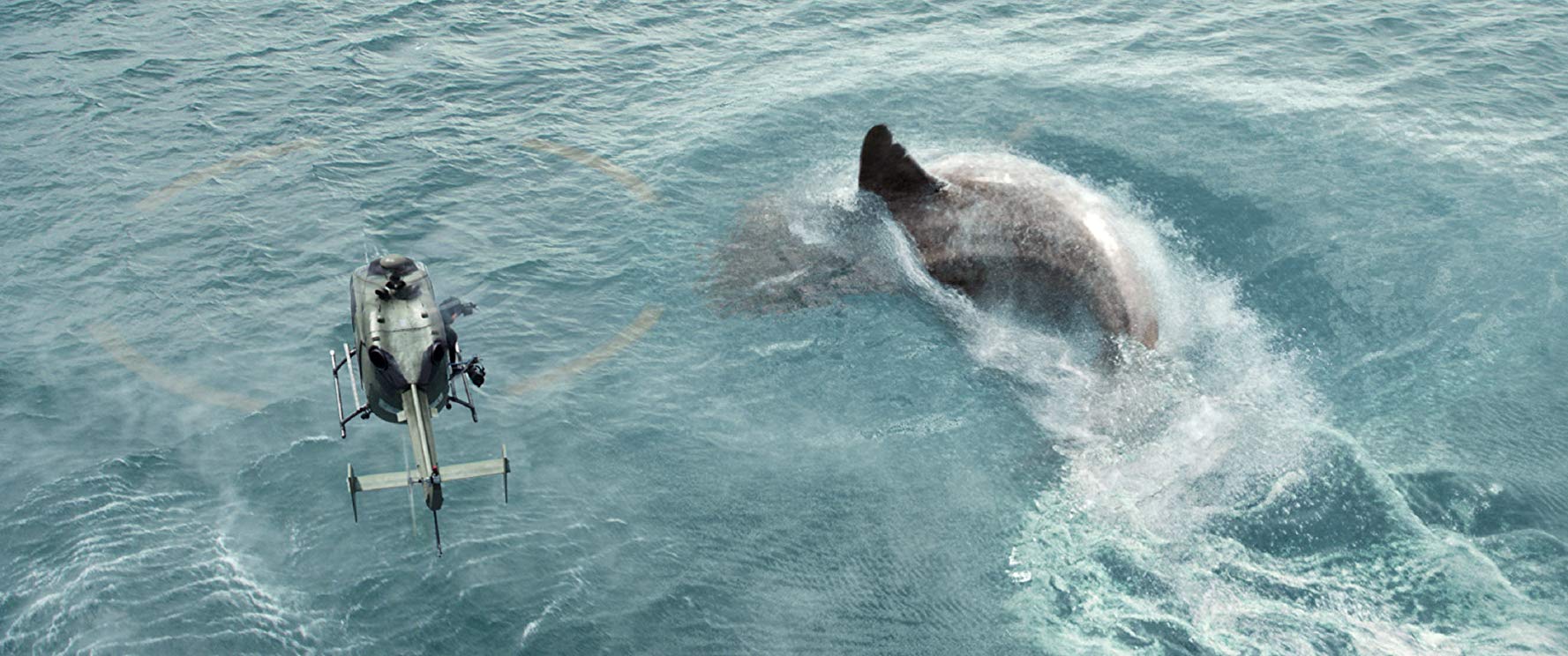
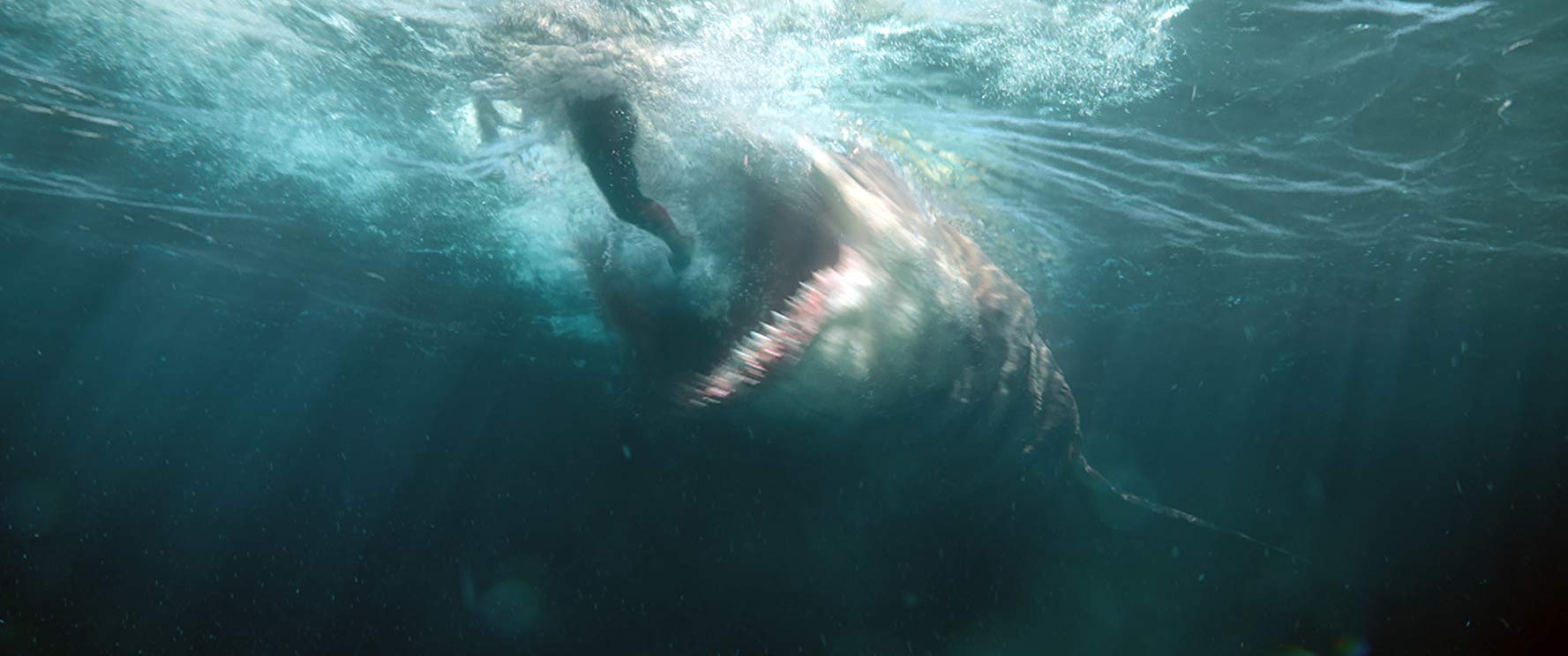
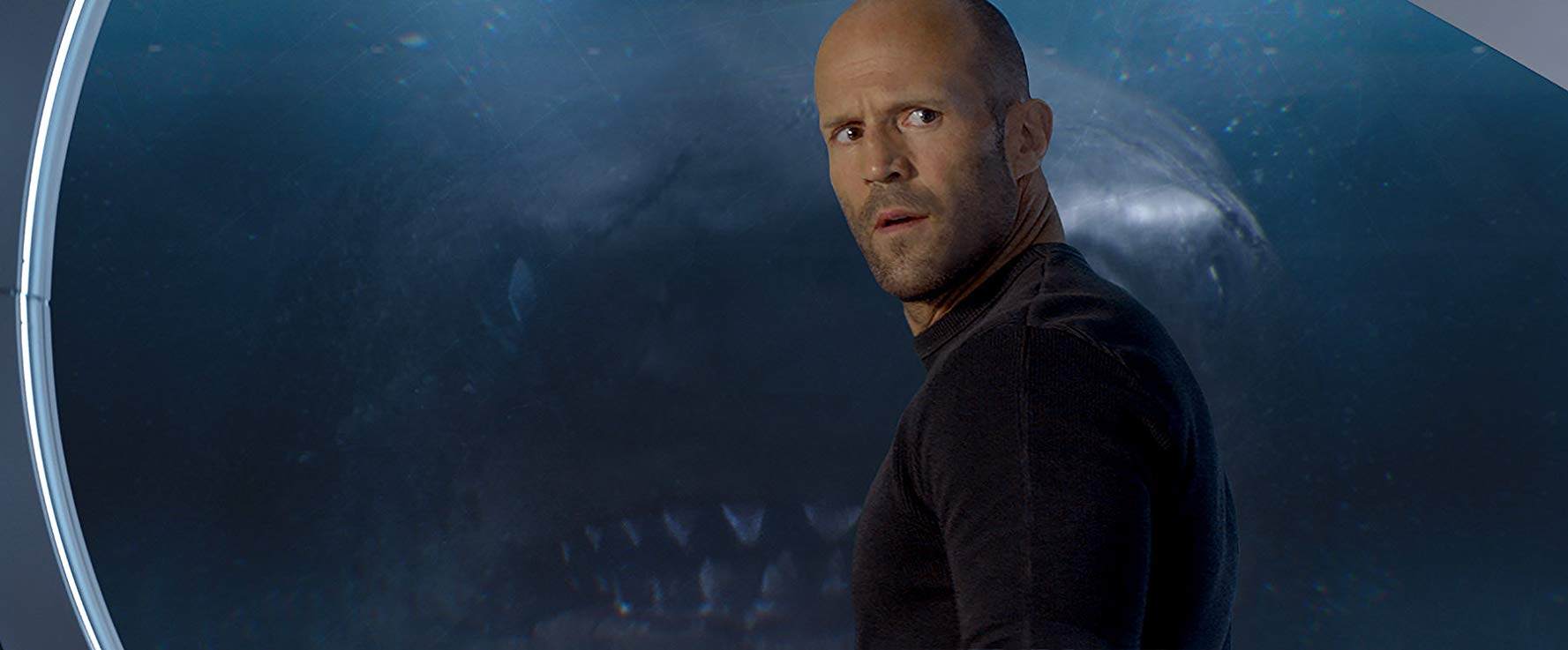

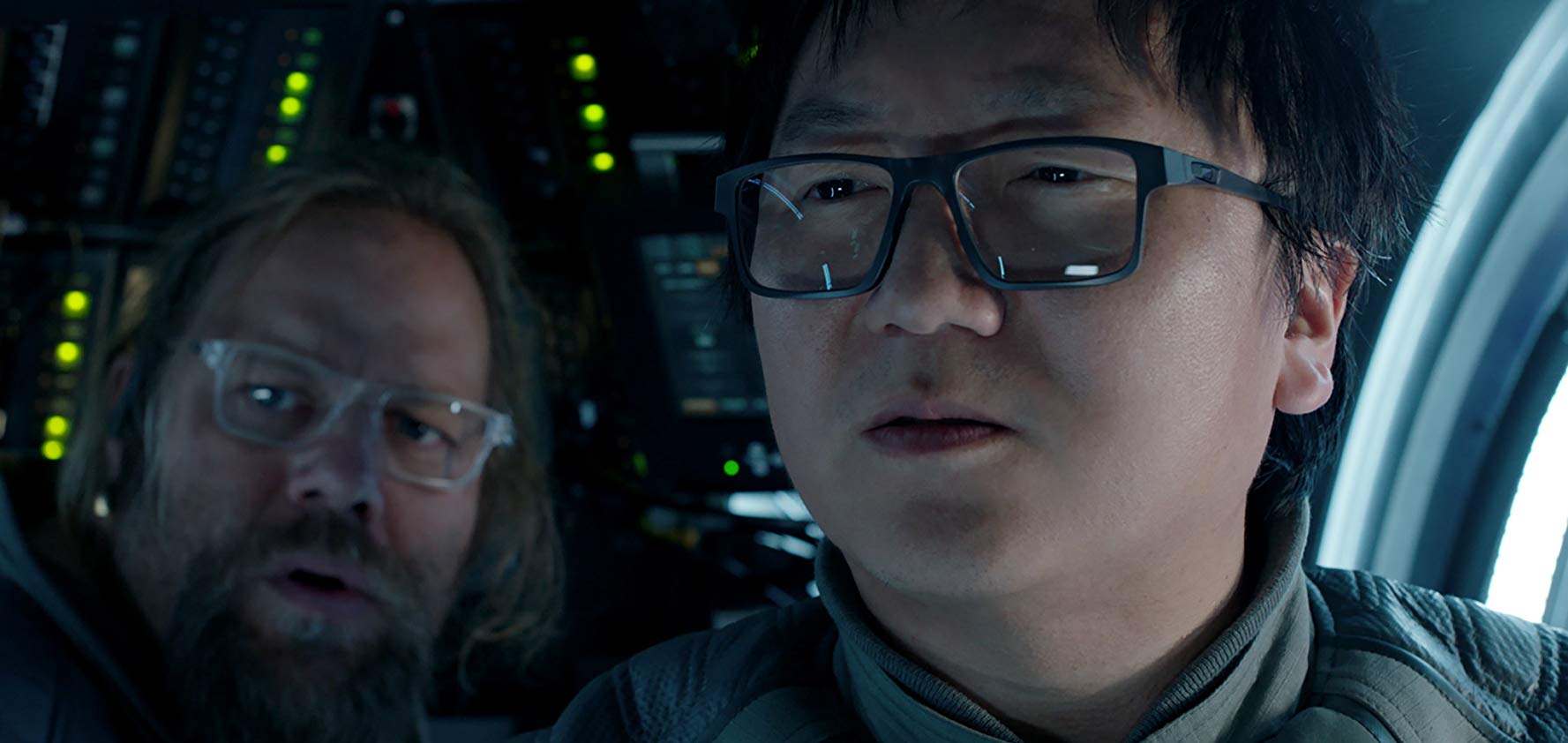
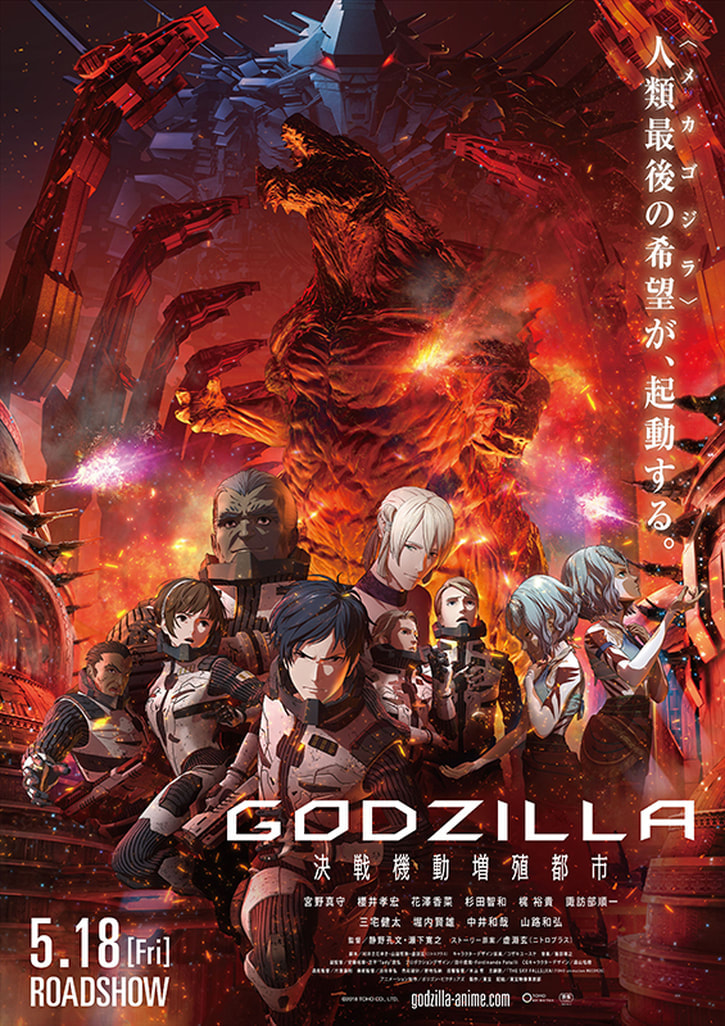
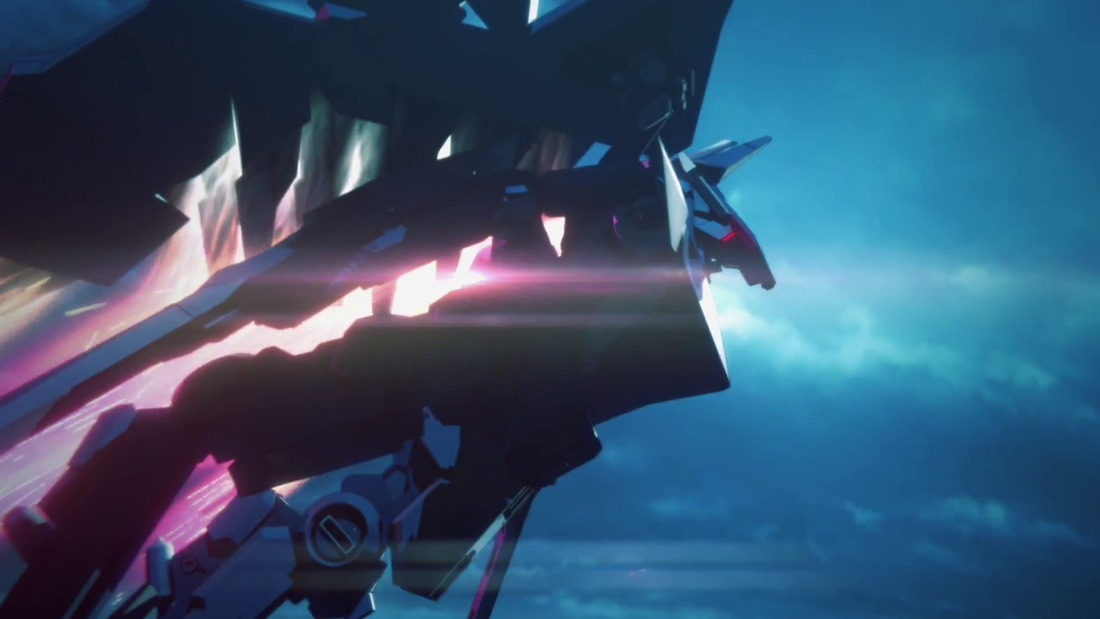
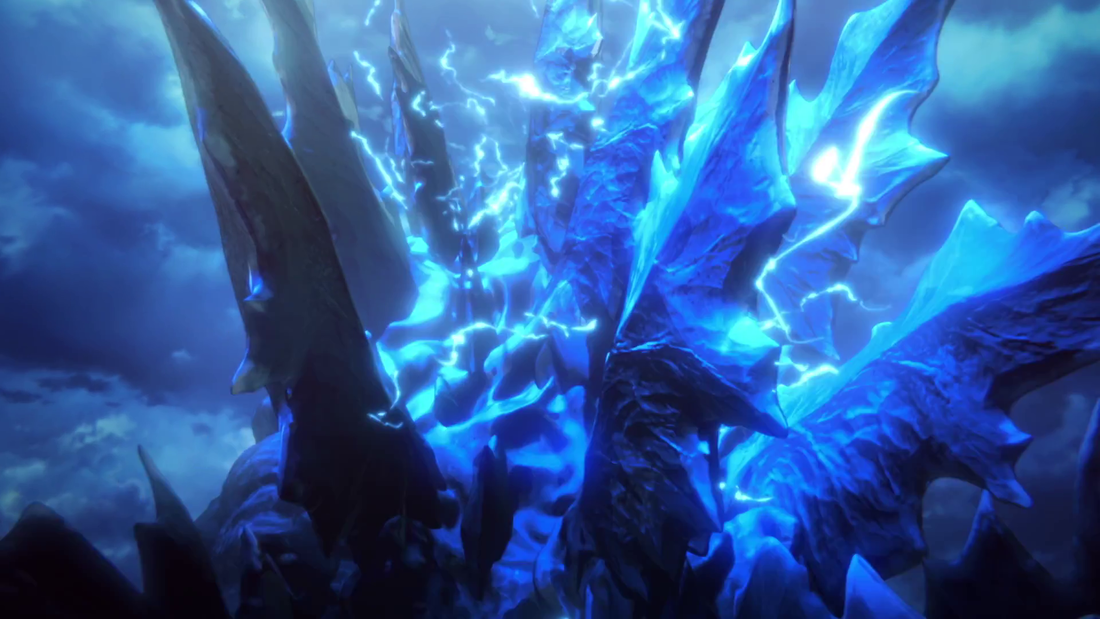
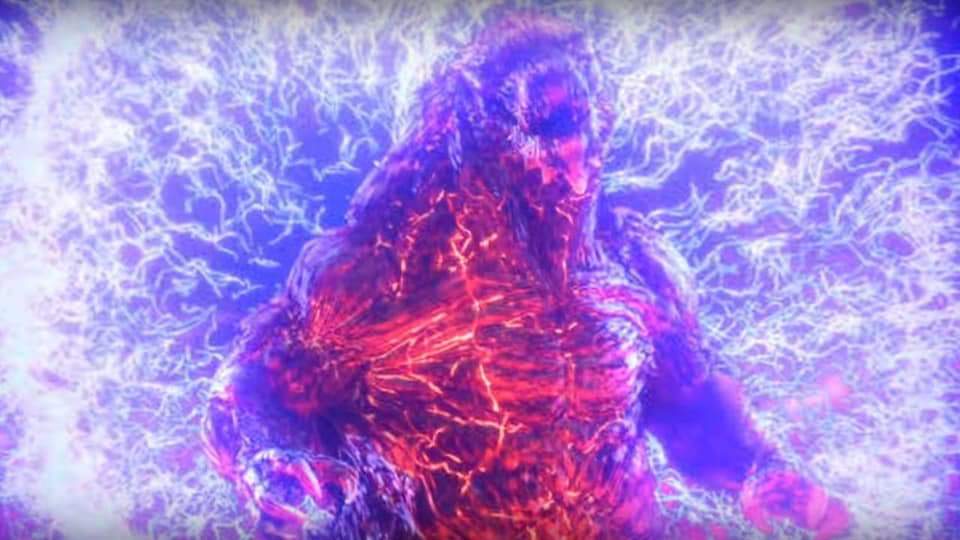
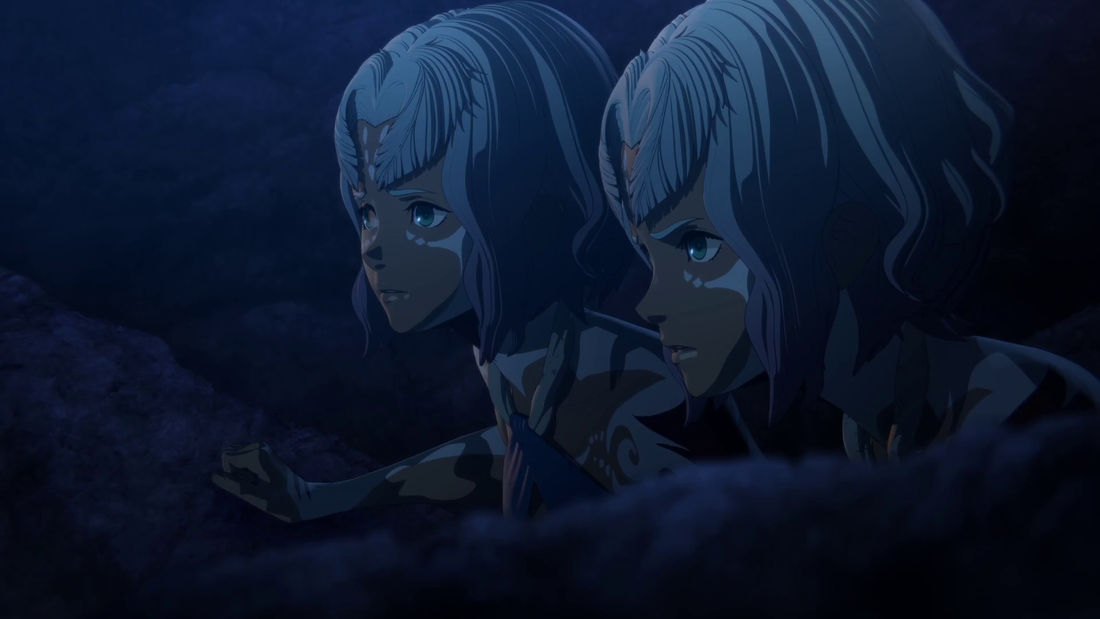
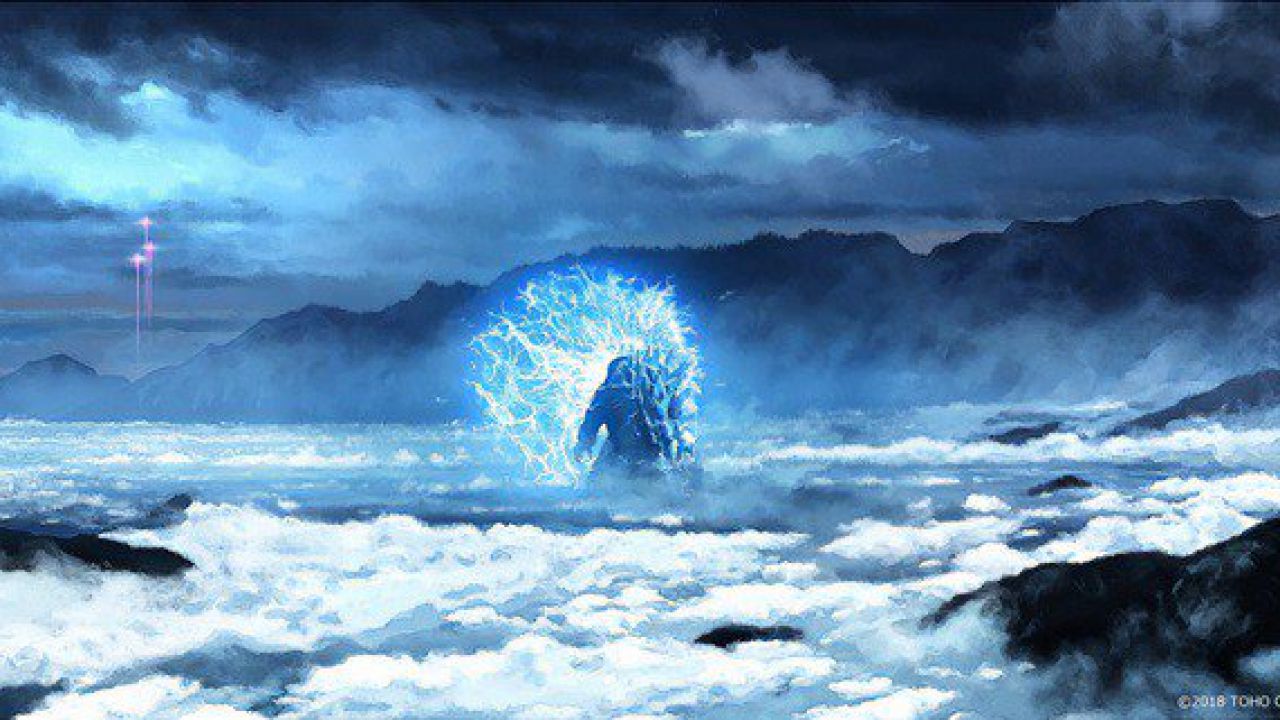
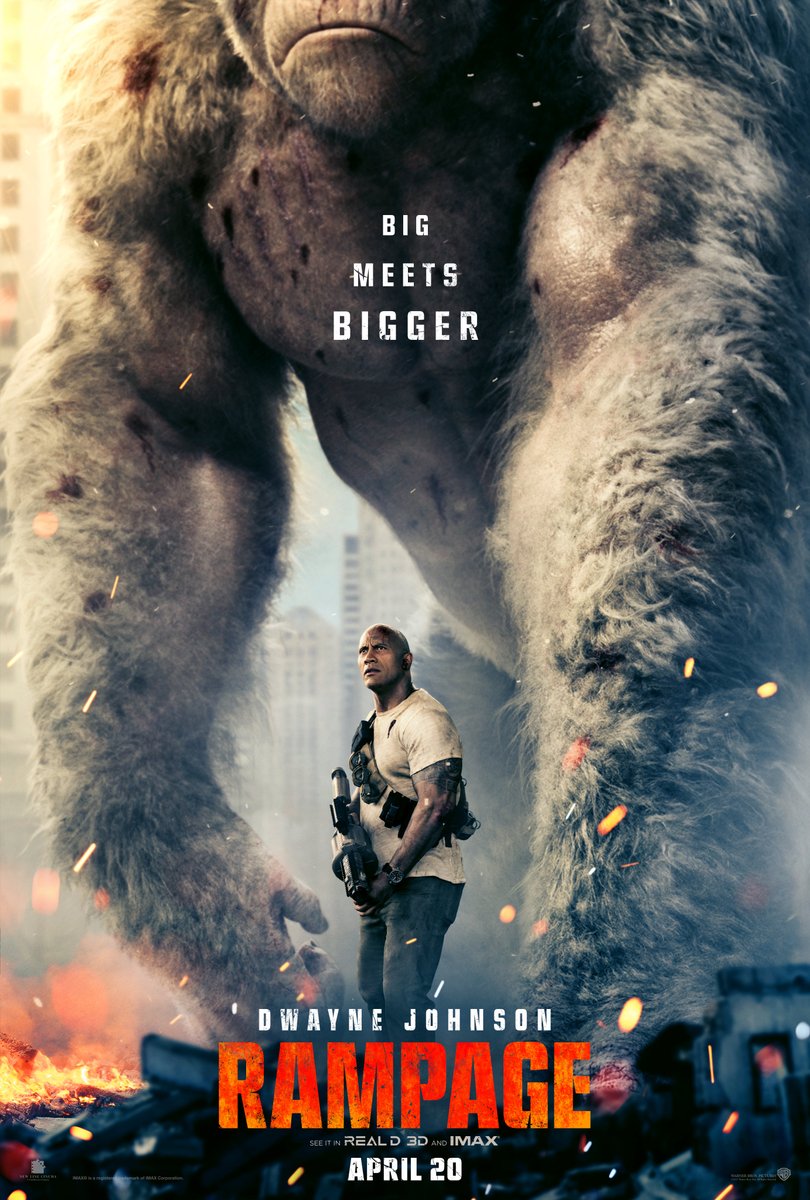
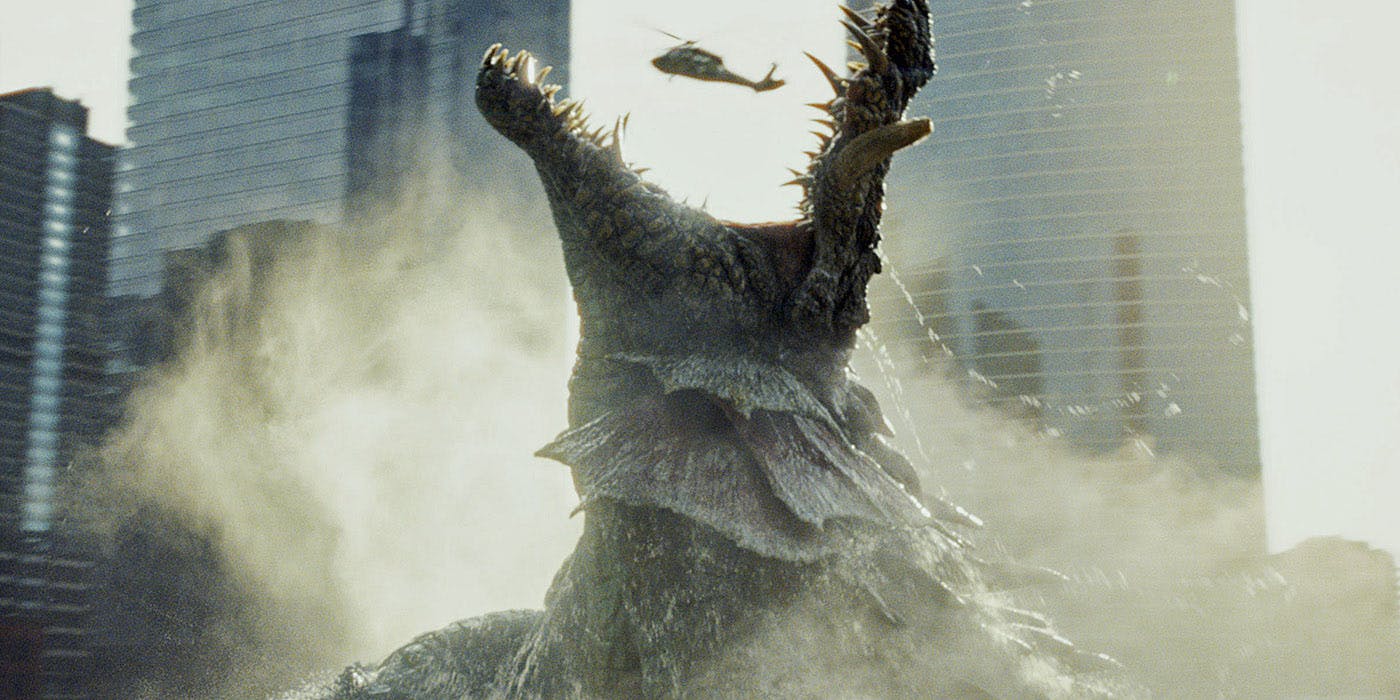


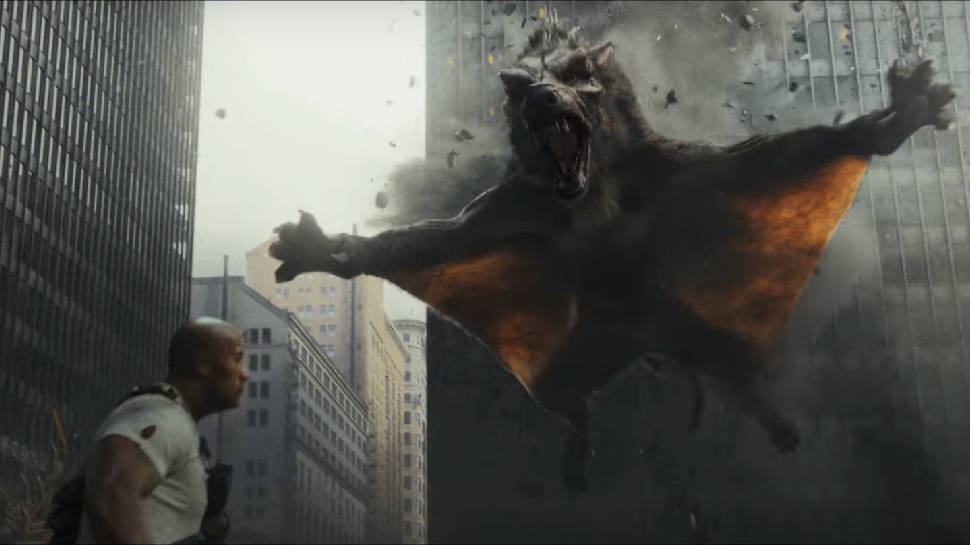
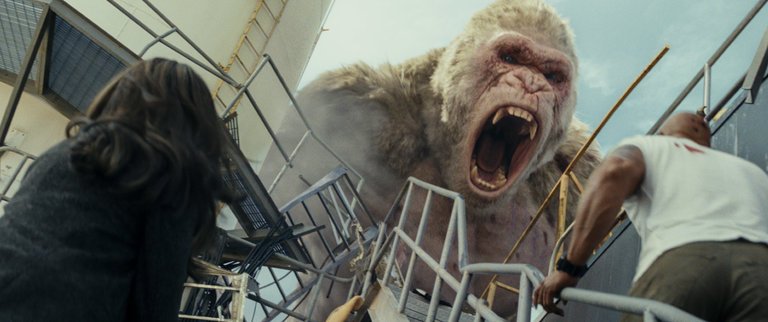
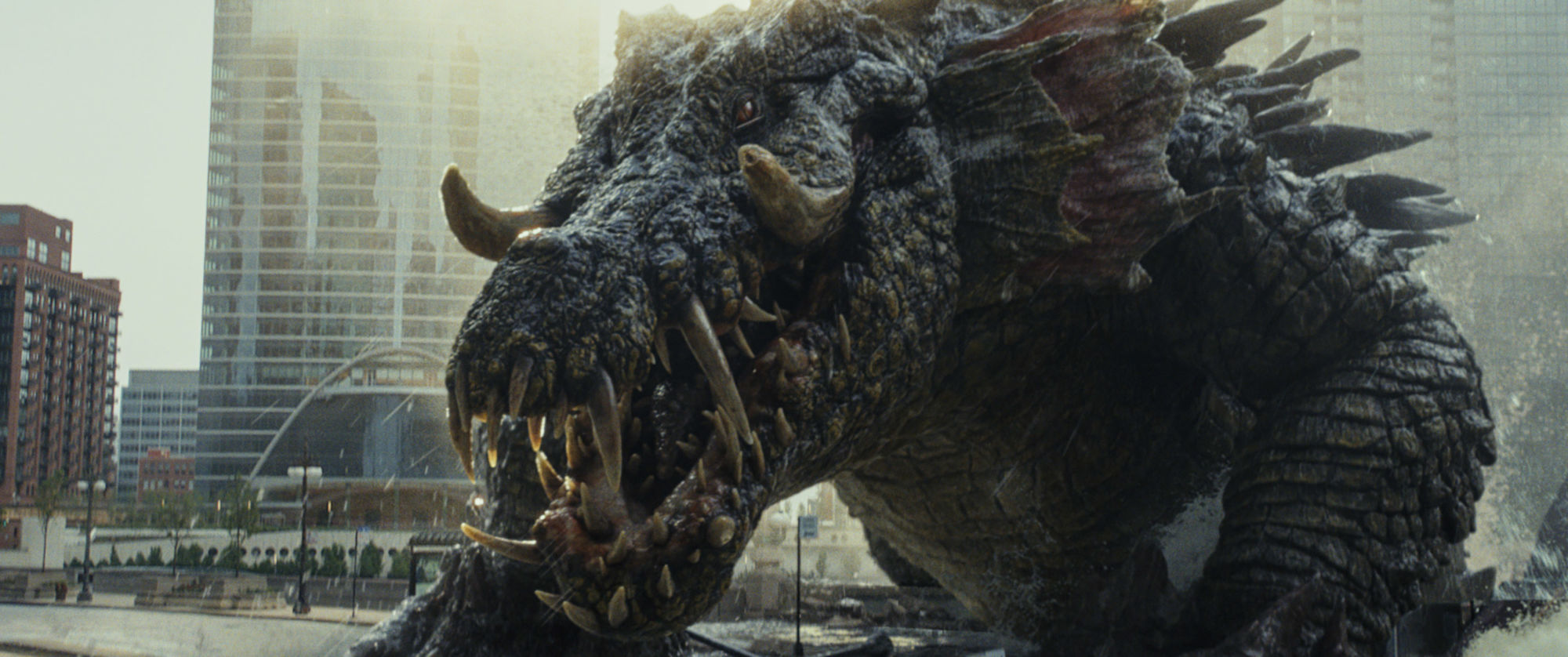
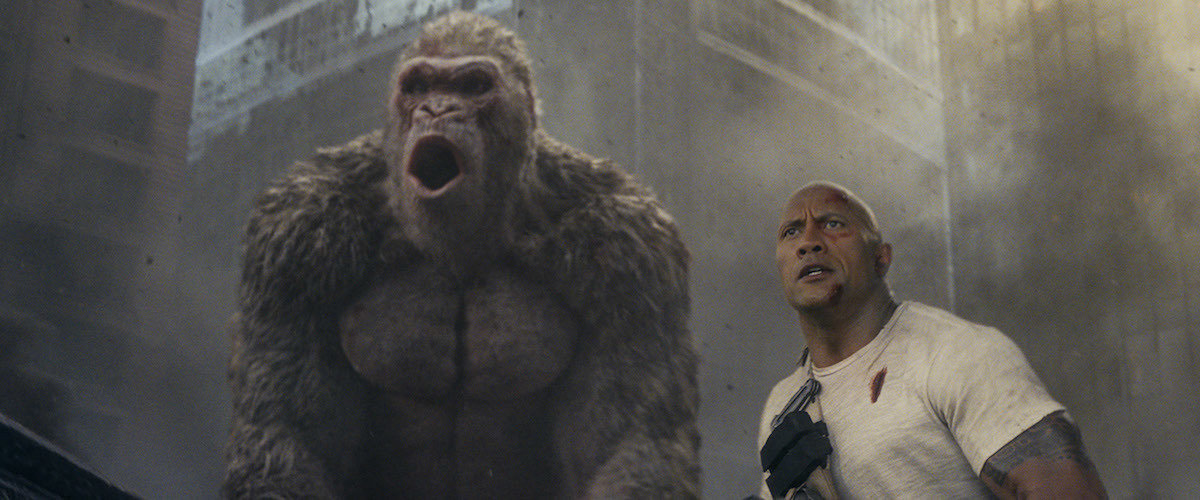
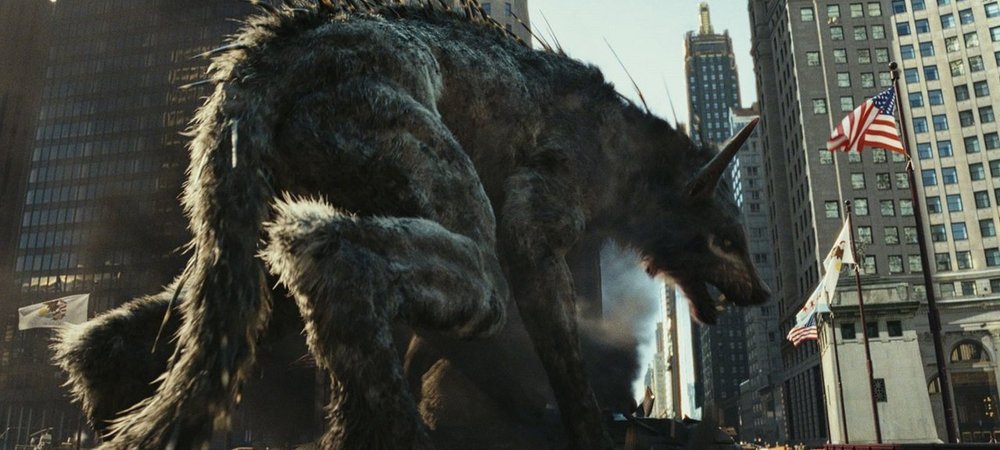
 RSS Feed
RSS Feed